Many budding photographers with a passion for cars, motorcycles, scooters and vehicles in general will wonder how to become a professional automotive / car photographer.
If you are one of them, then you have reached the right place as I am always happy to help, I’m a full-time automotive photographer and I also recently published the book “How to take amazing photos” (available here).
I will happily share here some useful tips and pointers as I recently did in my guide “Car photography tips: How to make a car look good in pictures”
Strangely enough, I started my photography career shooting a lot of street photography in London, as well as being hired to create content for clients like Adidas, Heineken, Amazon… so not really anything related to what I shoot today. And who knows, I may not shoot cars forever, I keep an open mind and I’m the curious type.
In my case my current employer supplies me with all the vehicles I shoot on a daily basis and this is often the biggest hurdle for any keen car photographer: where do I get vehicles to photograph?
So how do you begin when you don’t have access to cars, motorcycles, vans etc…?
It can be frustrating but there is a way and I’d say the following can be applied chronologically.
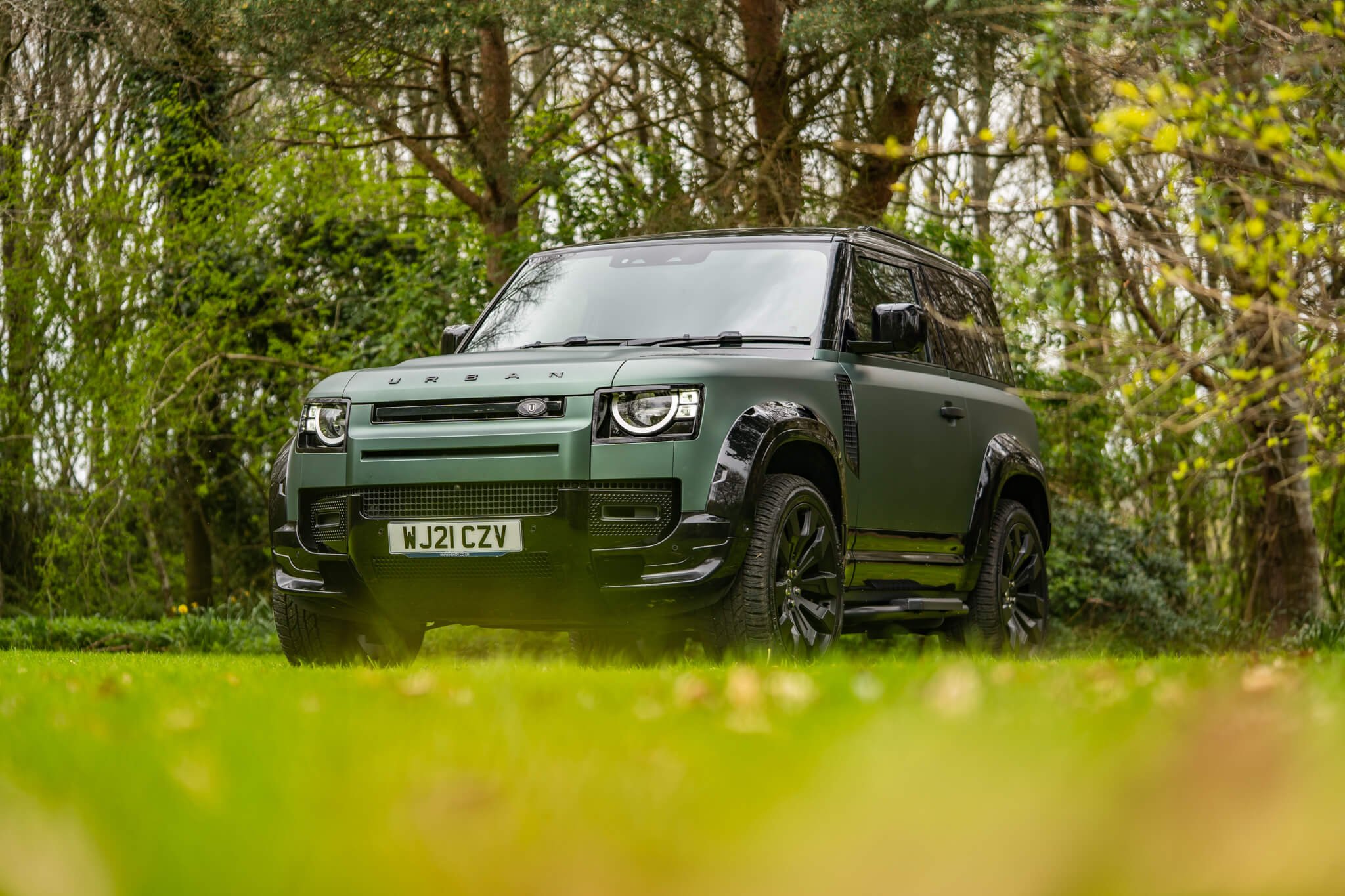
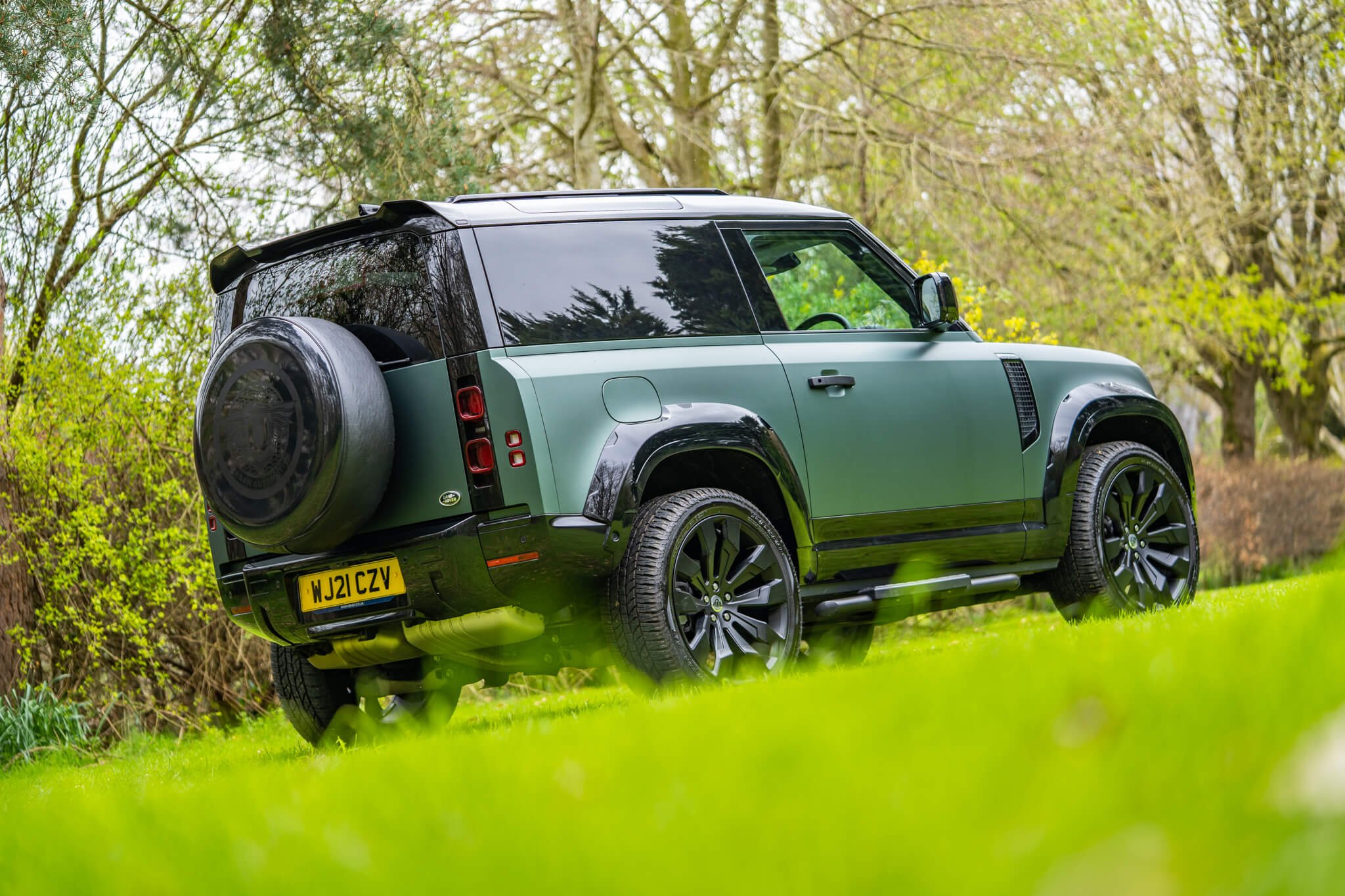
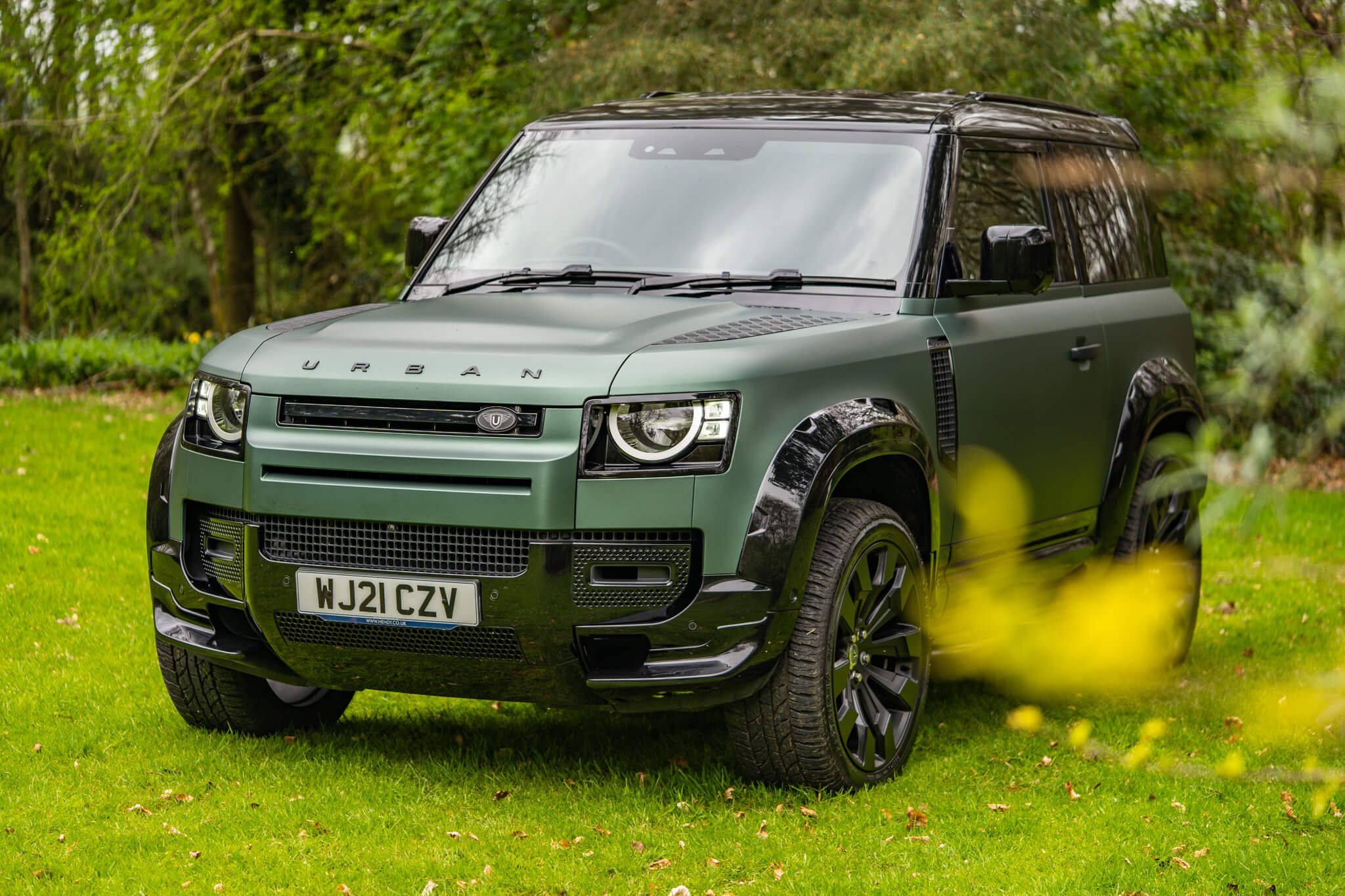
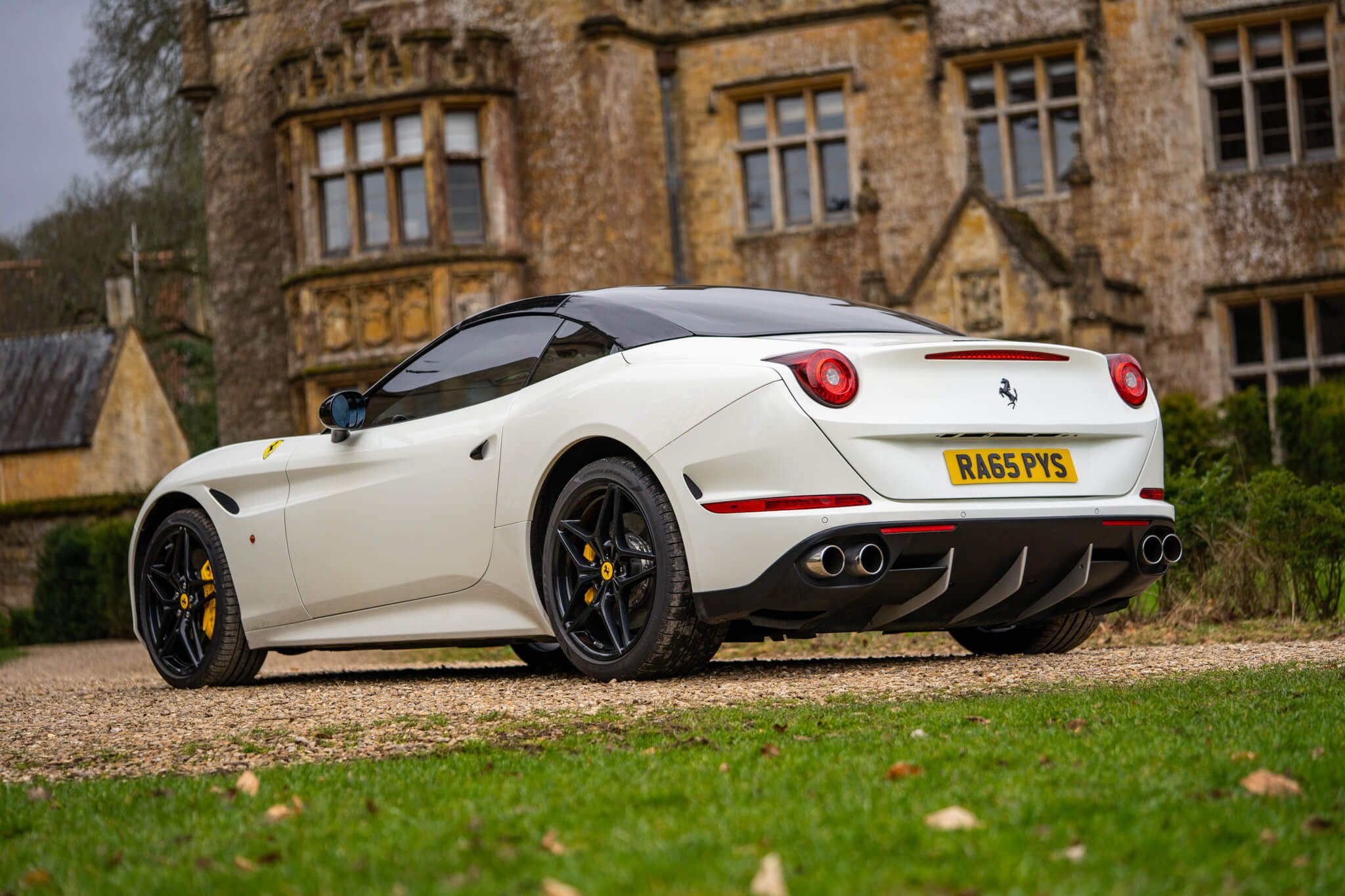

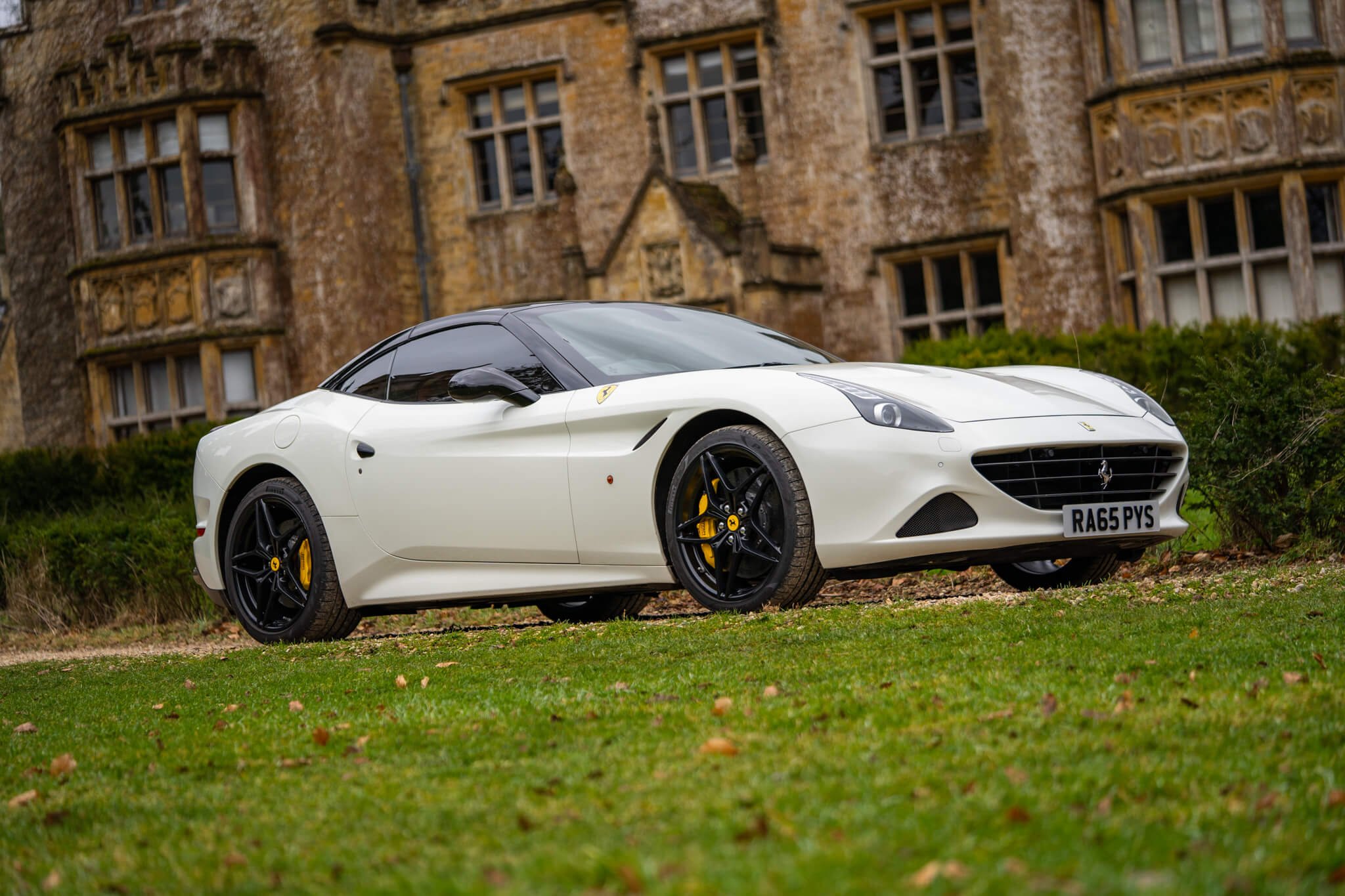
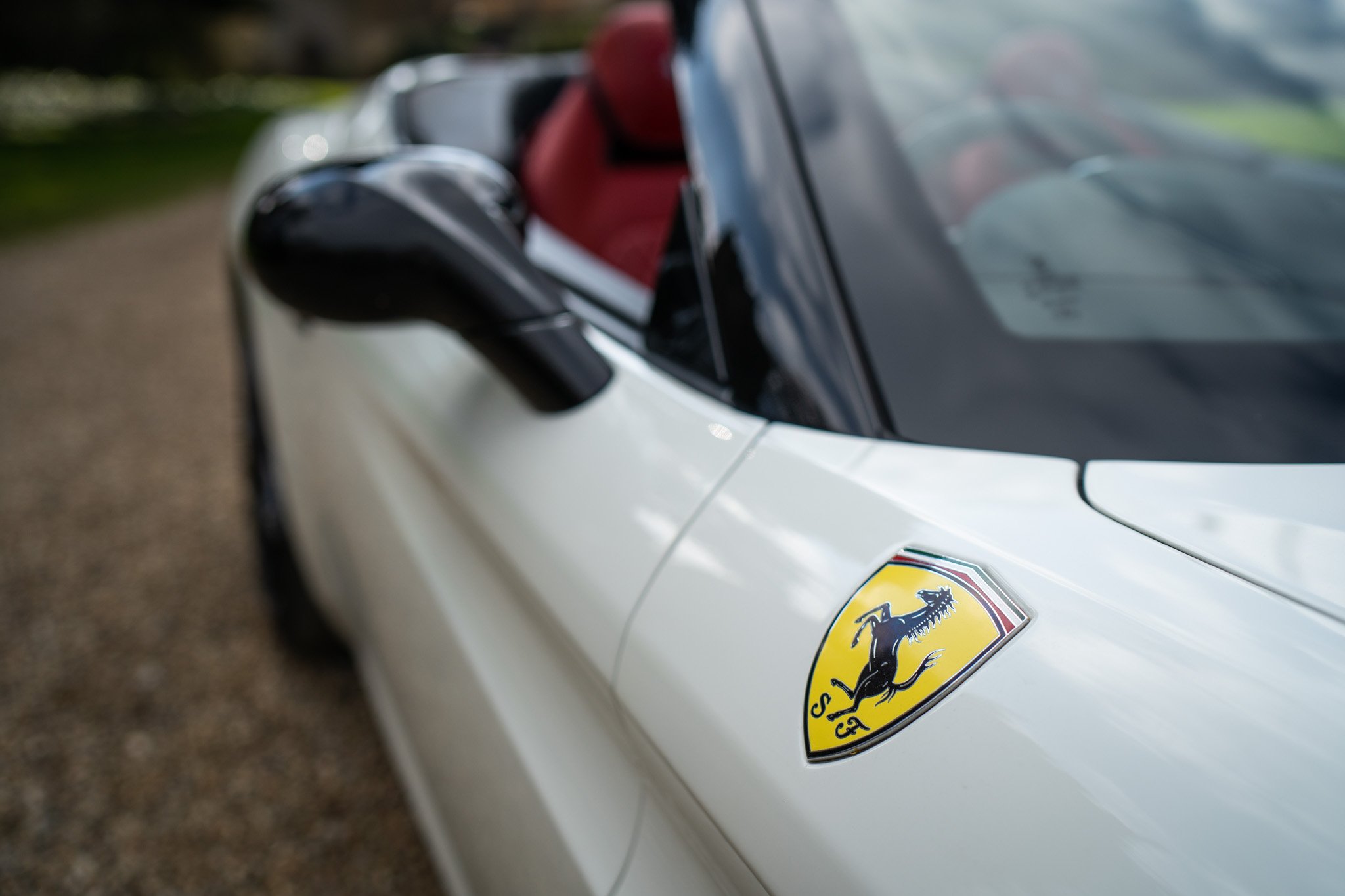
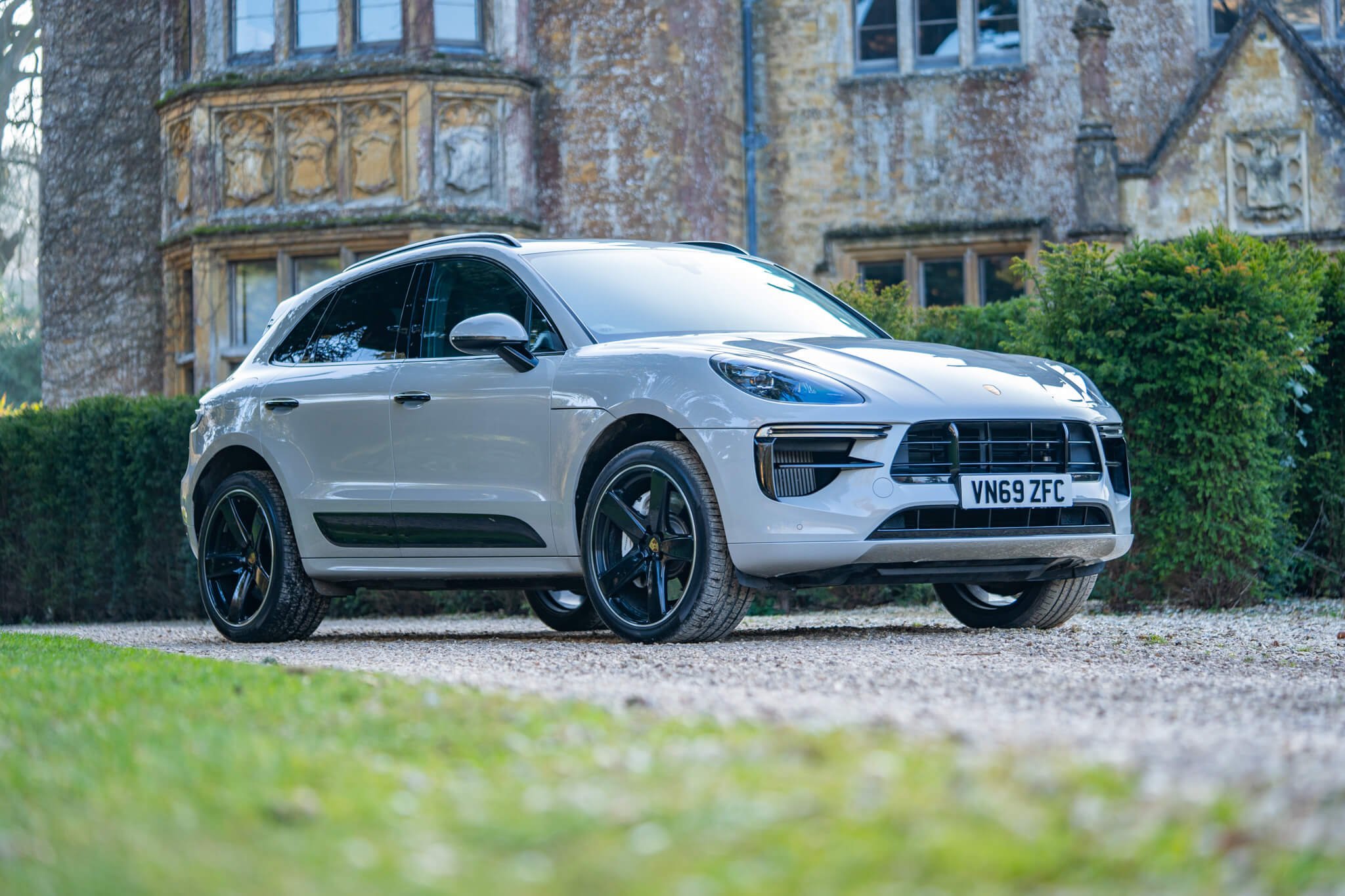
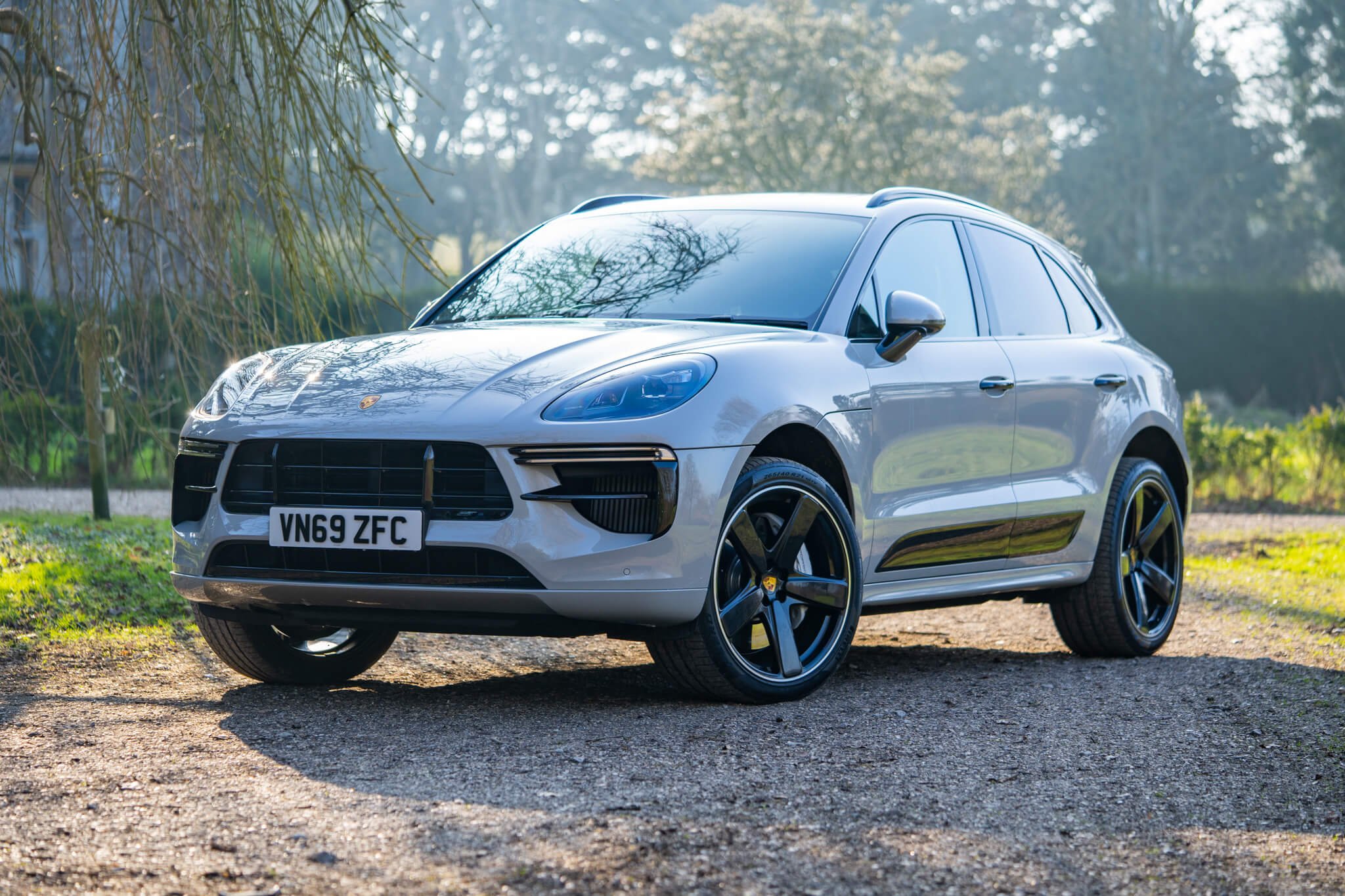

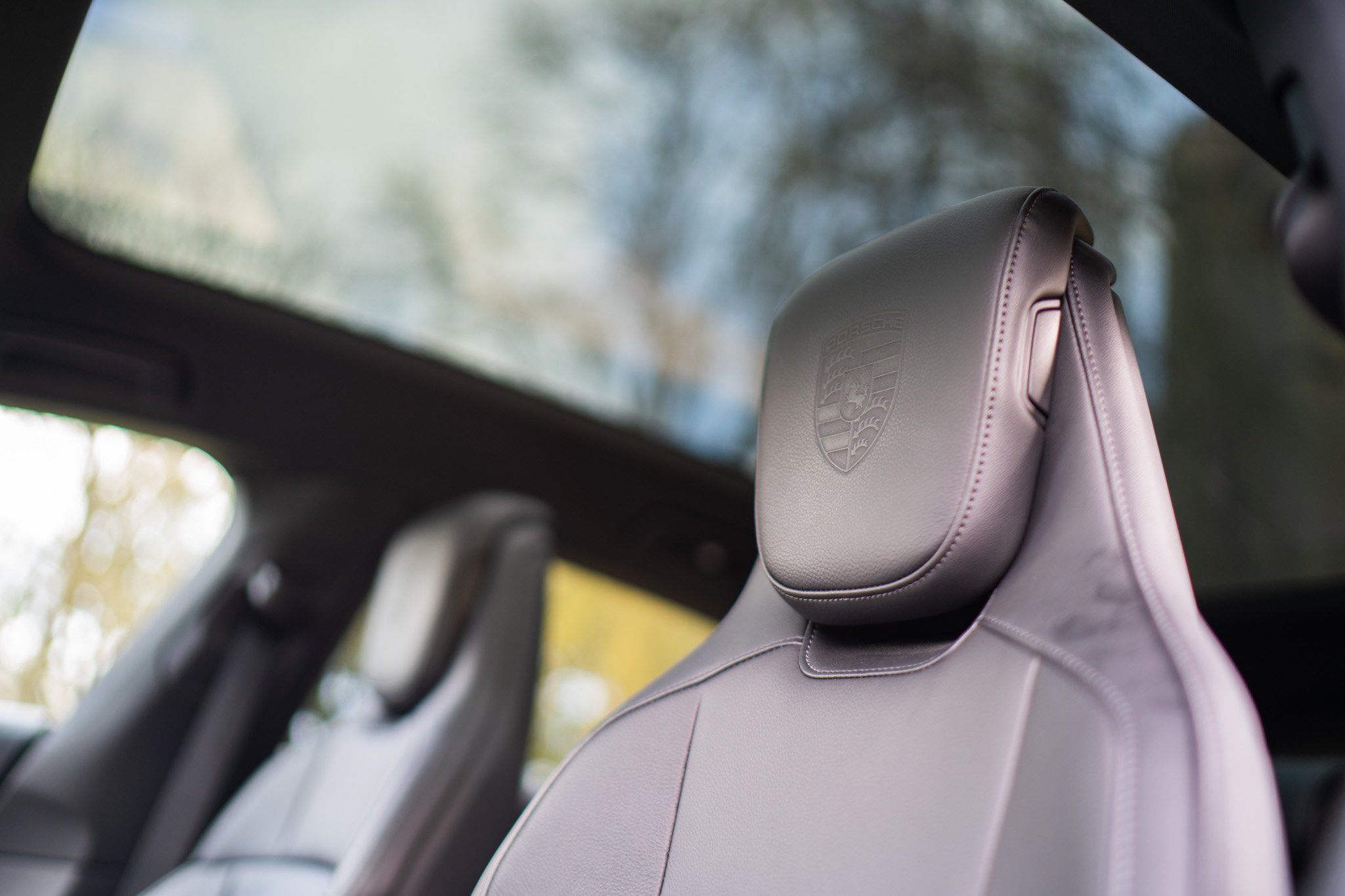


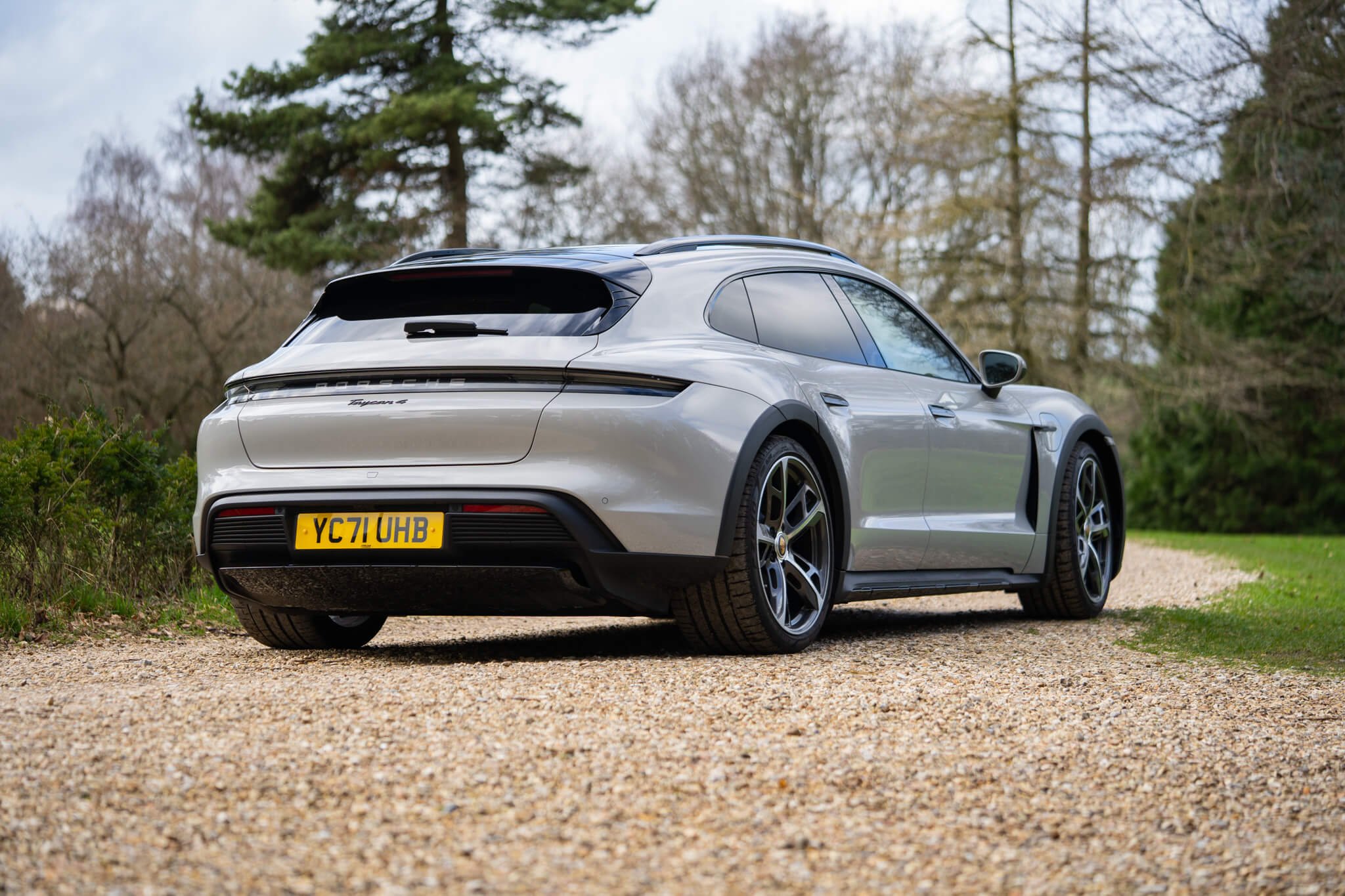

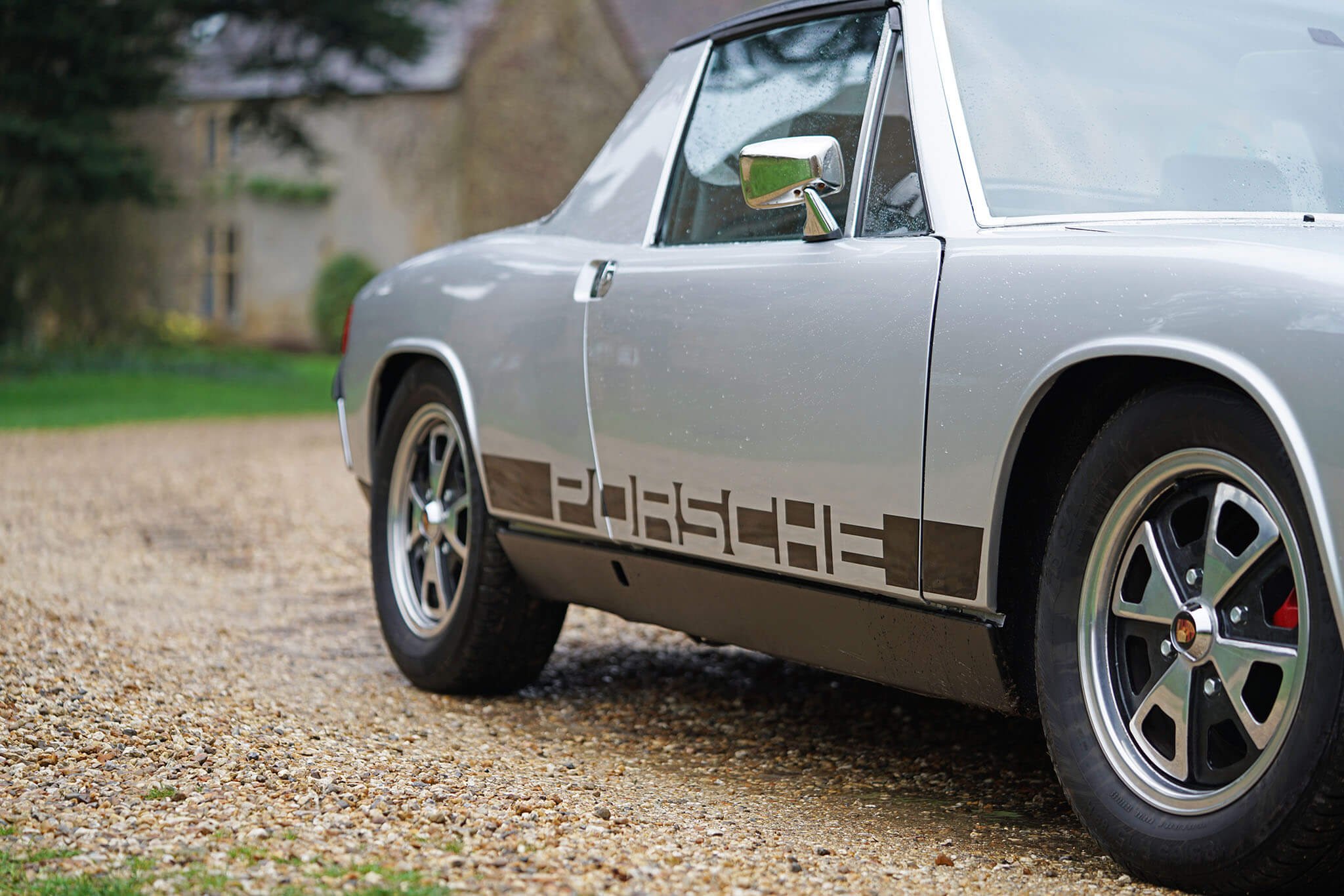
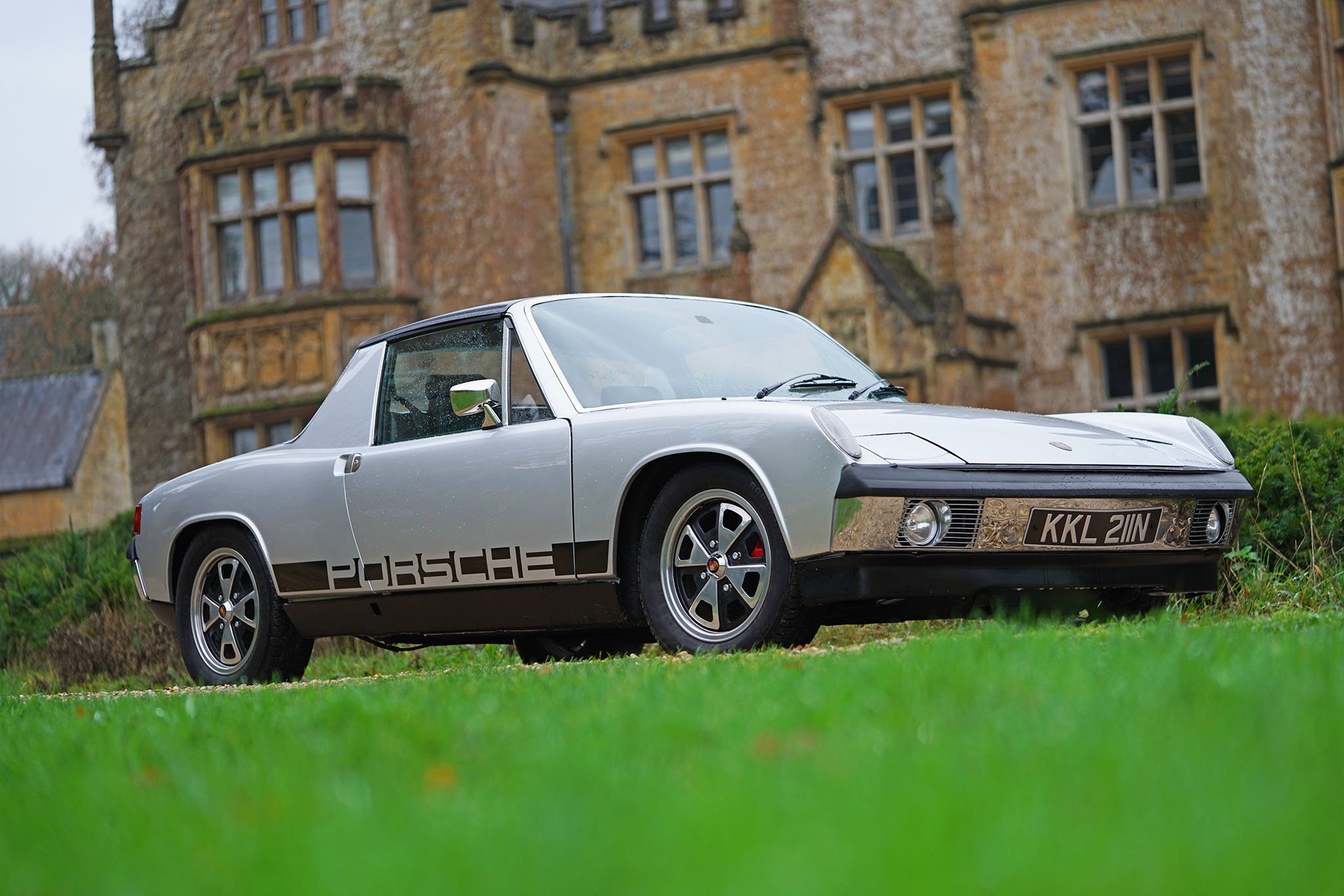

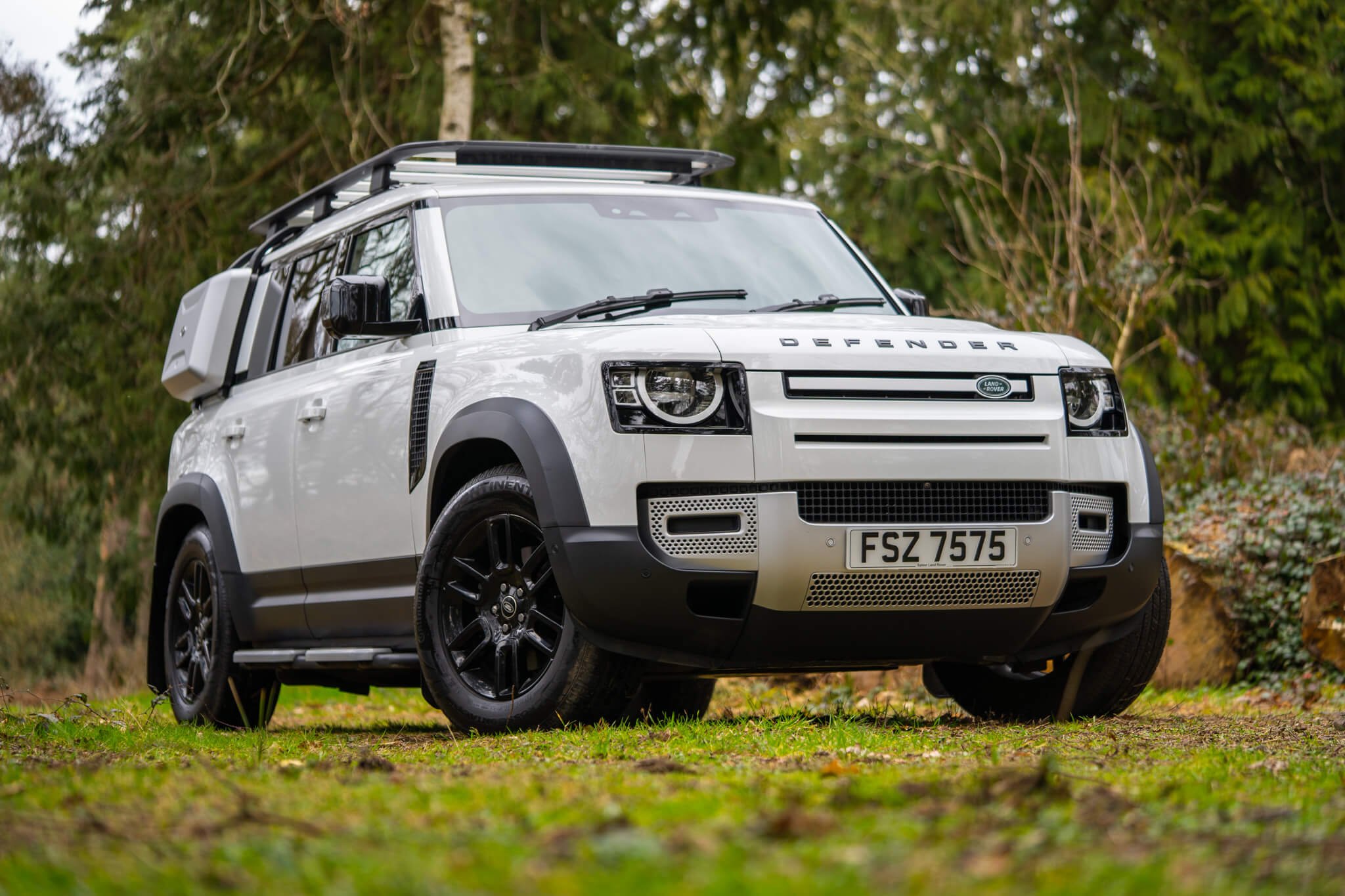

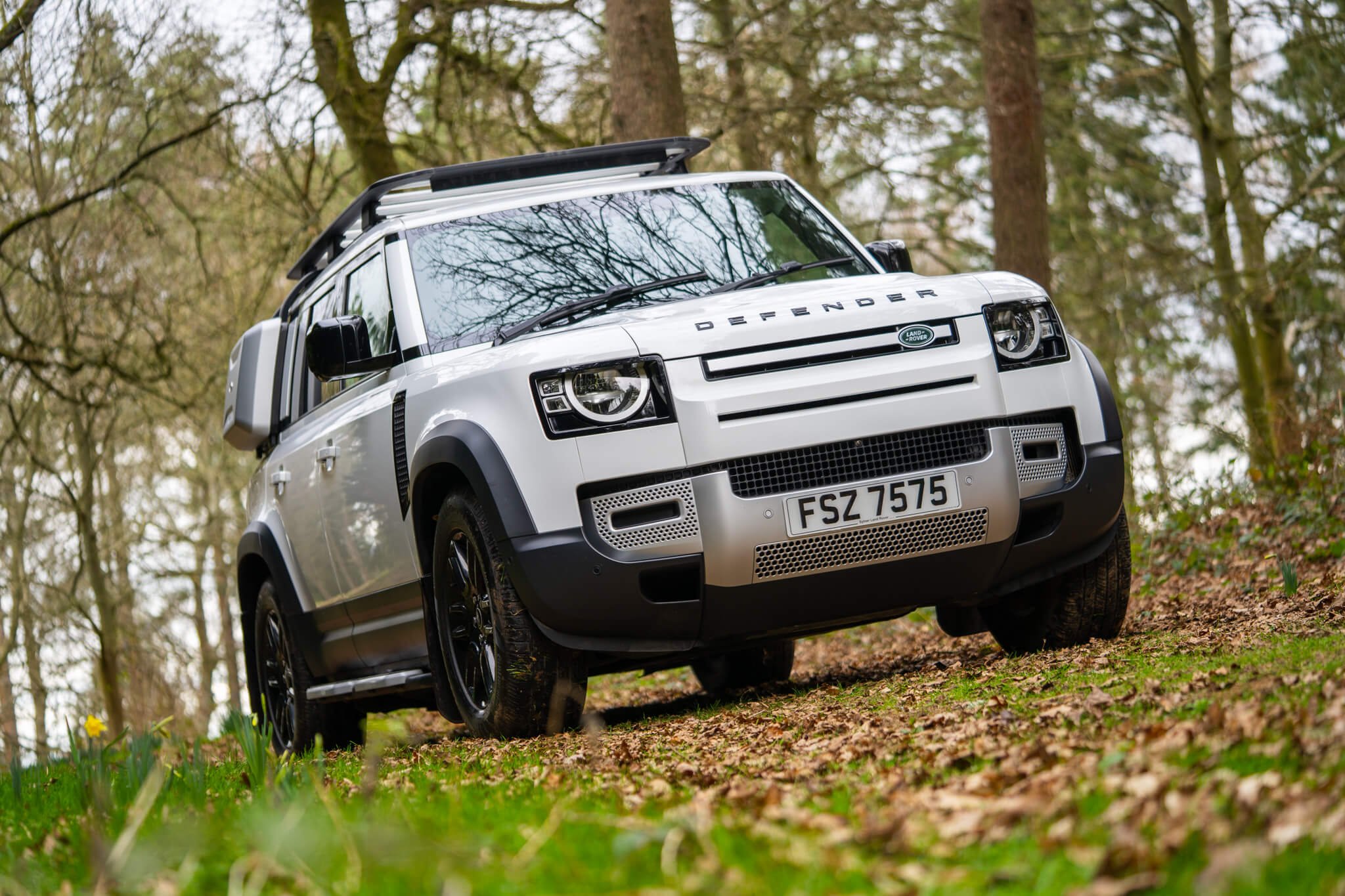
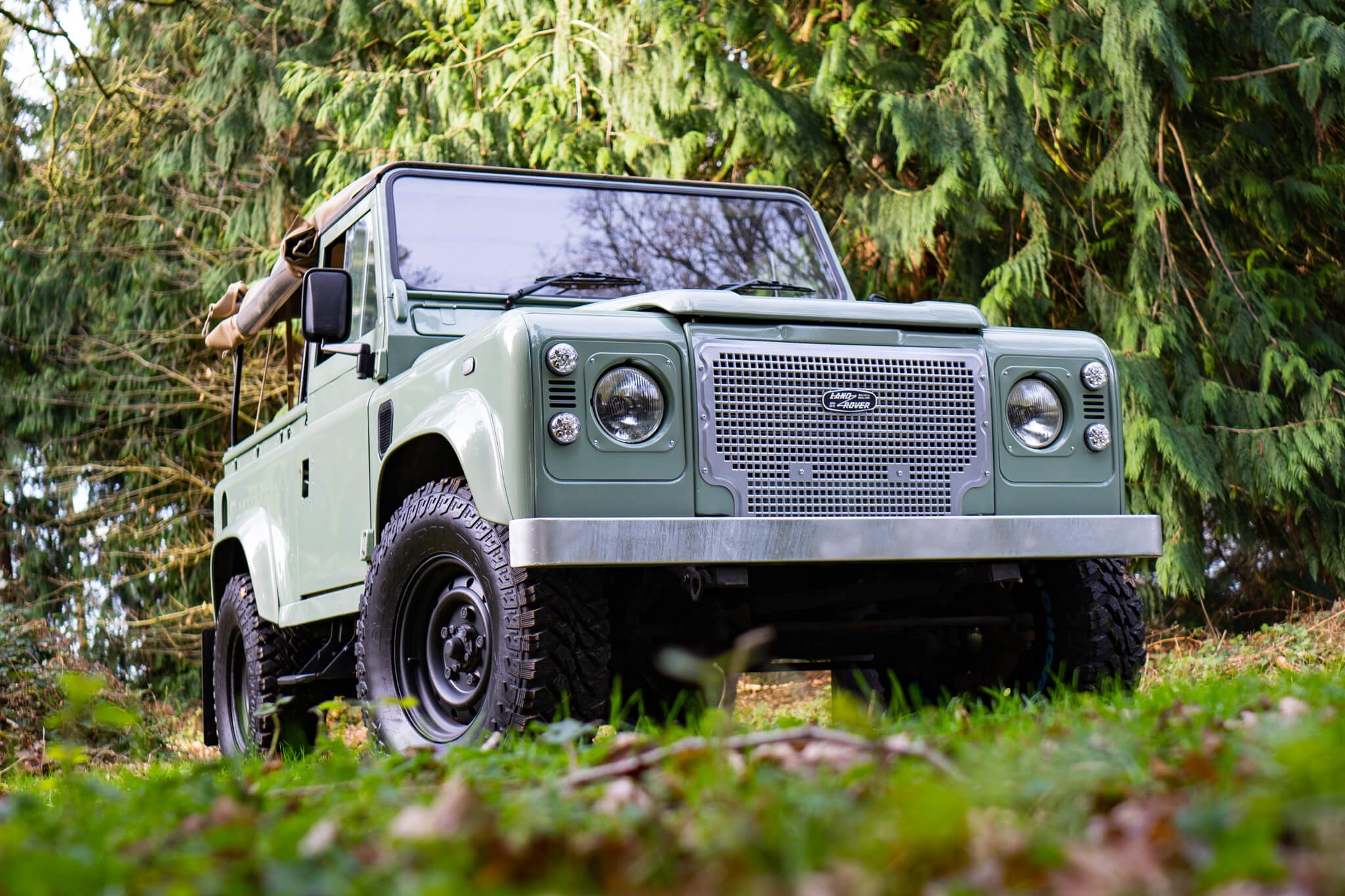
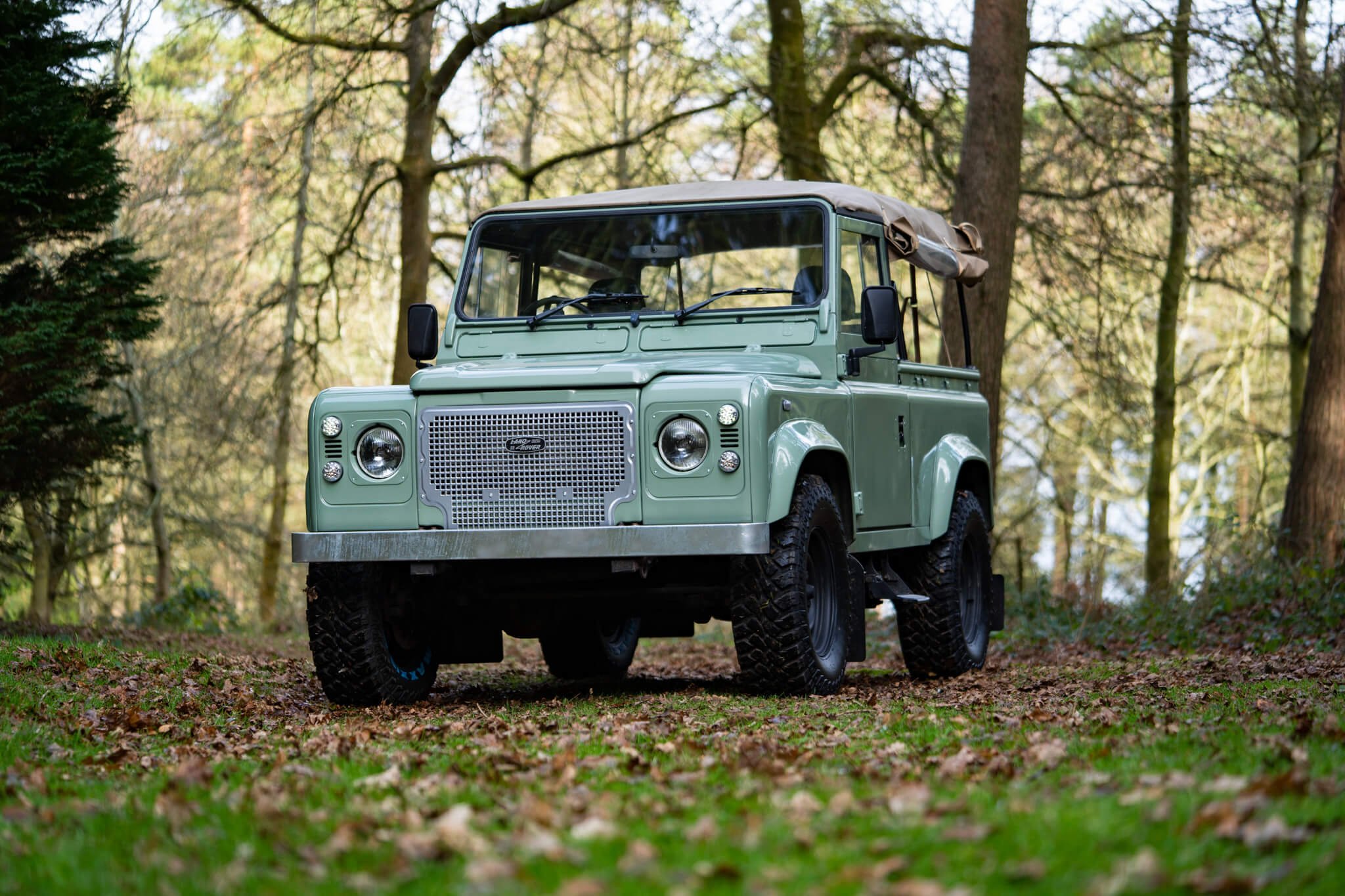
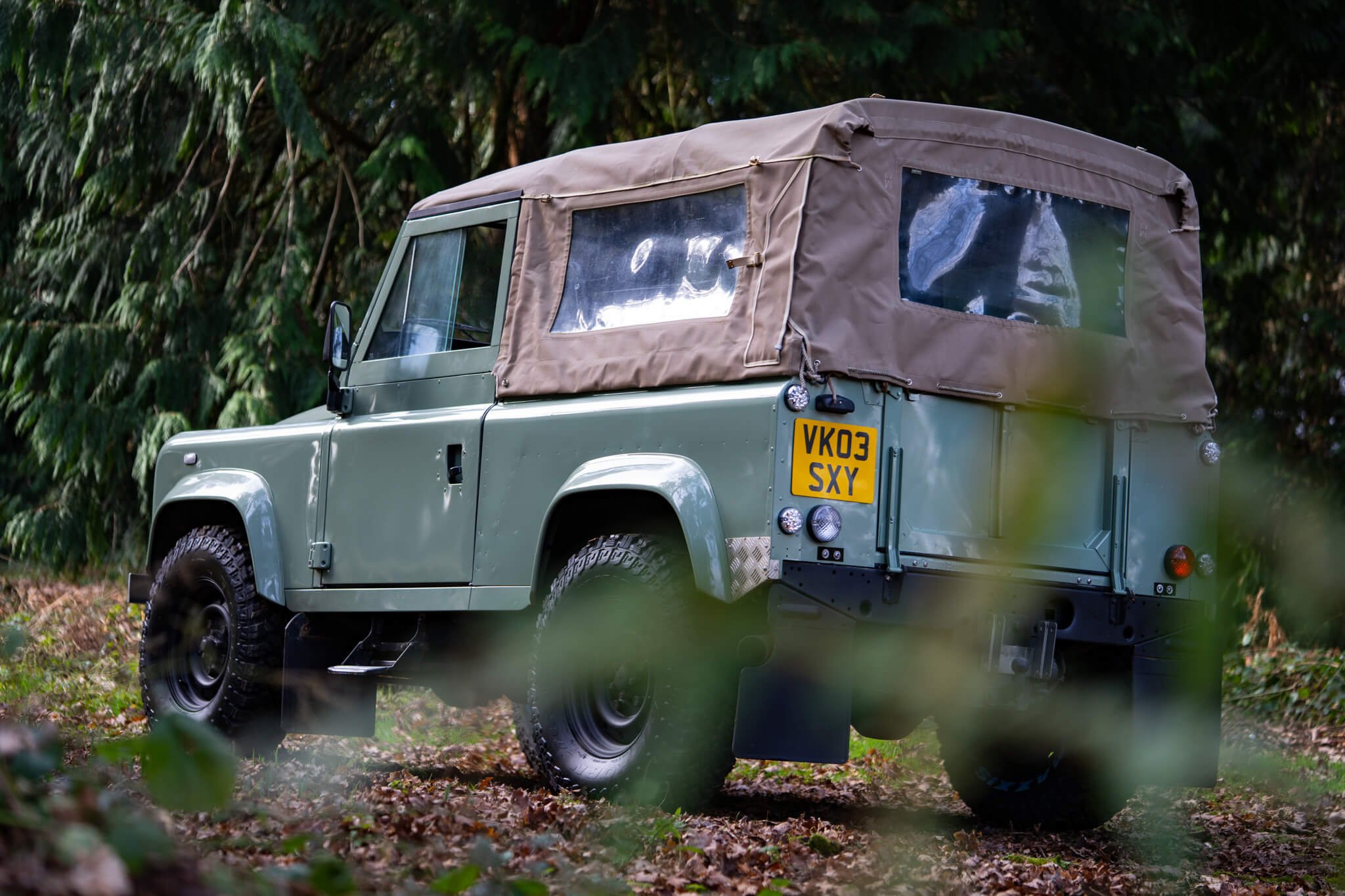

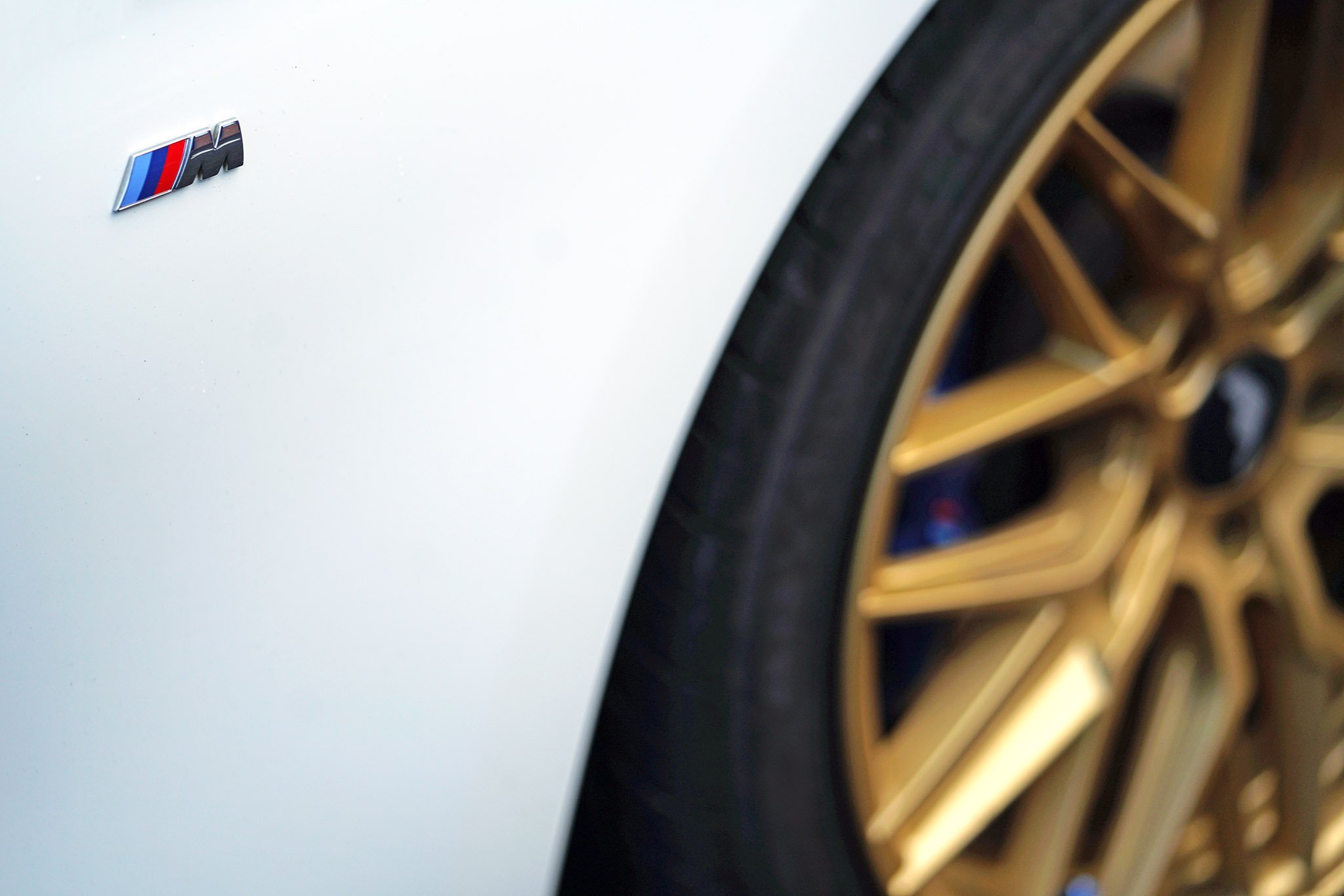
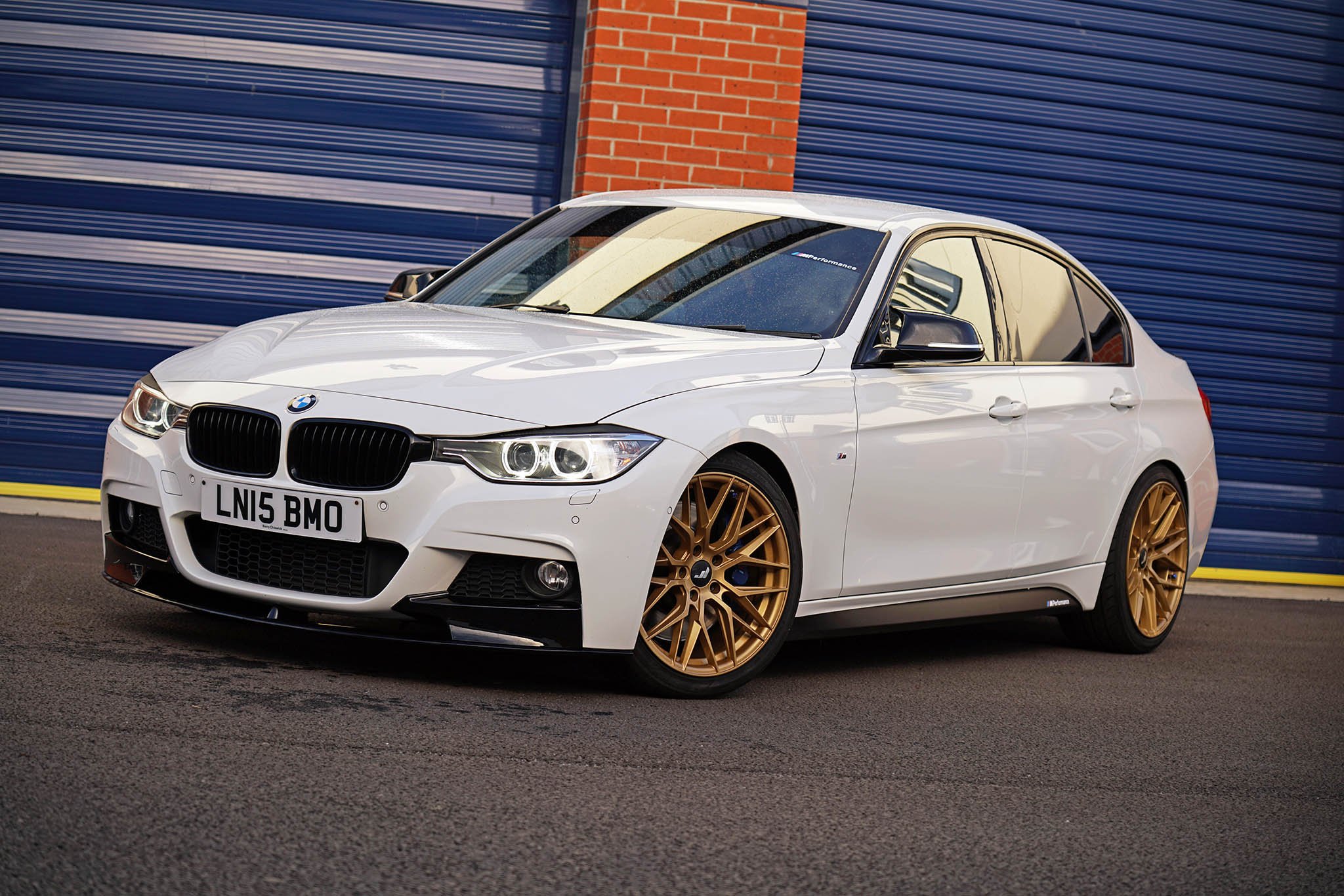
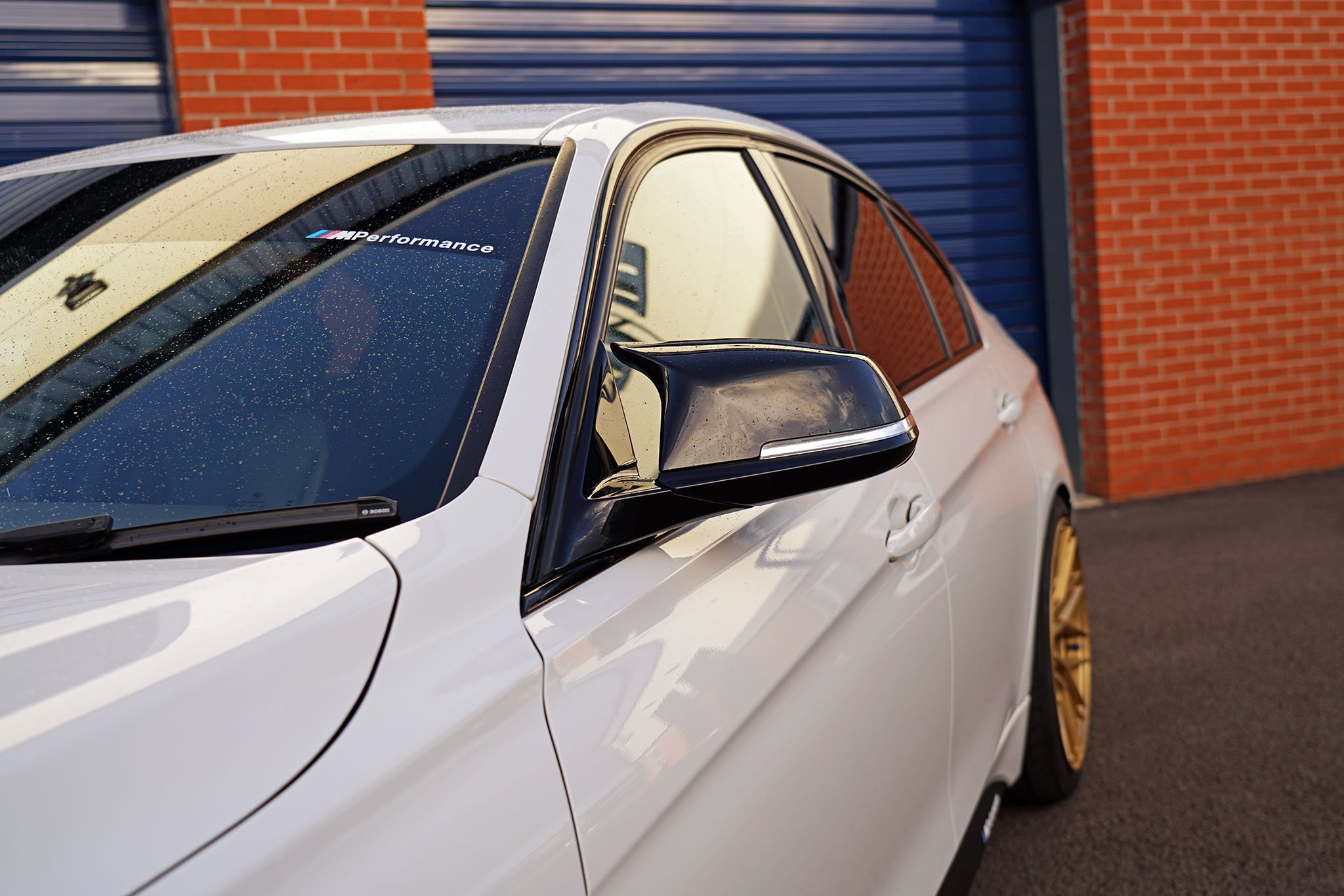
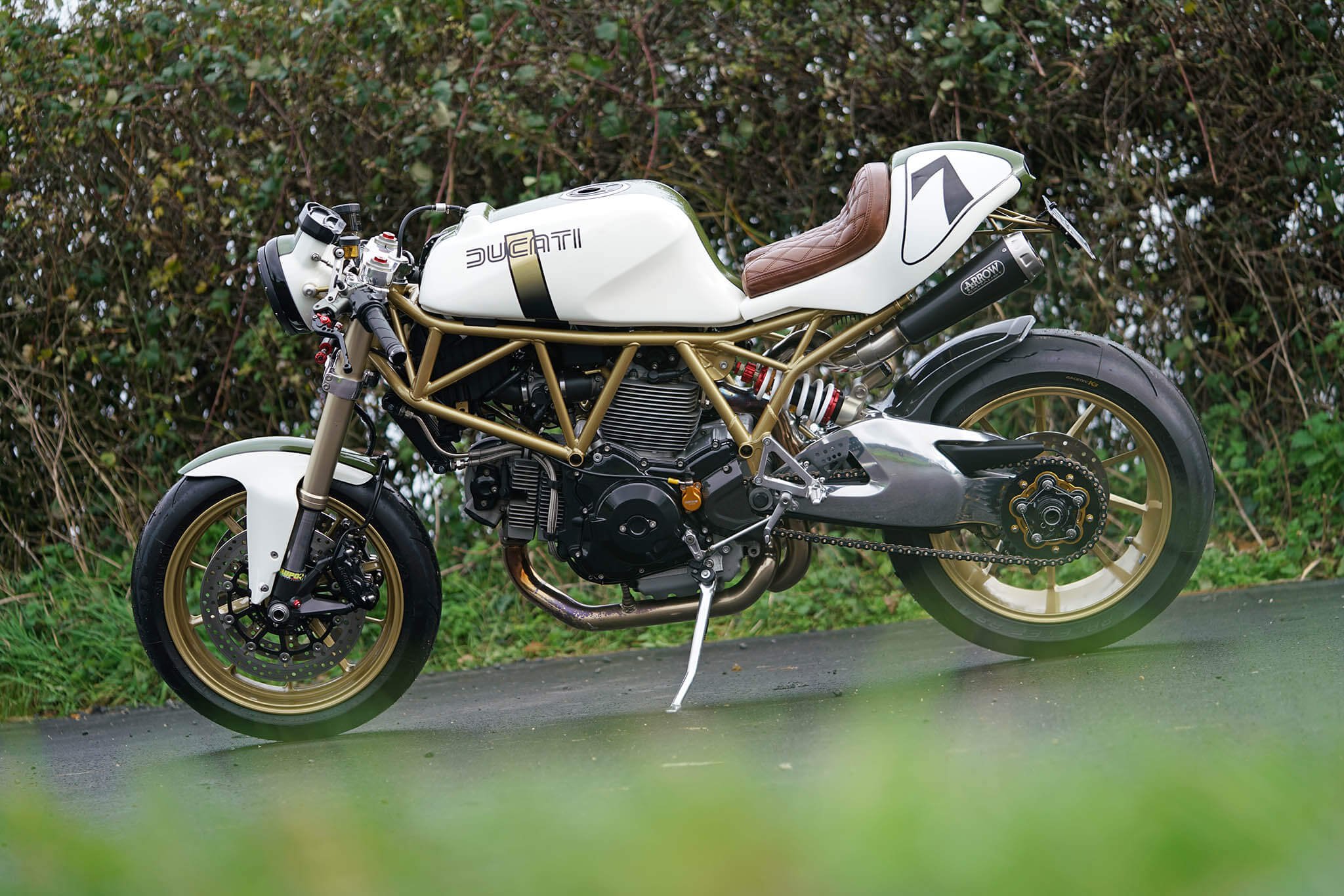
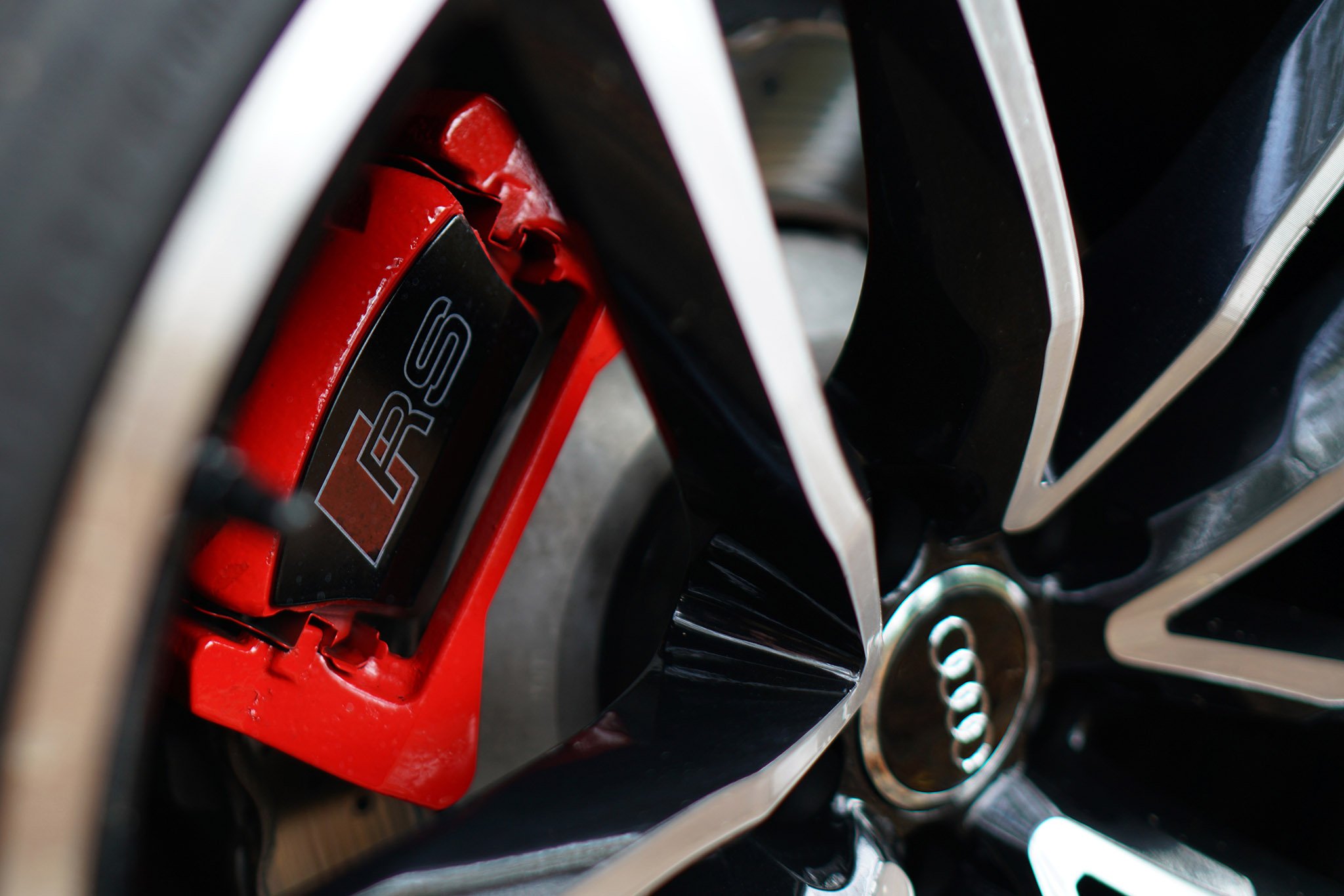
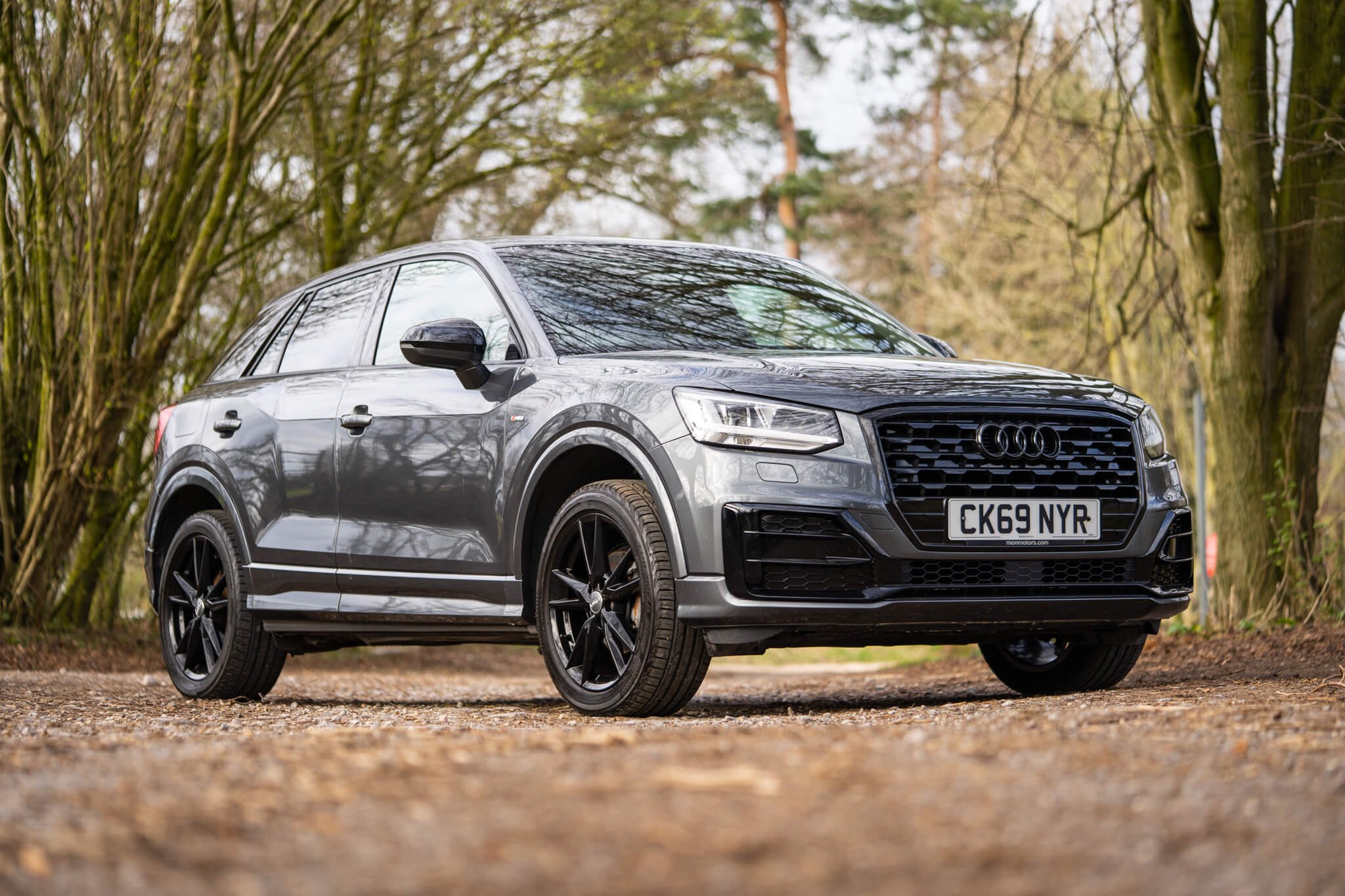
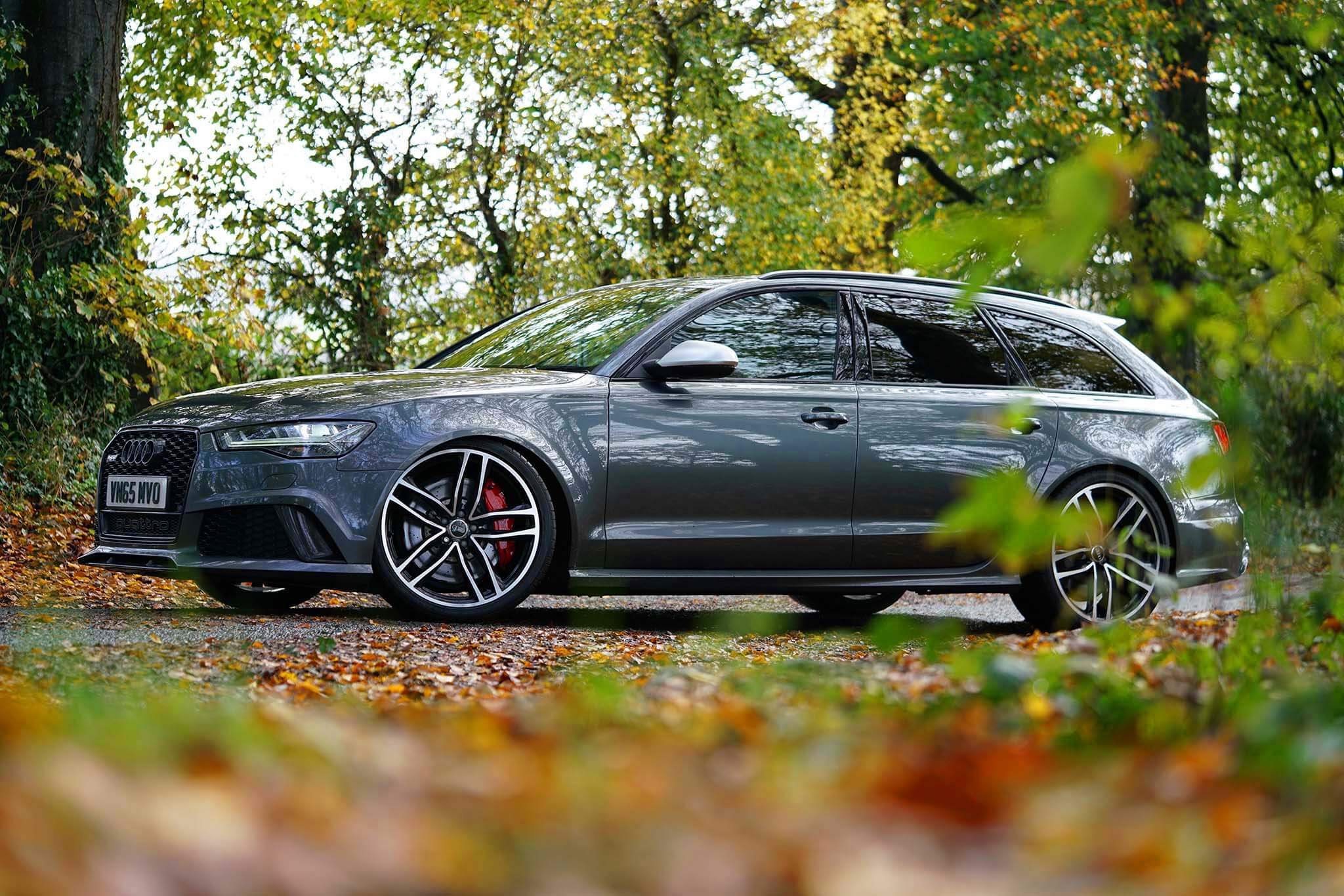
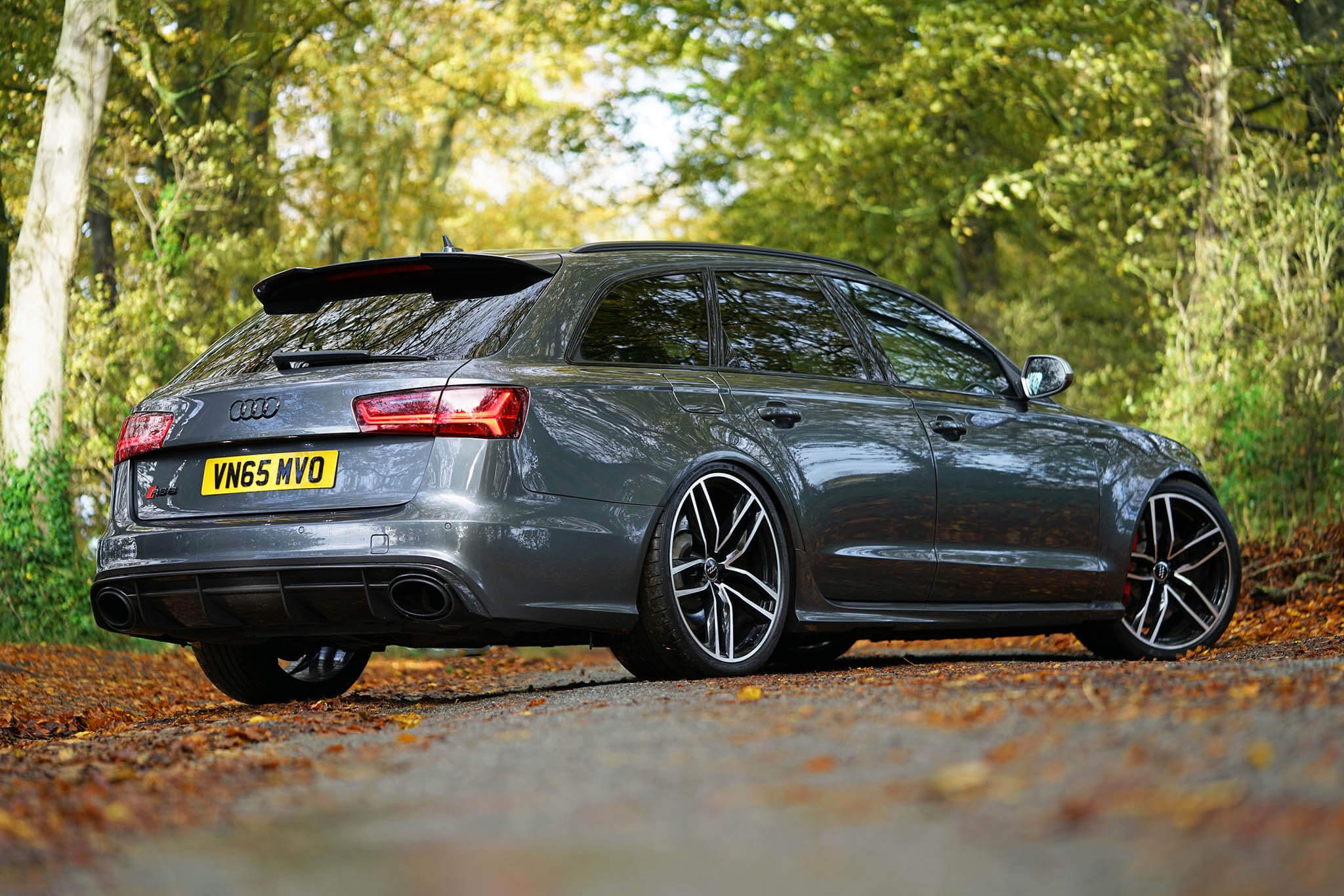
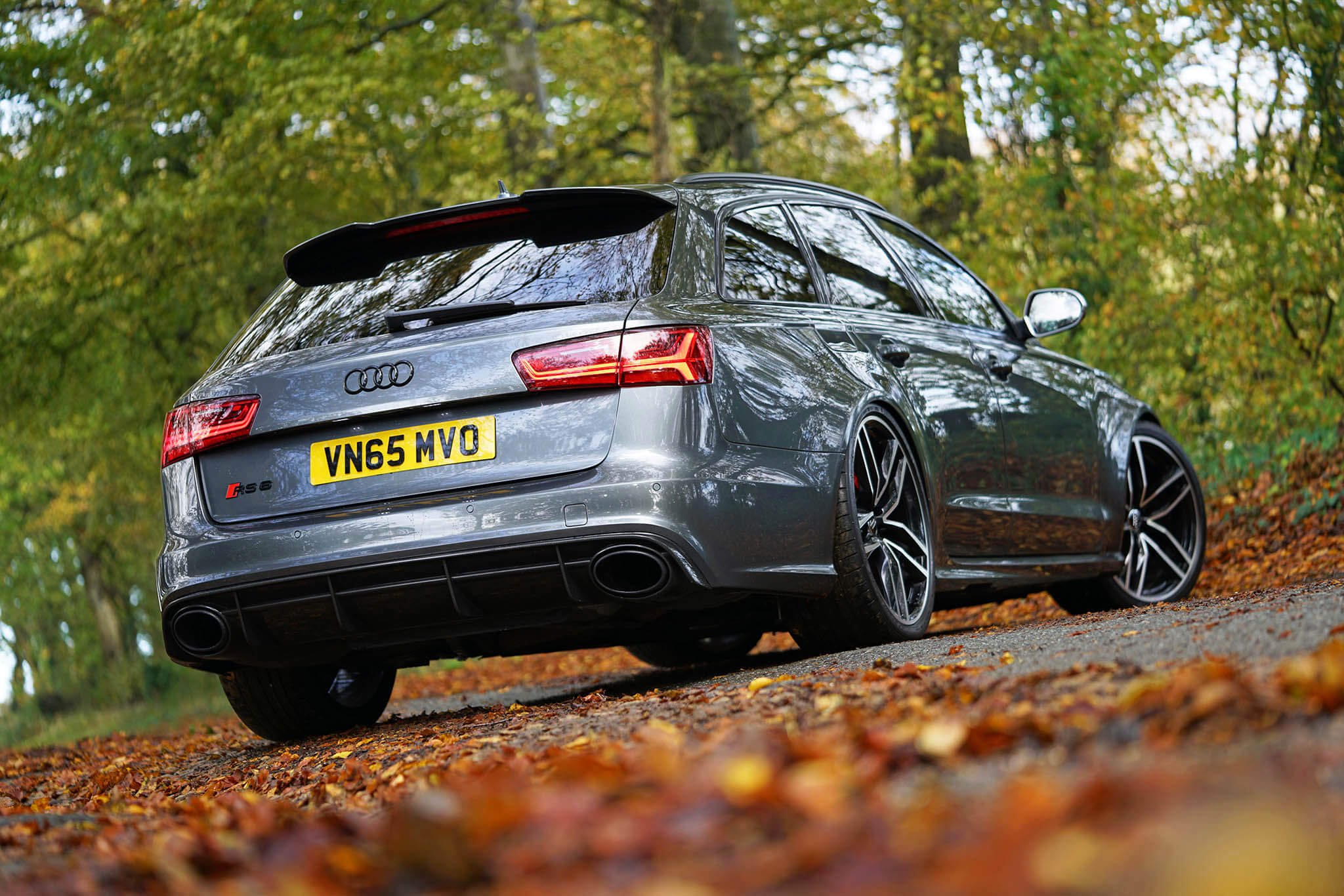
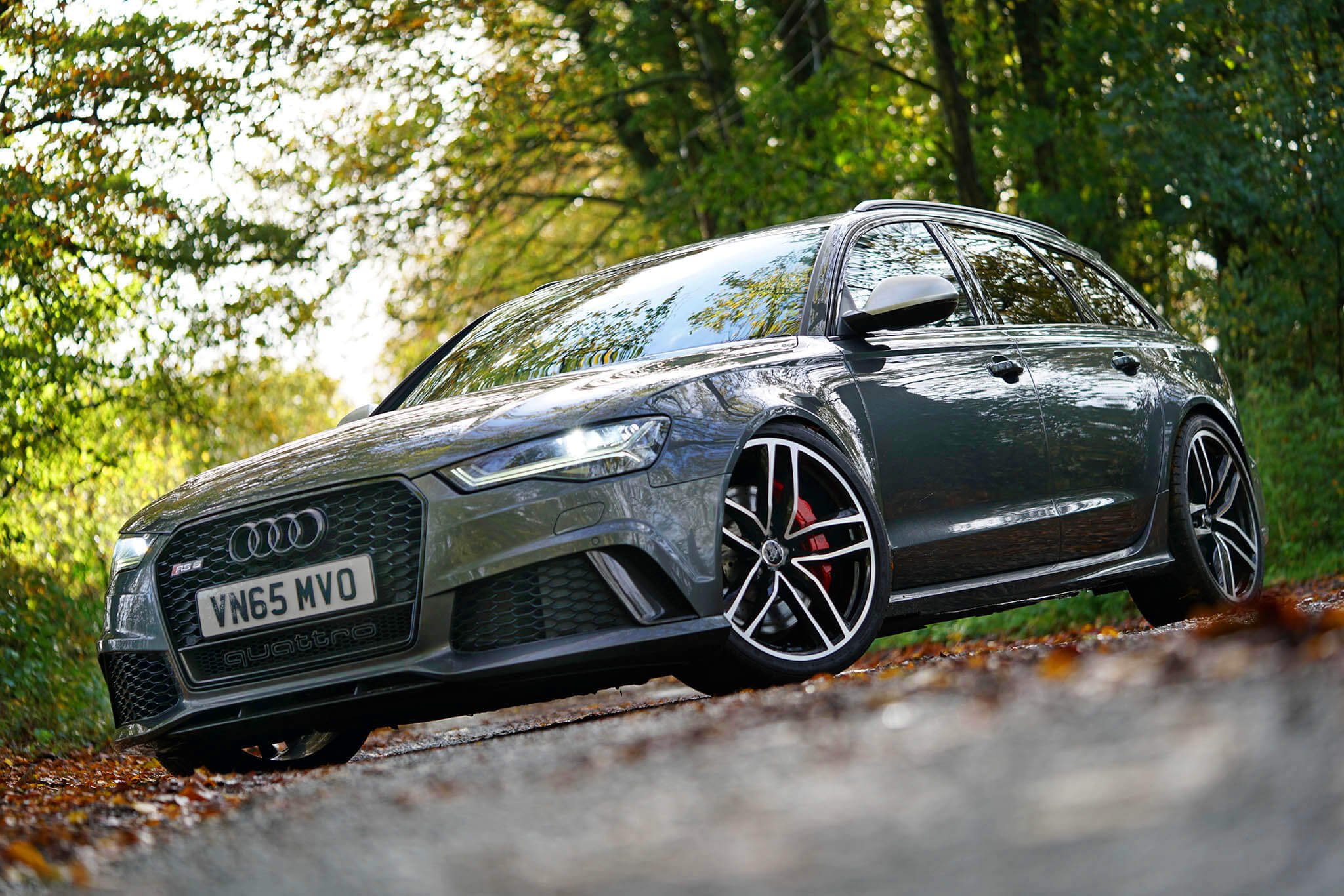
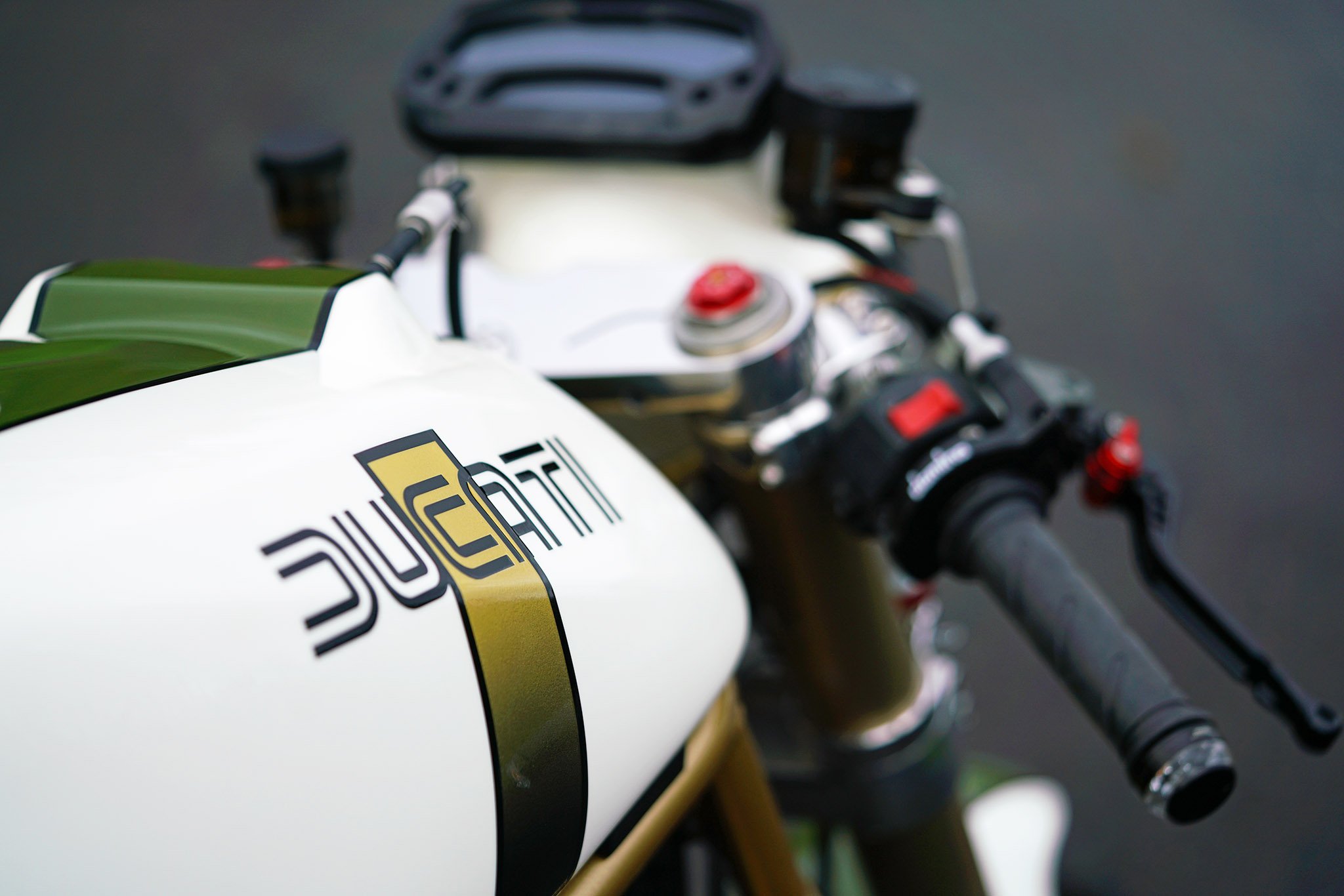
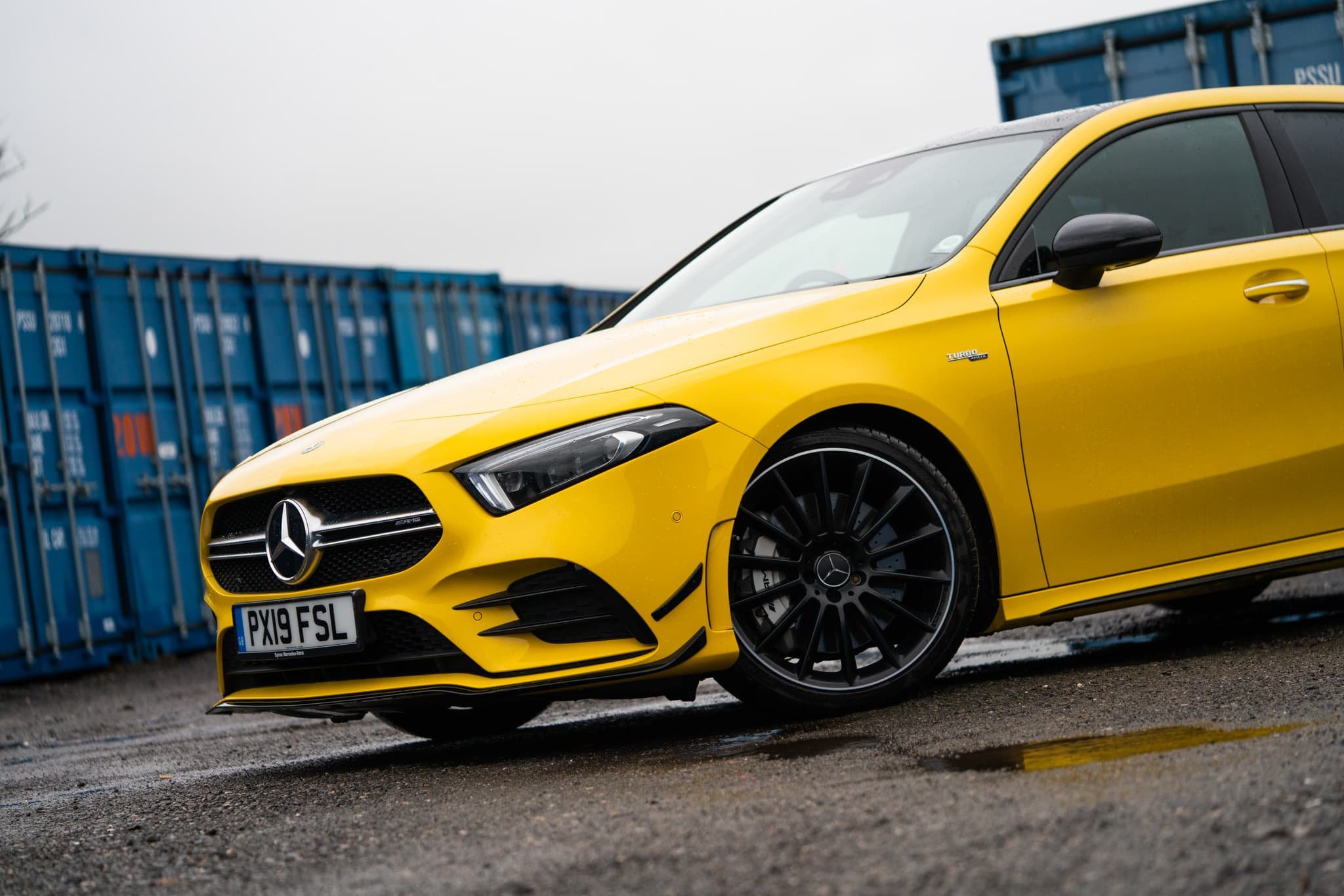

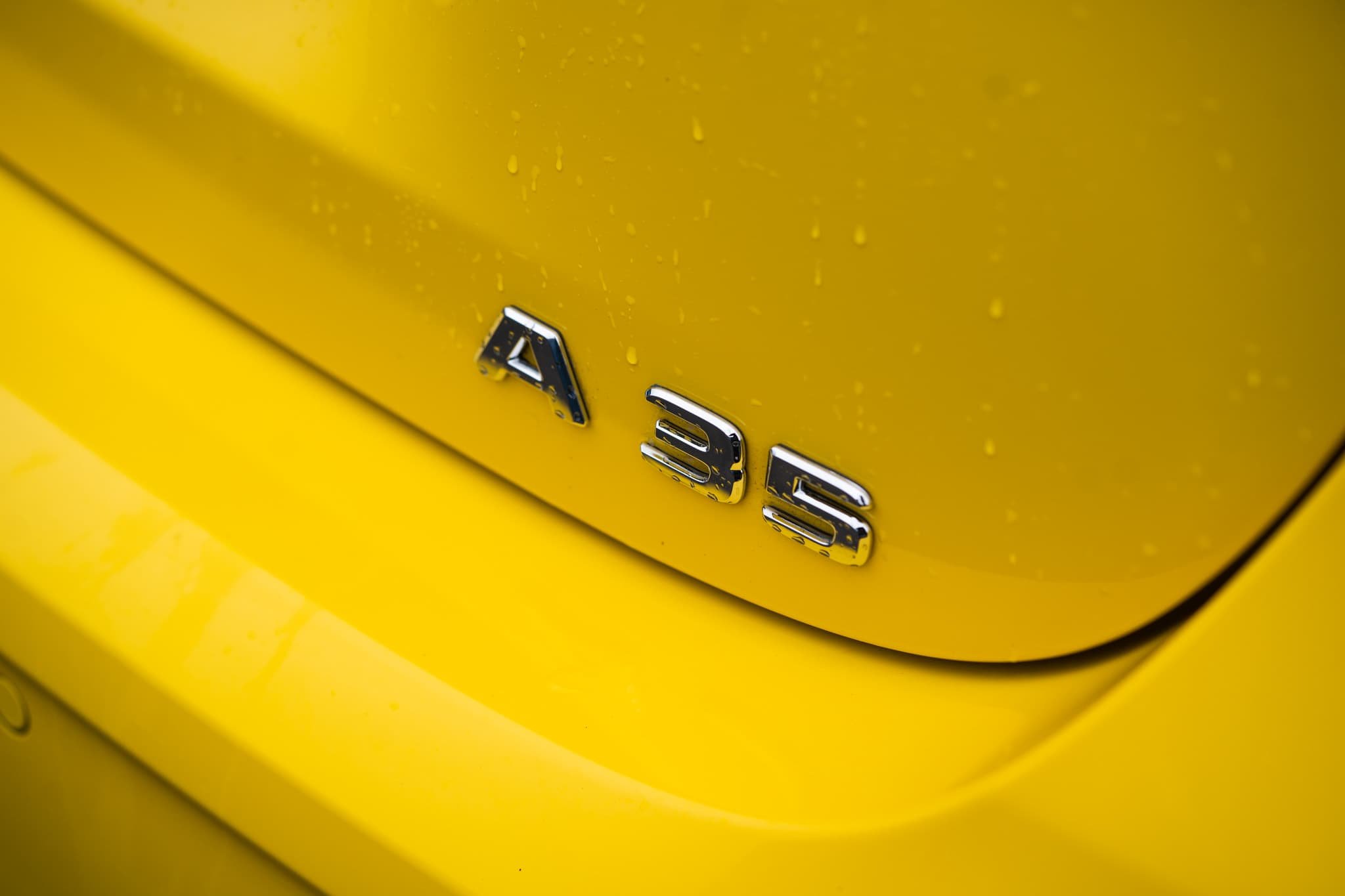
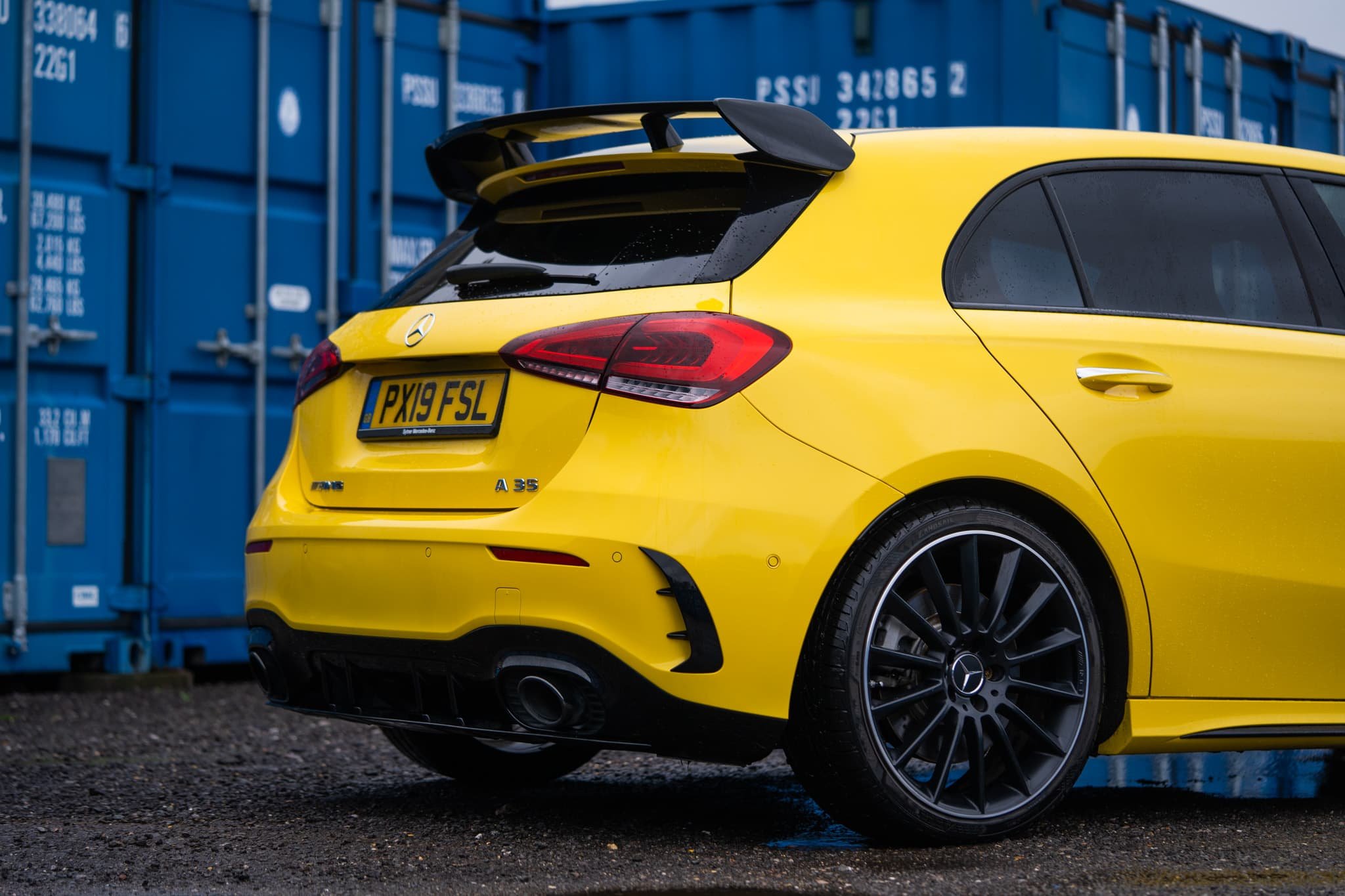
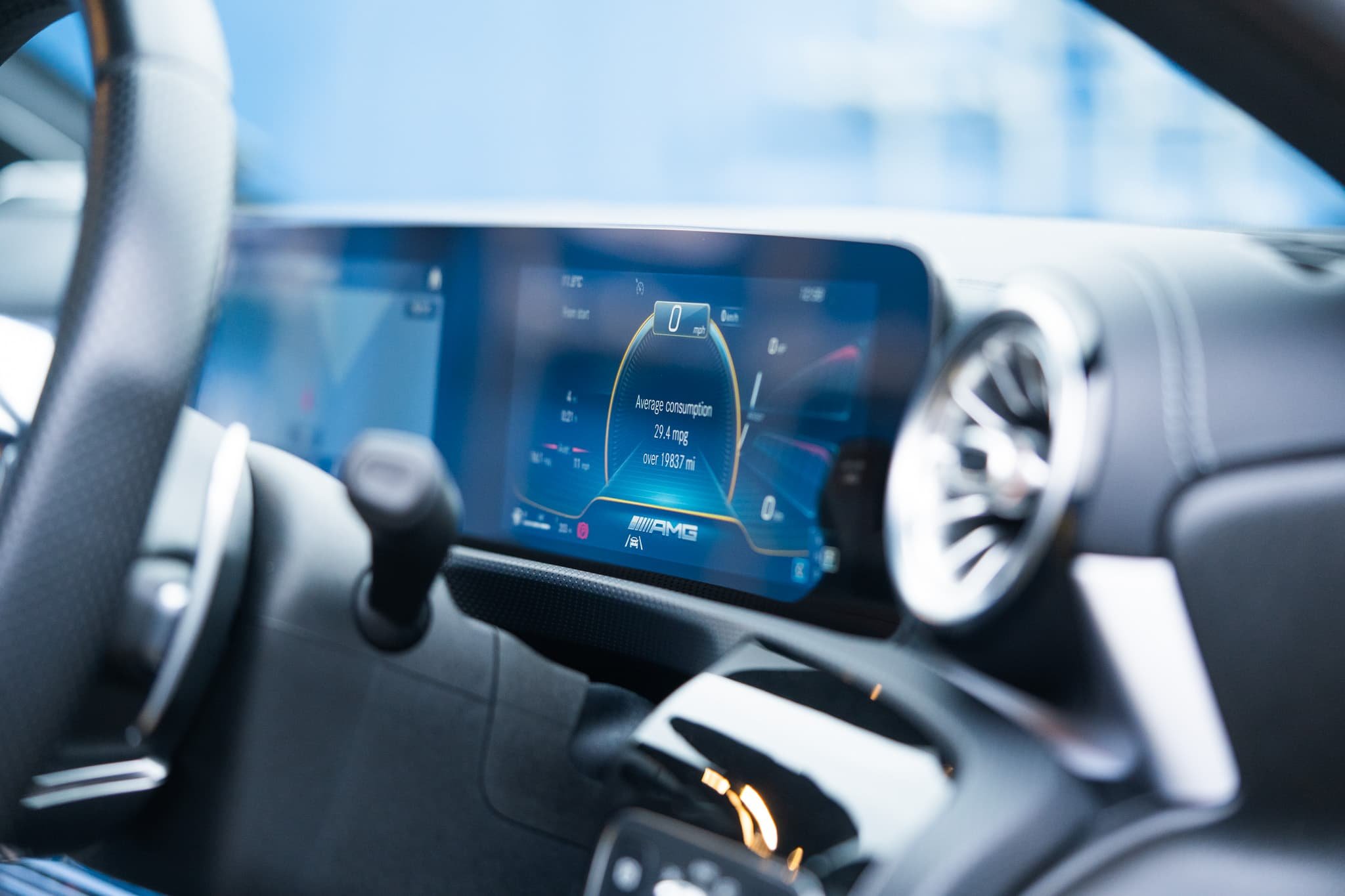
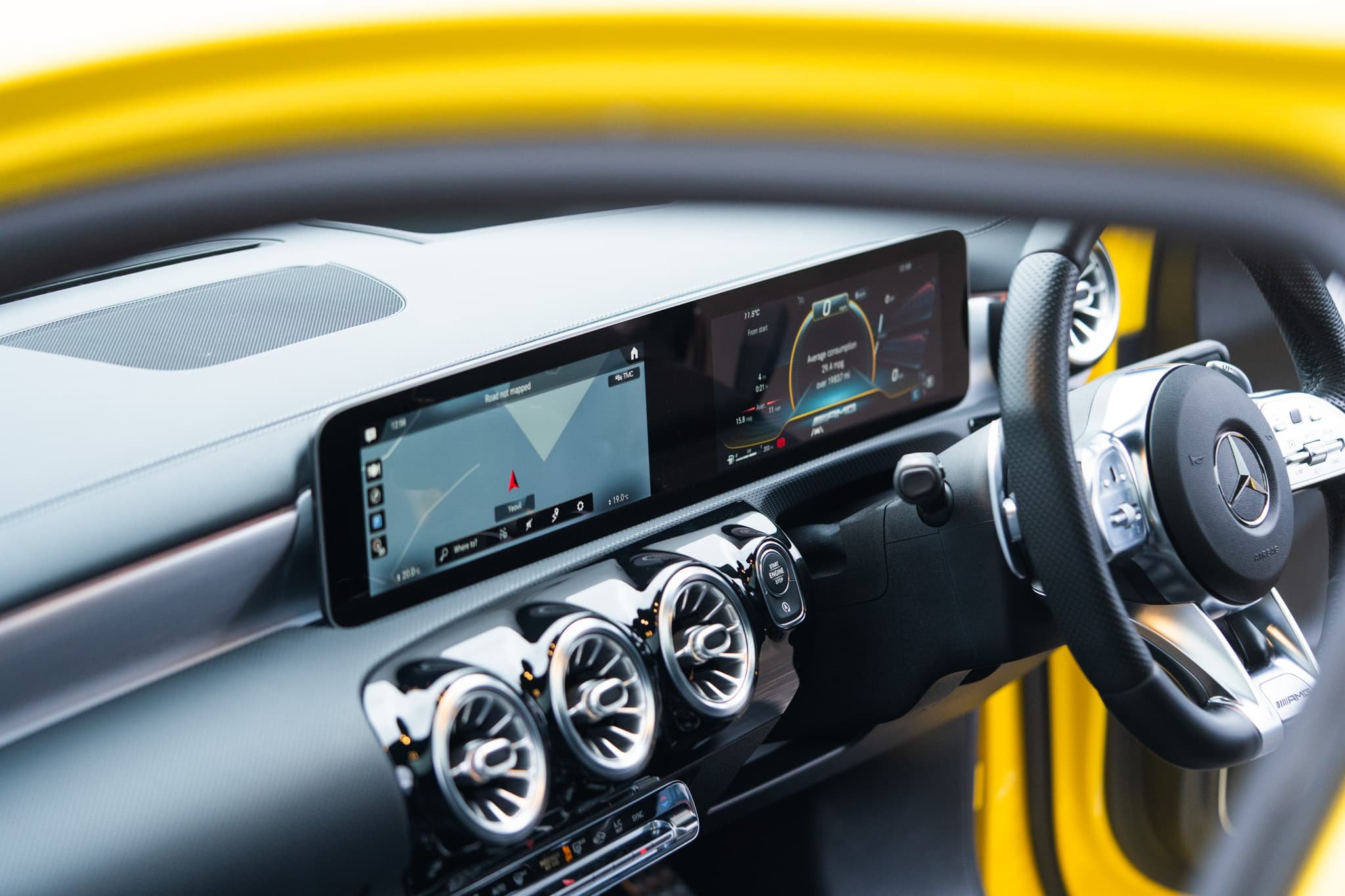
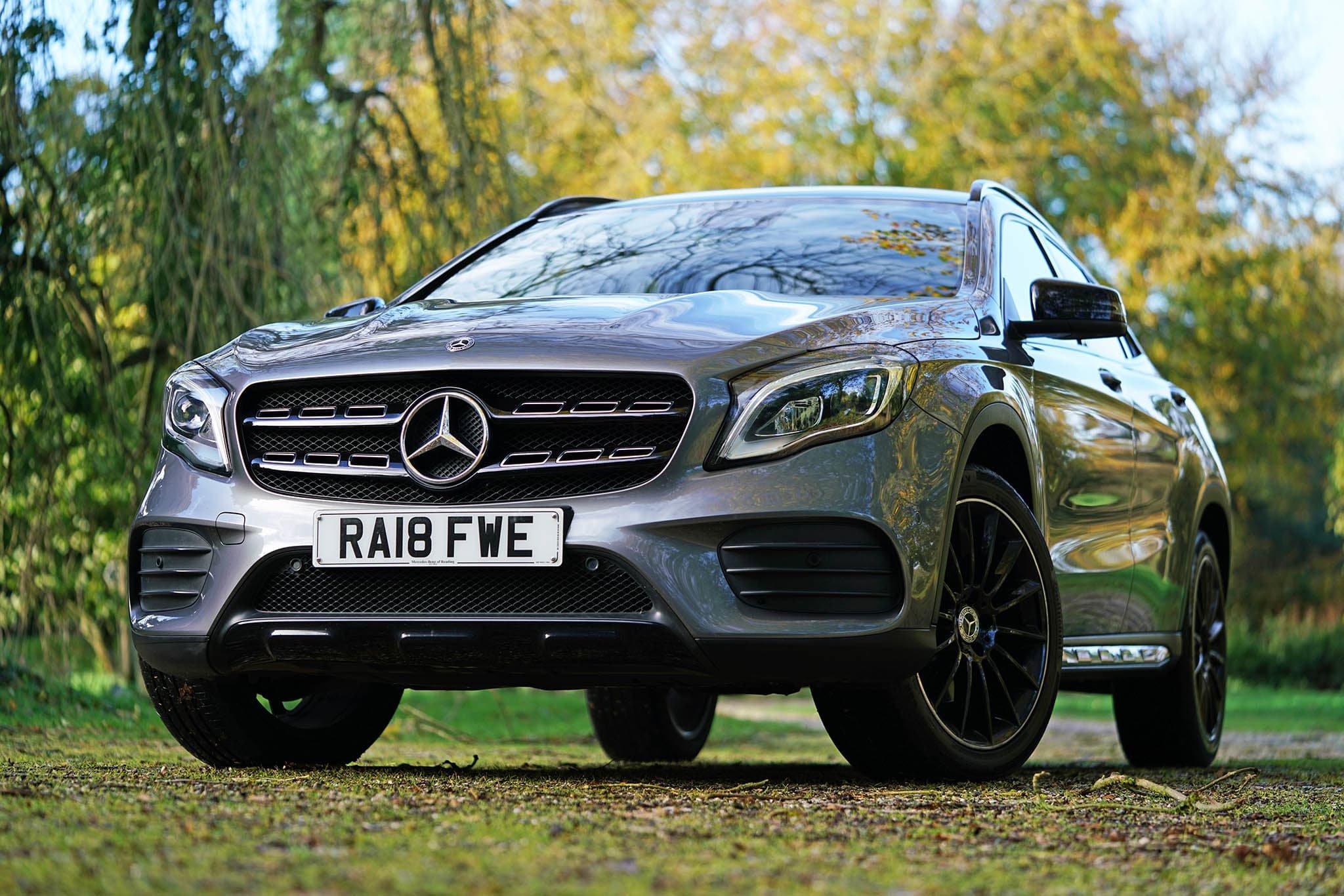
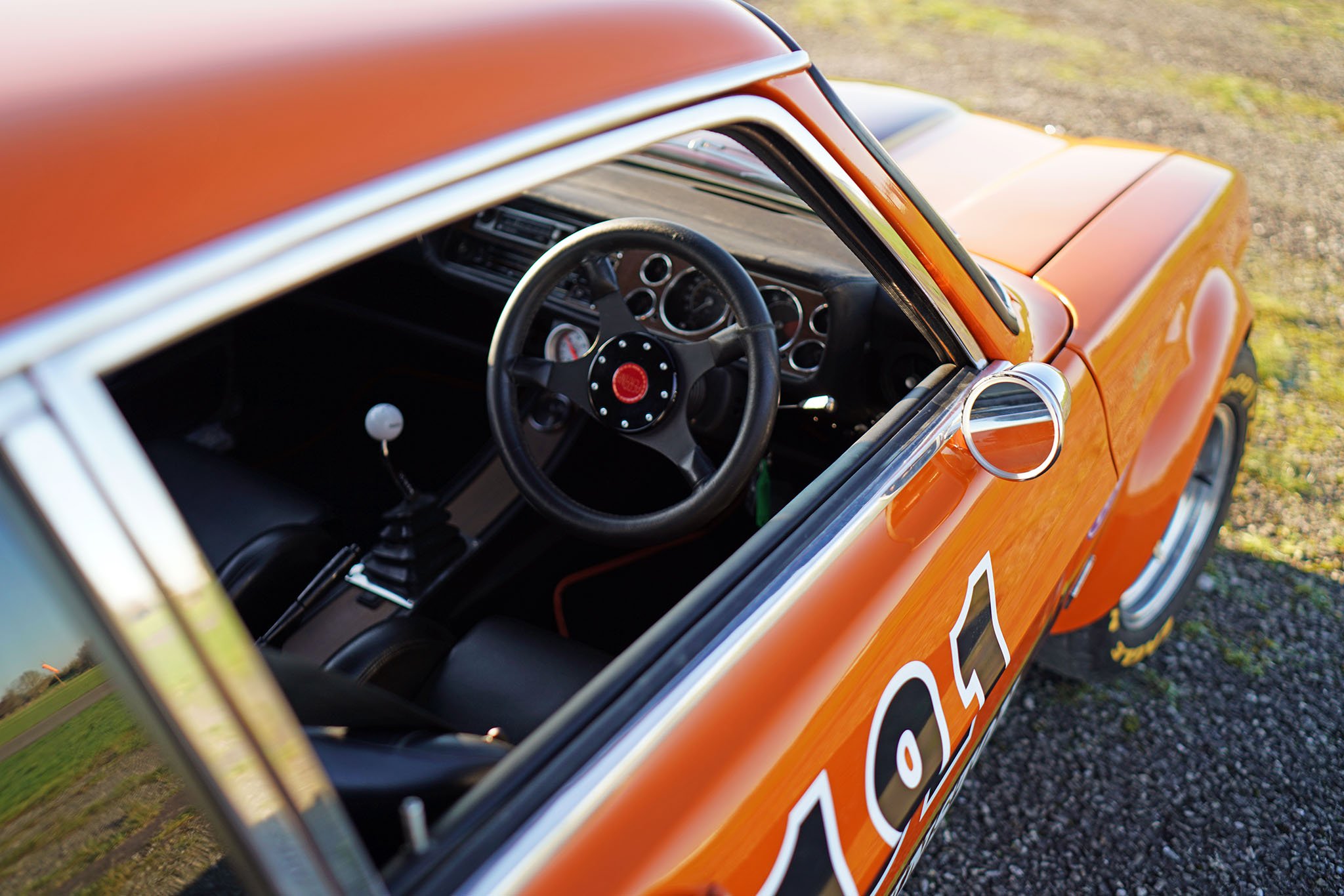
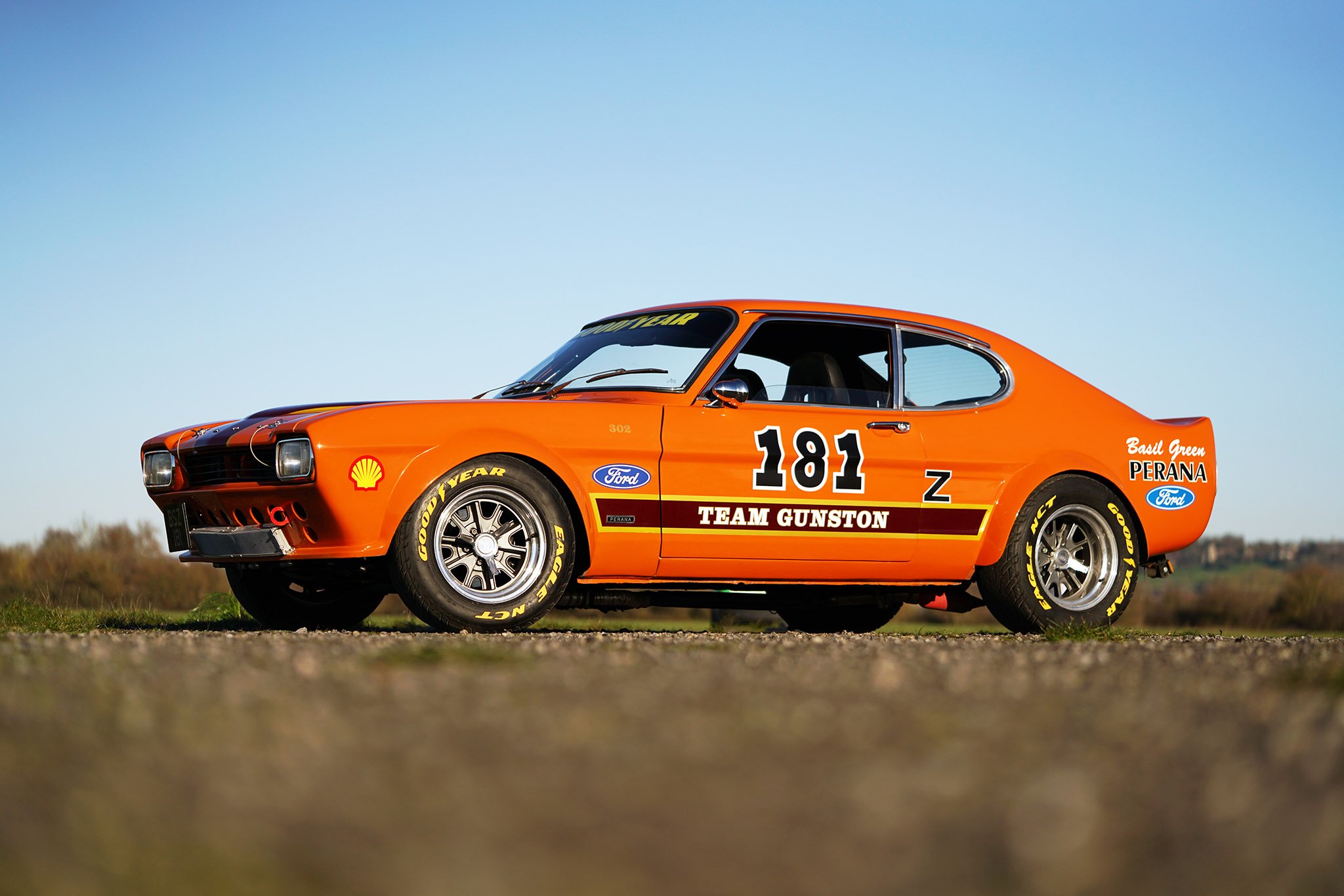
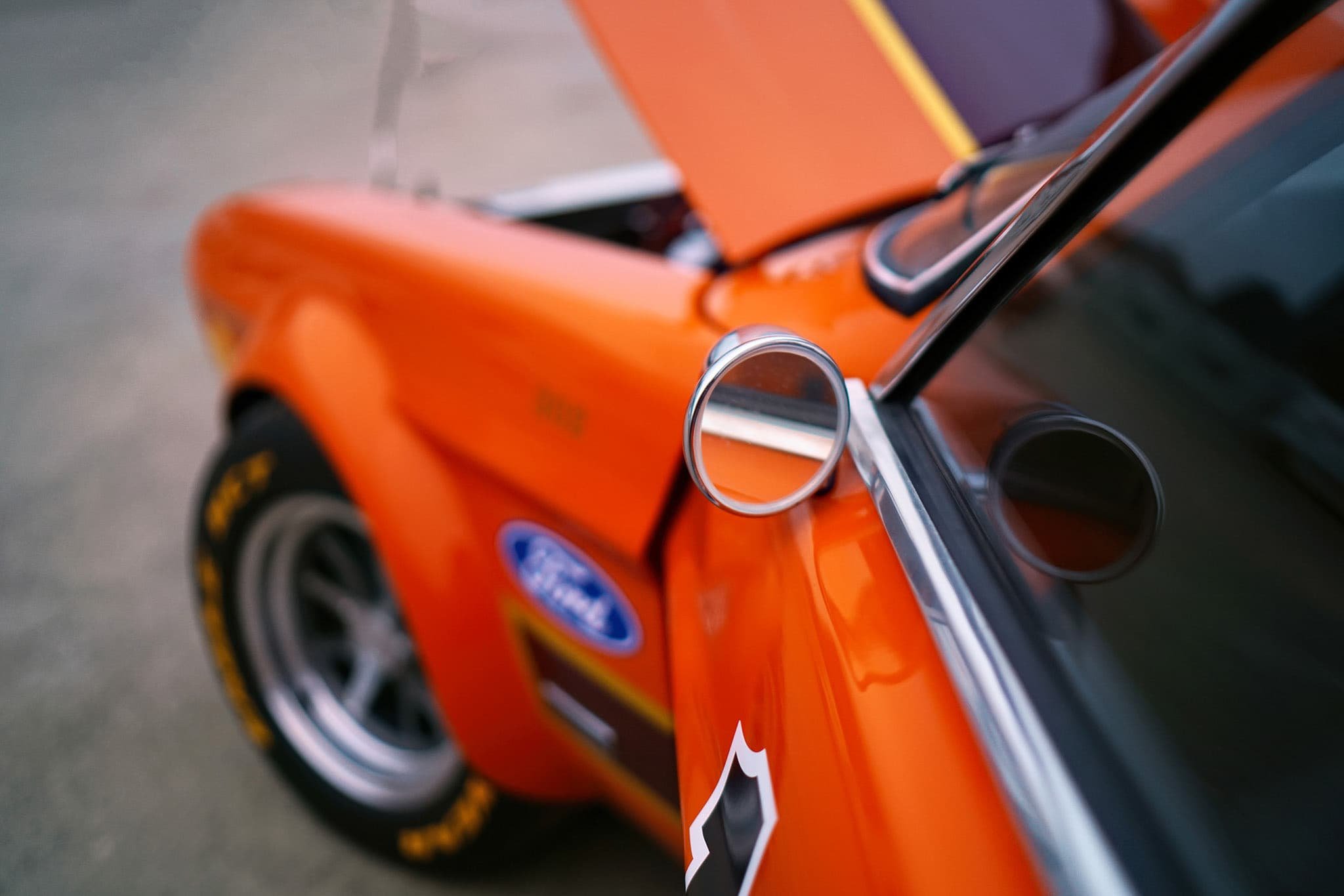
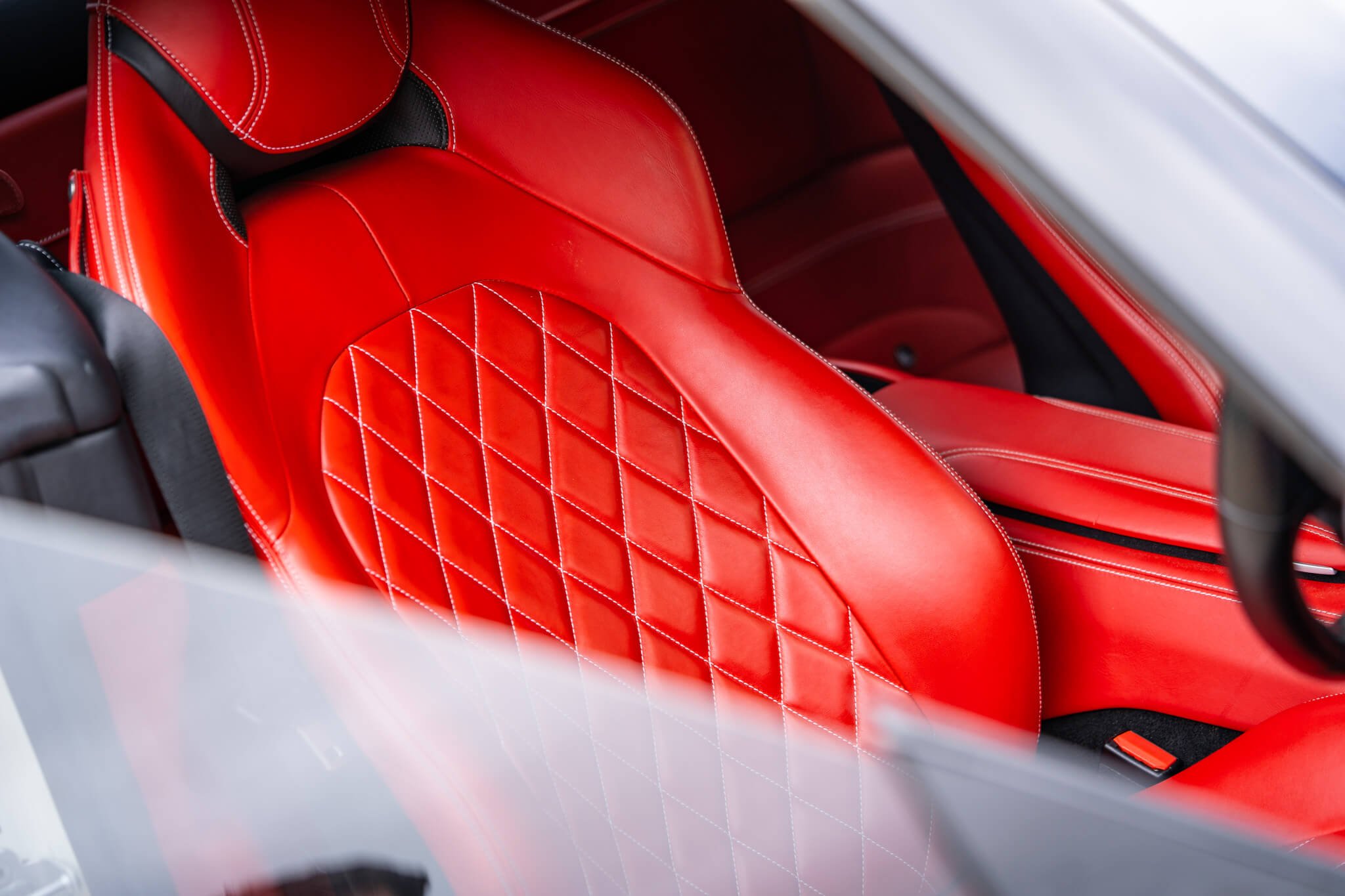
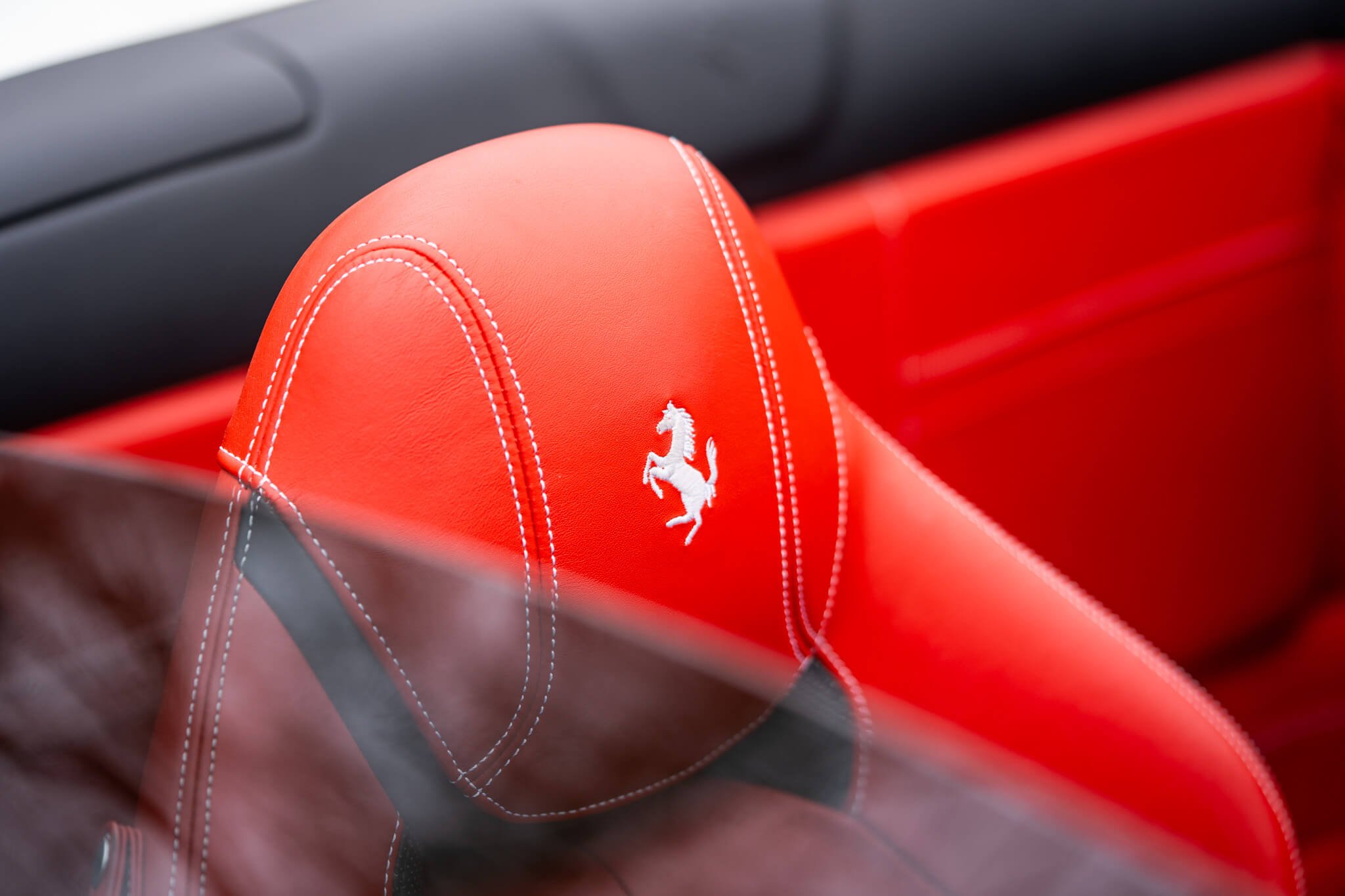
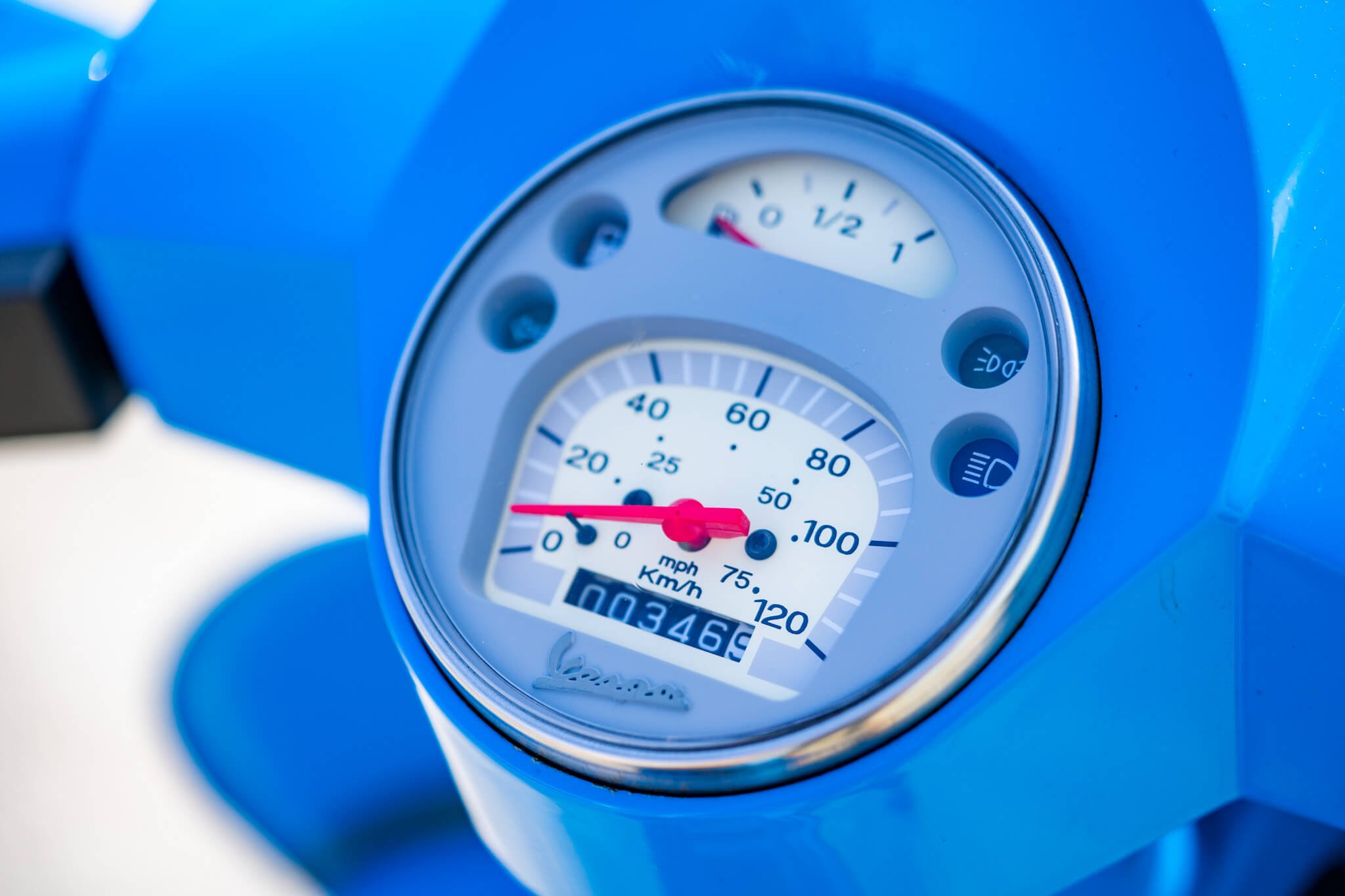

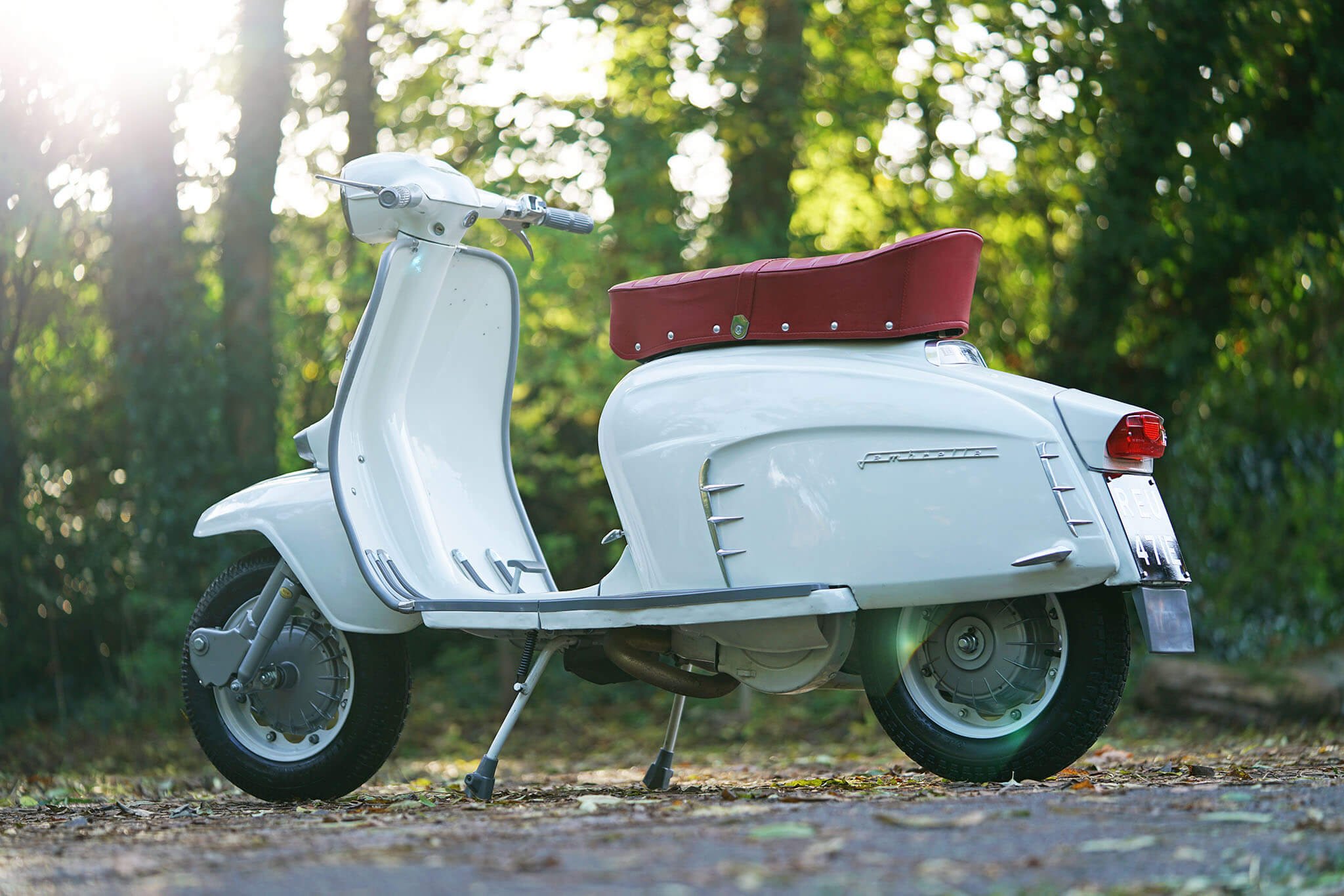
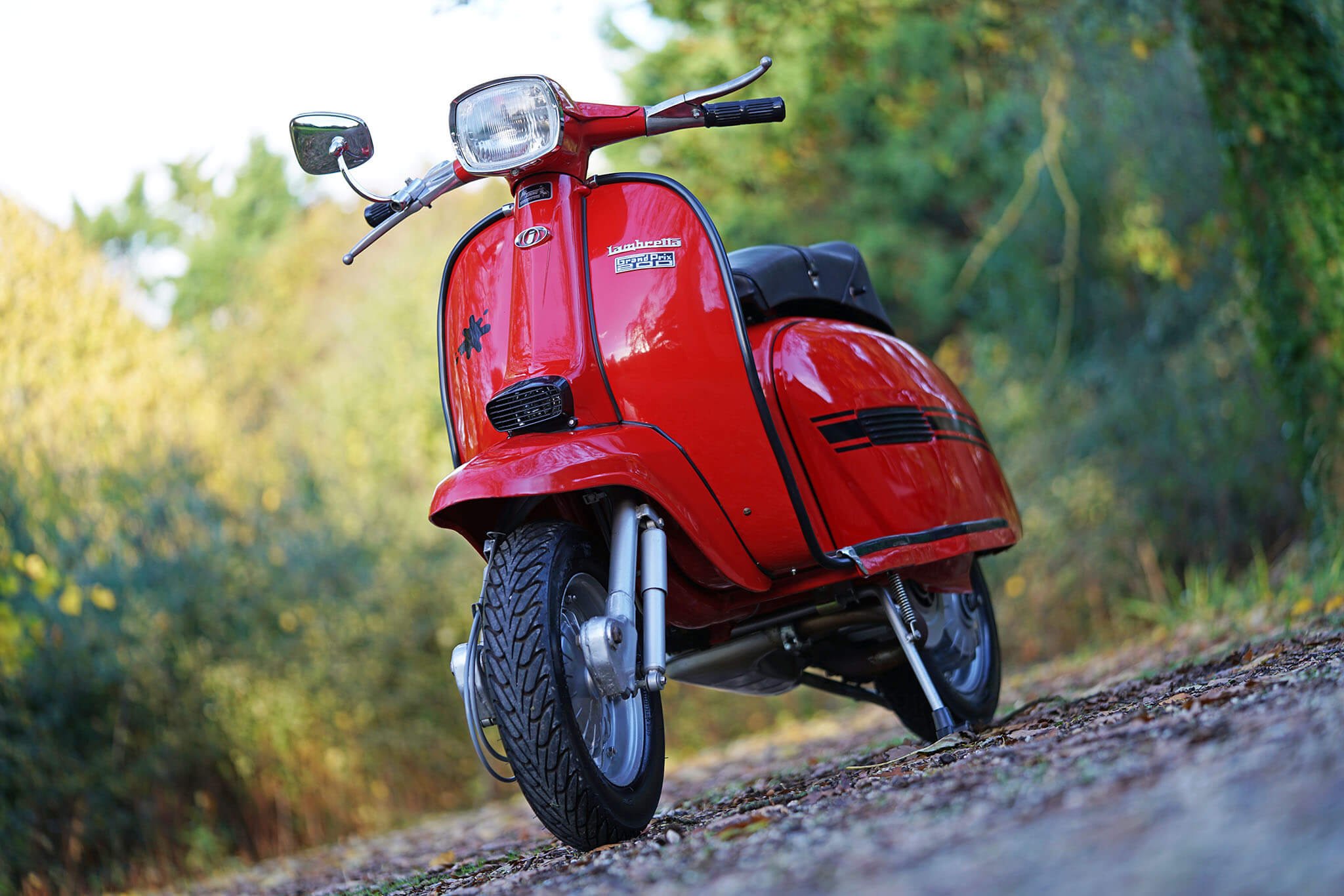
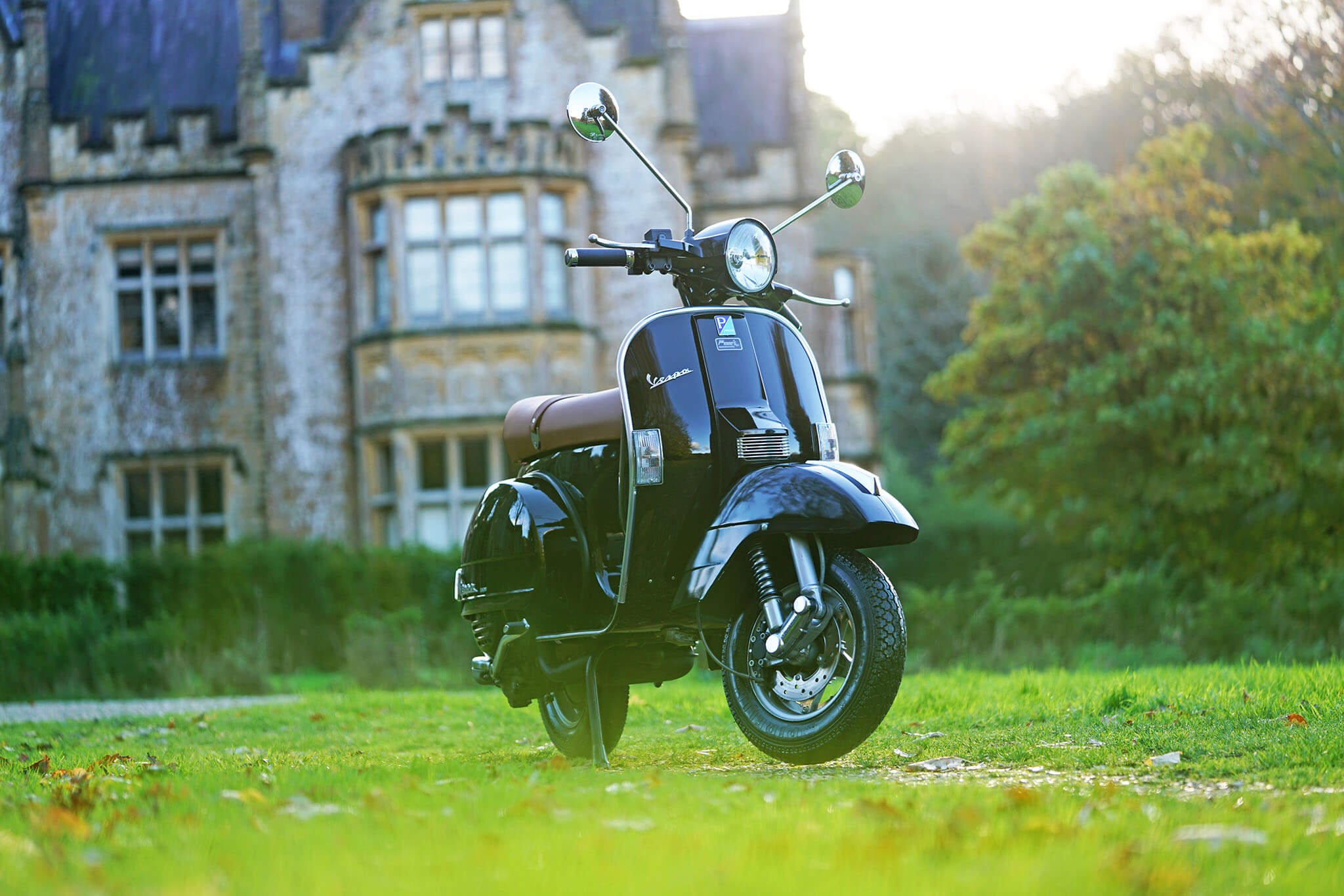
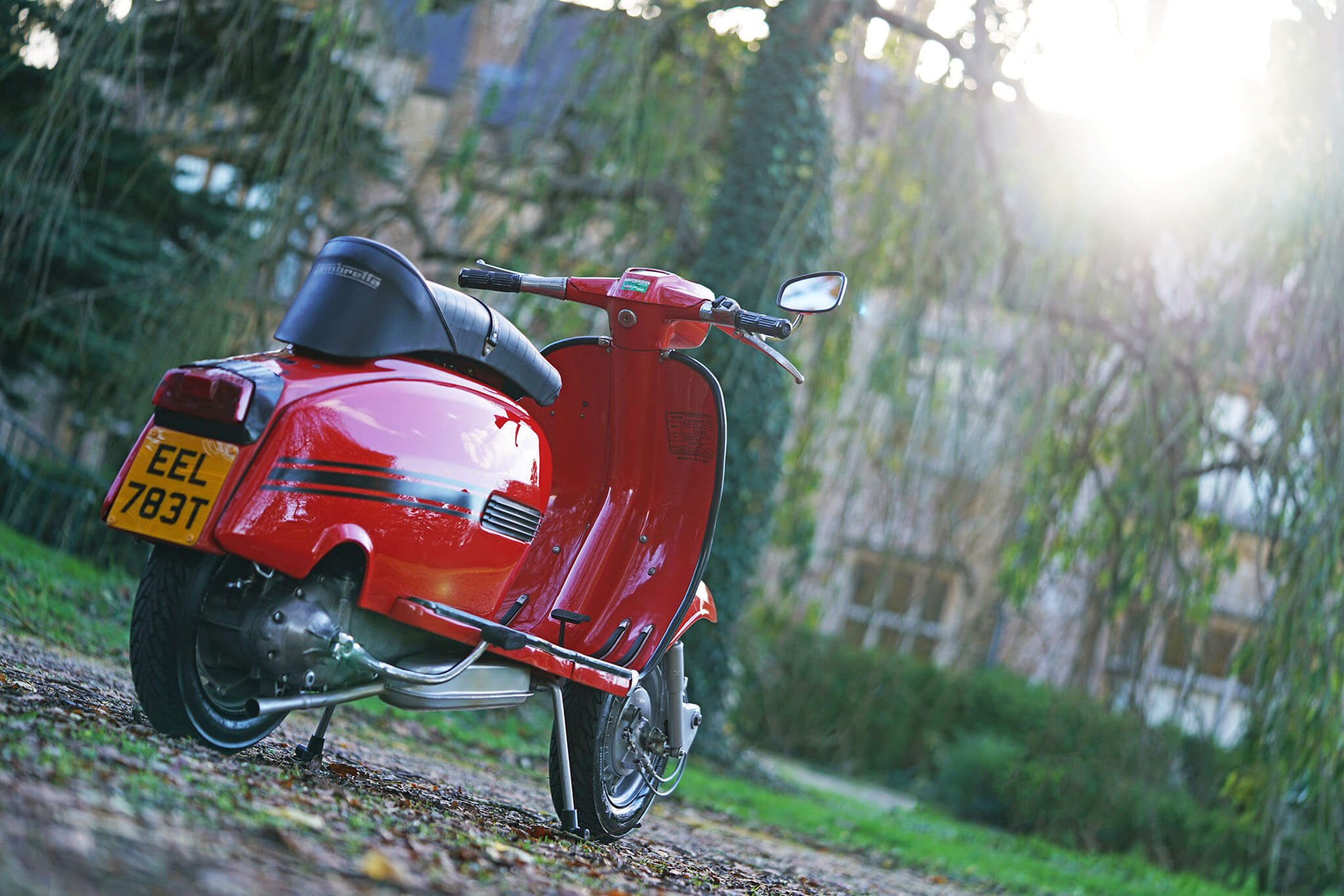

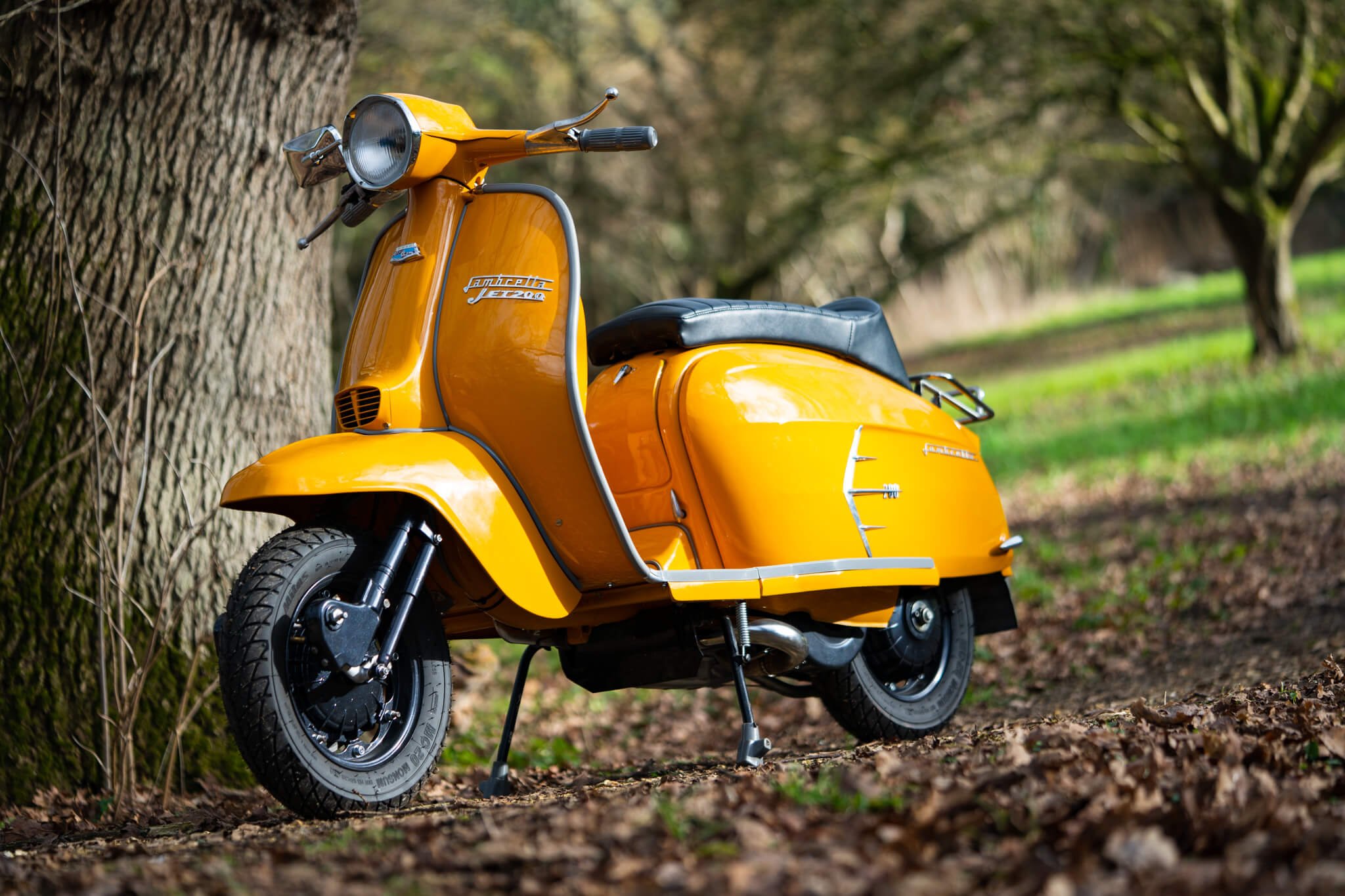
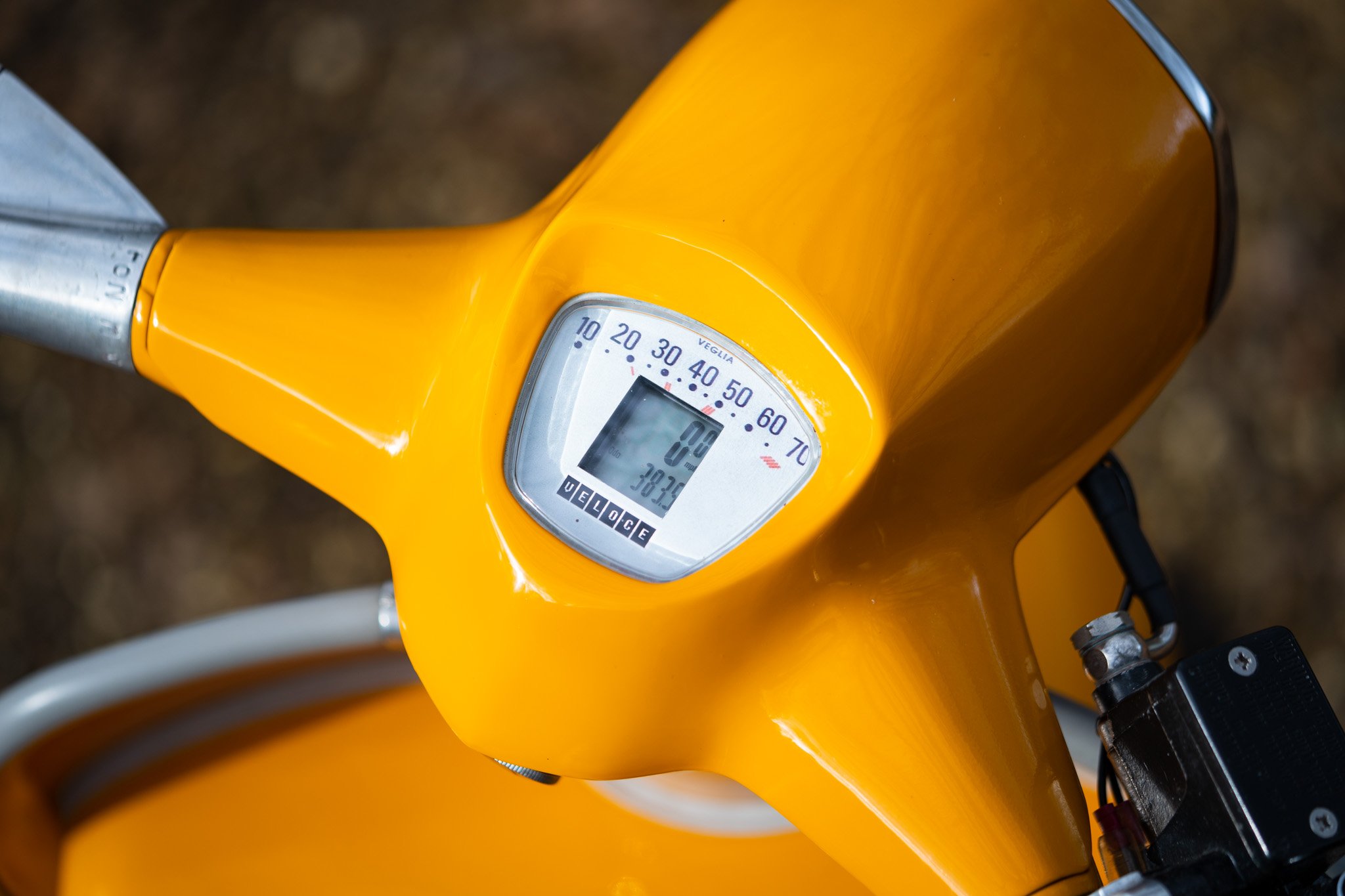
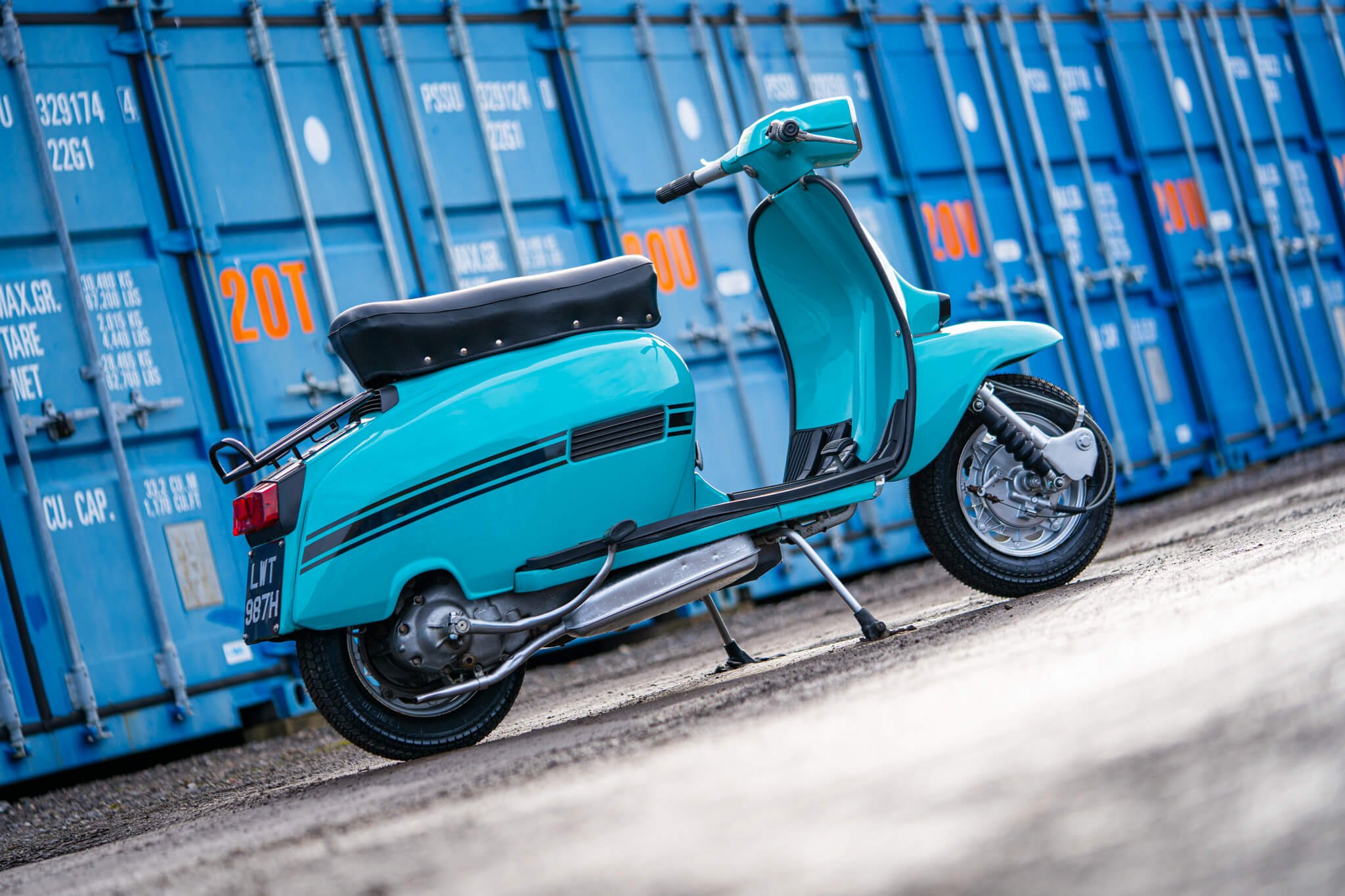
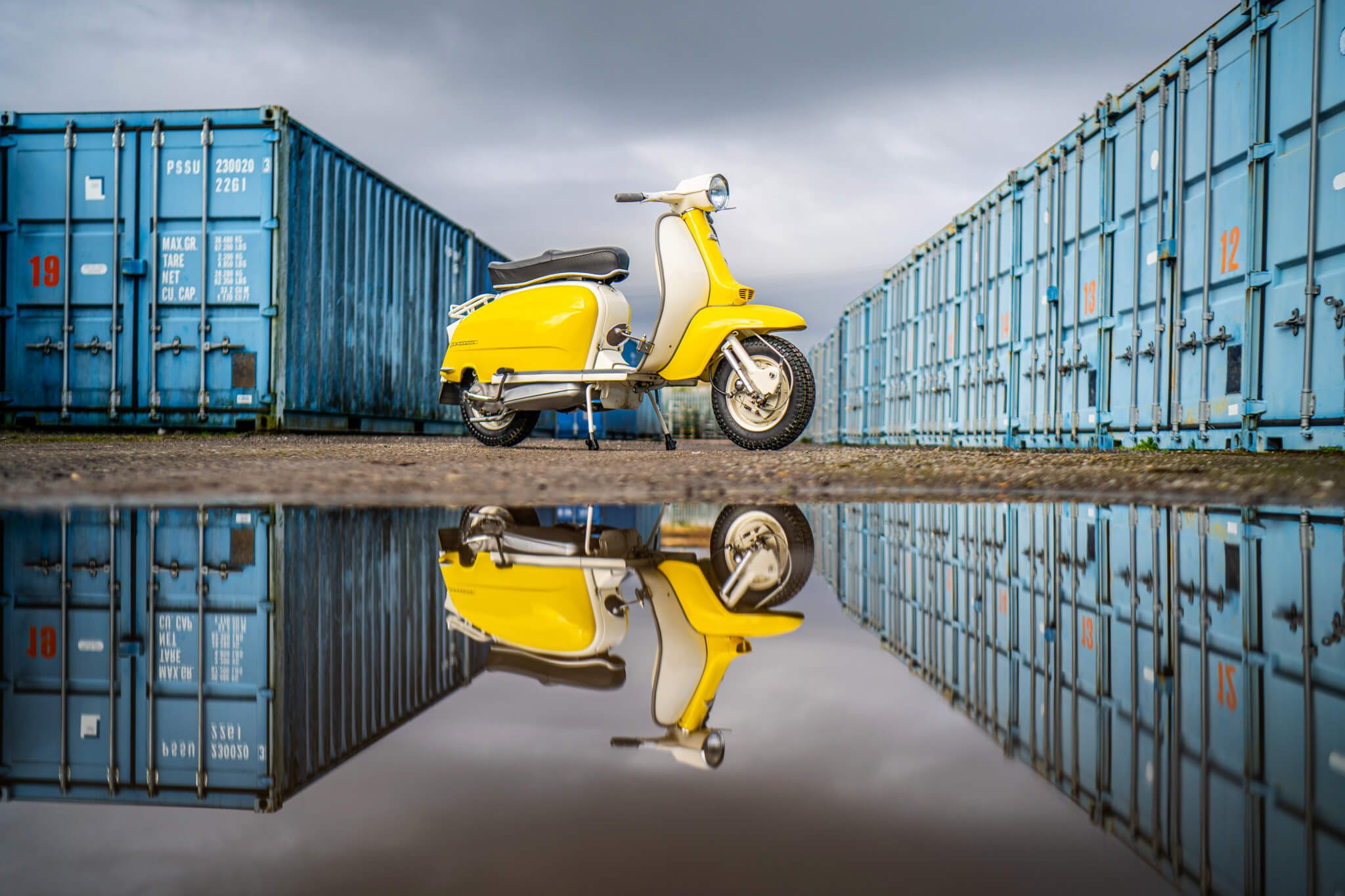
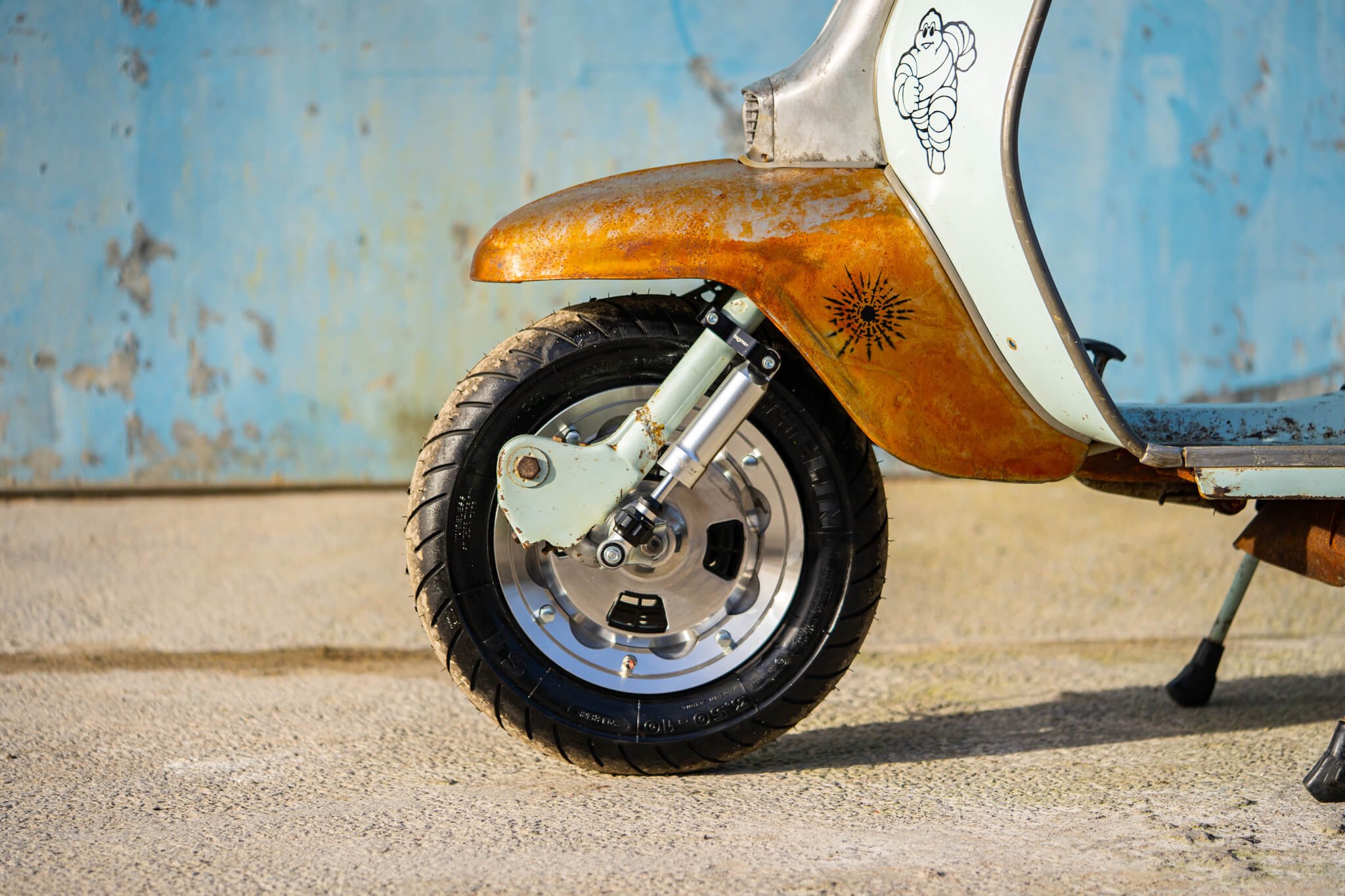
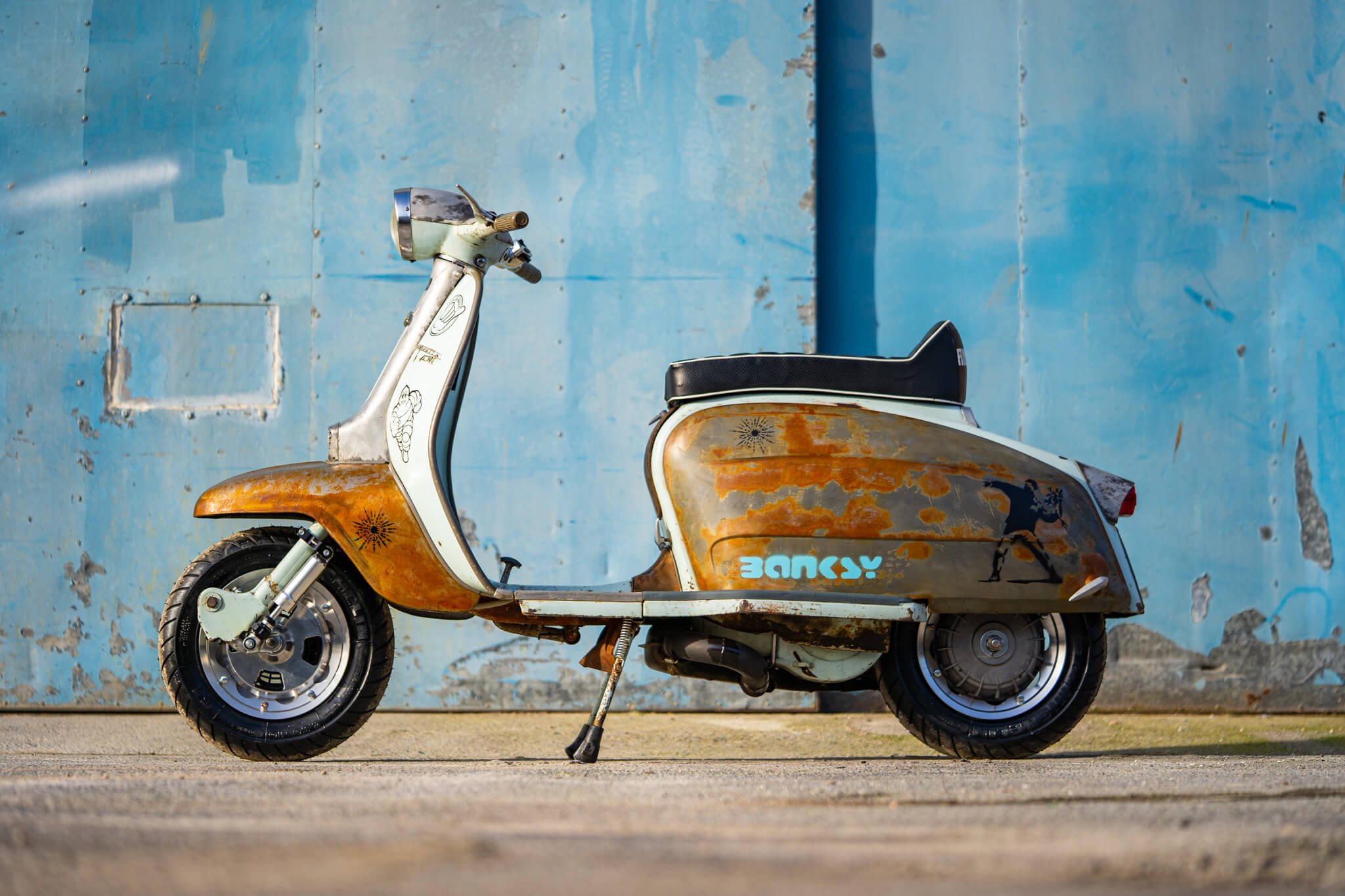
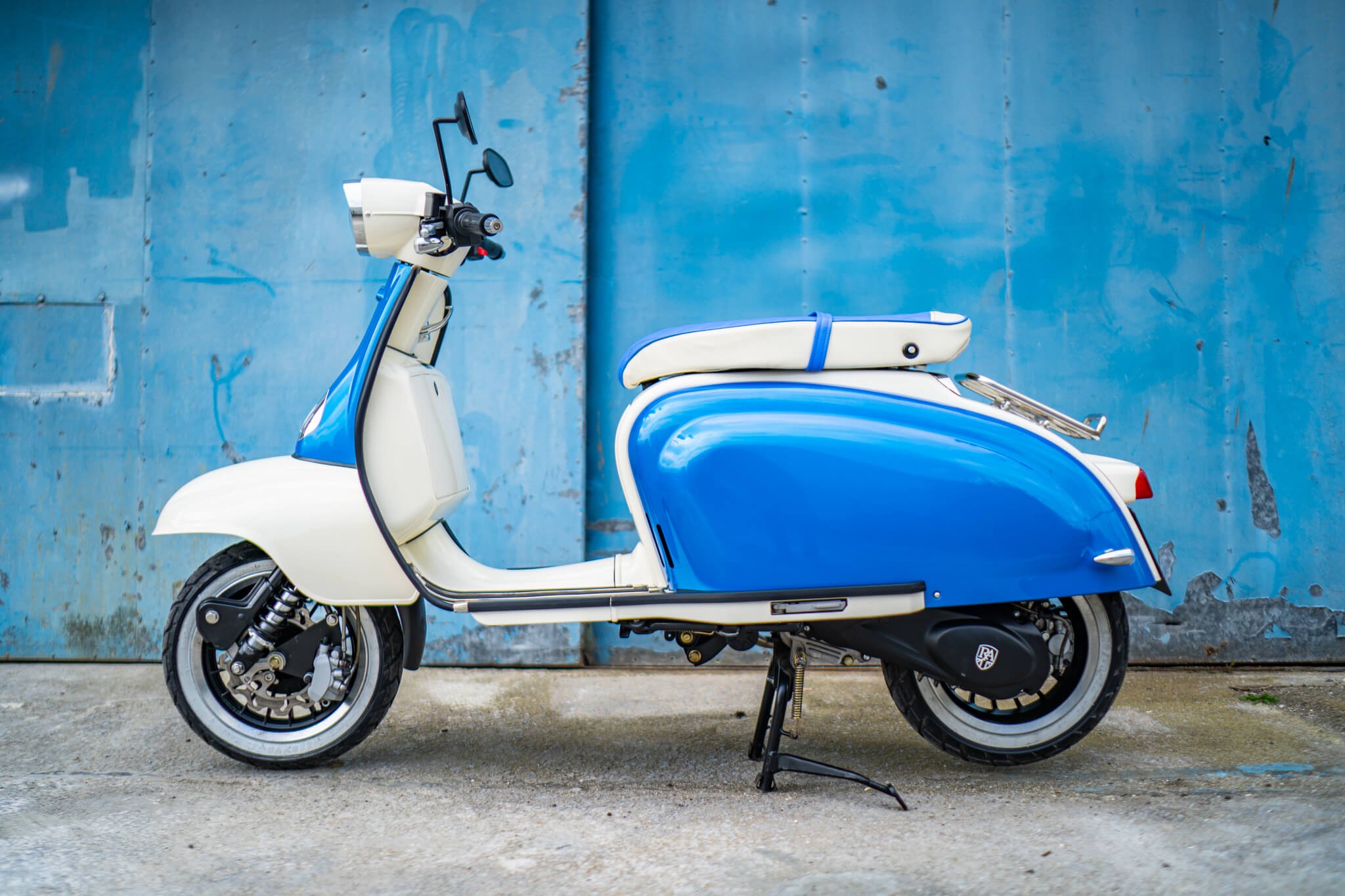
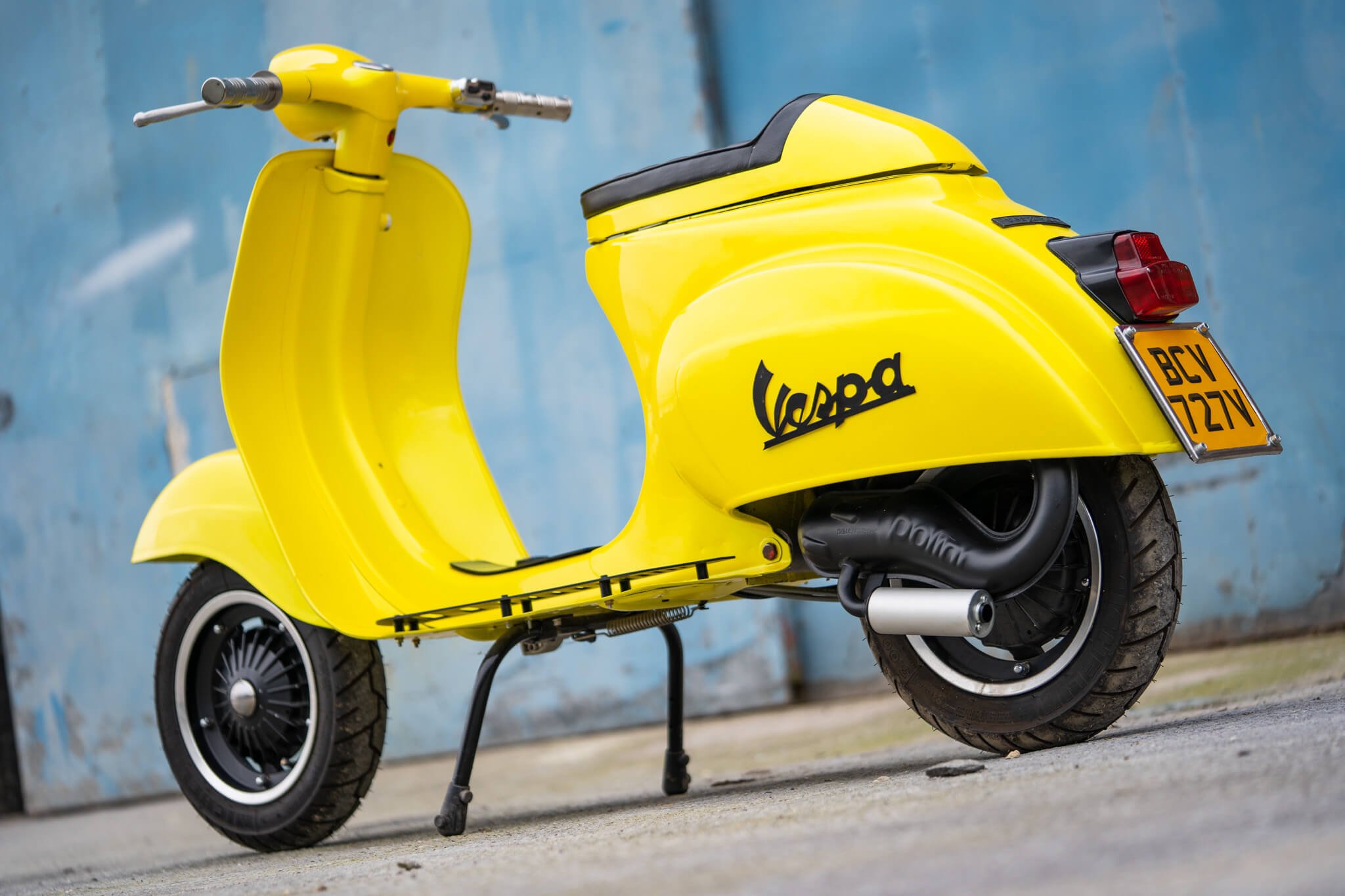
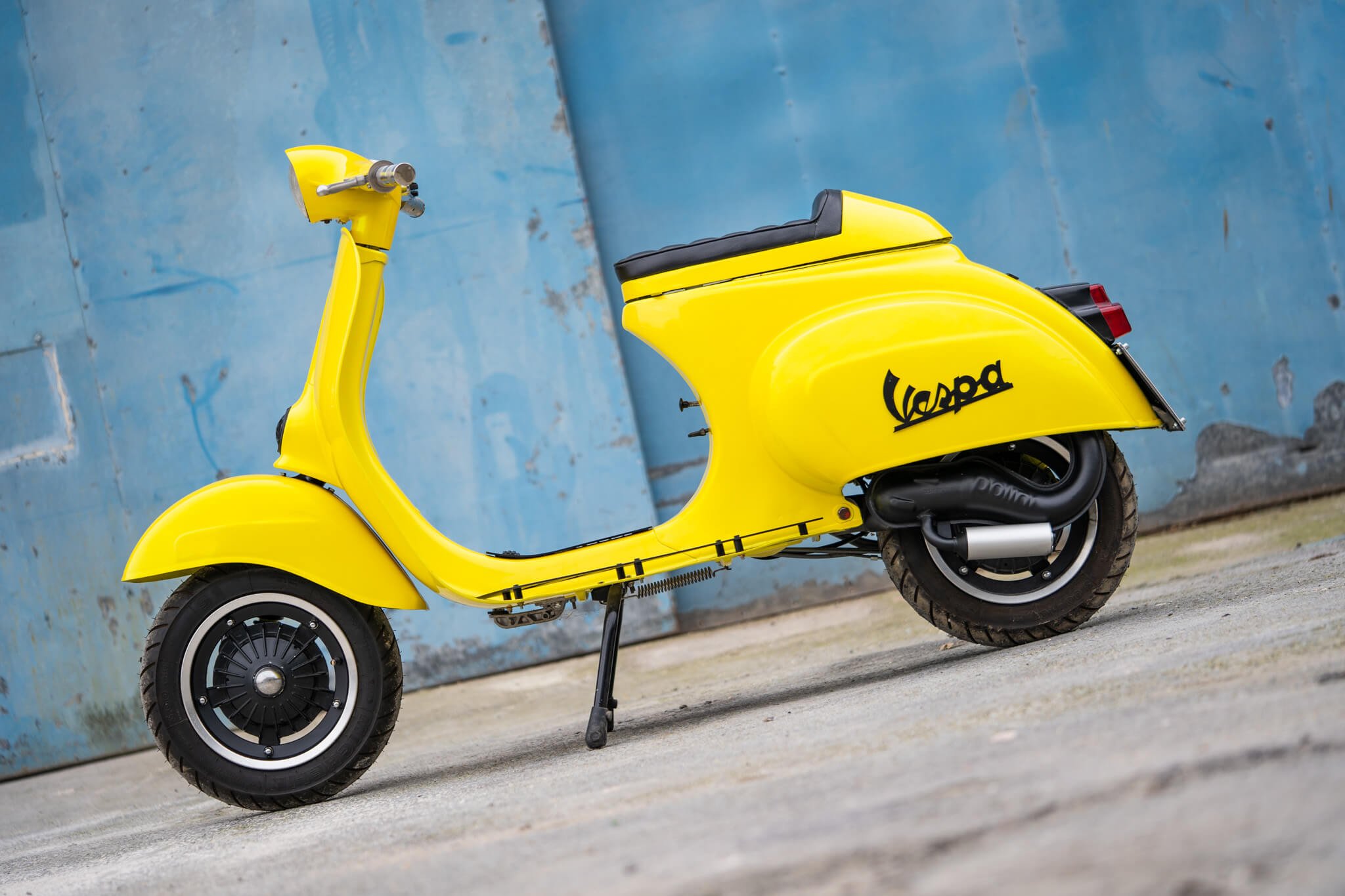
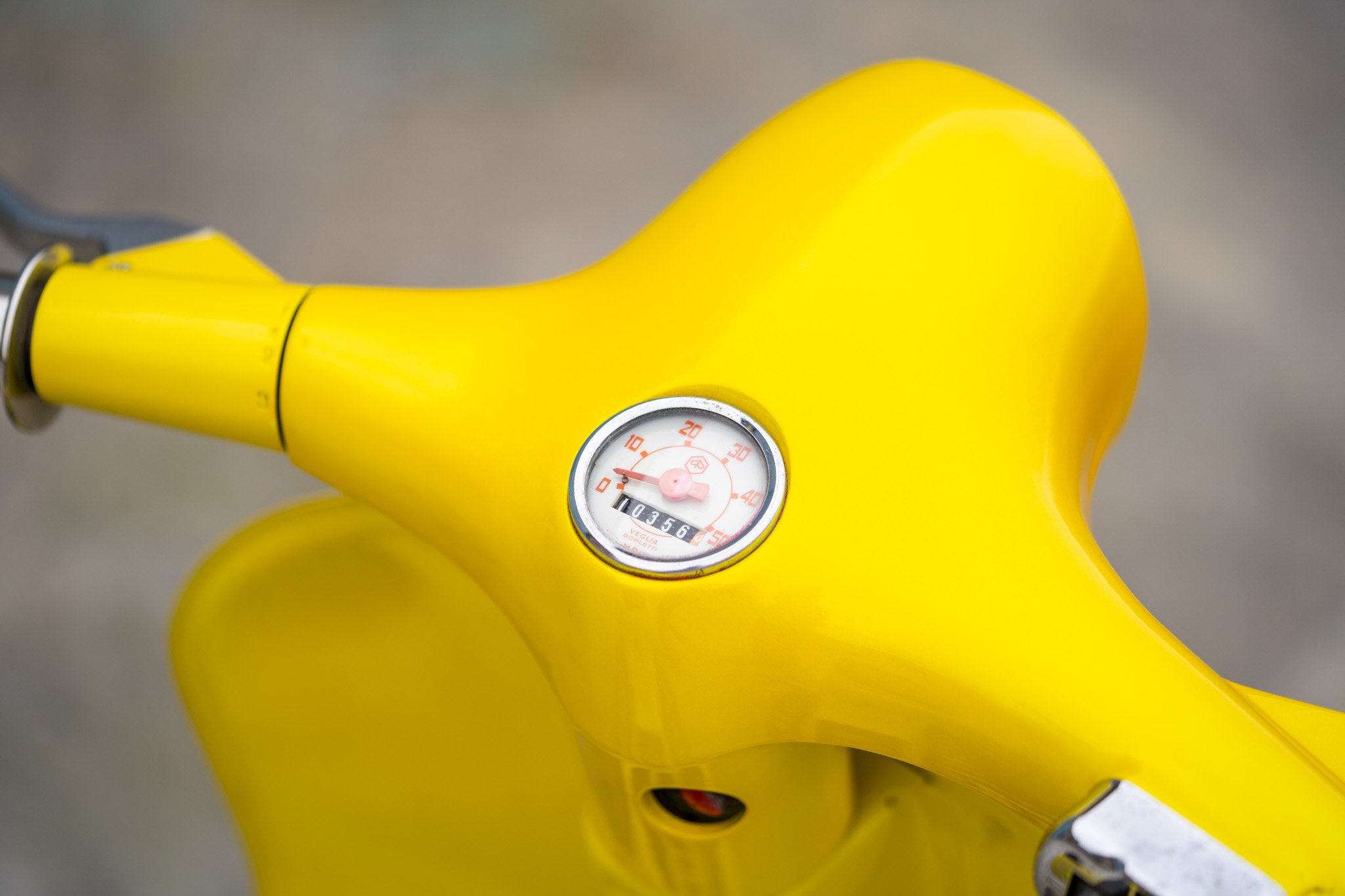
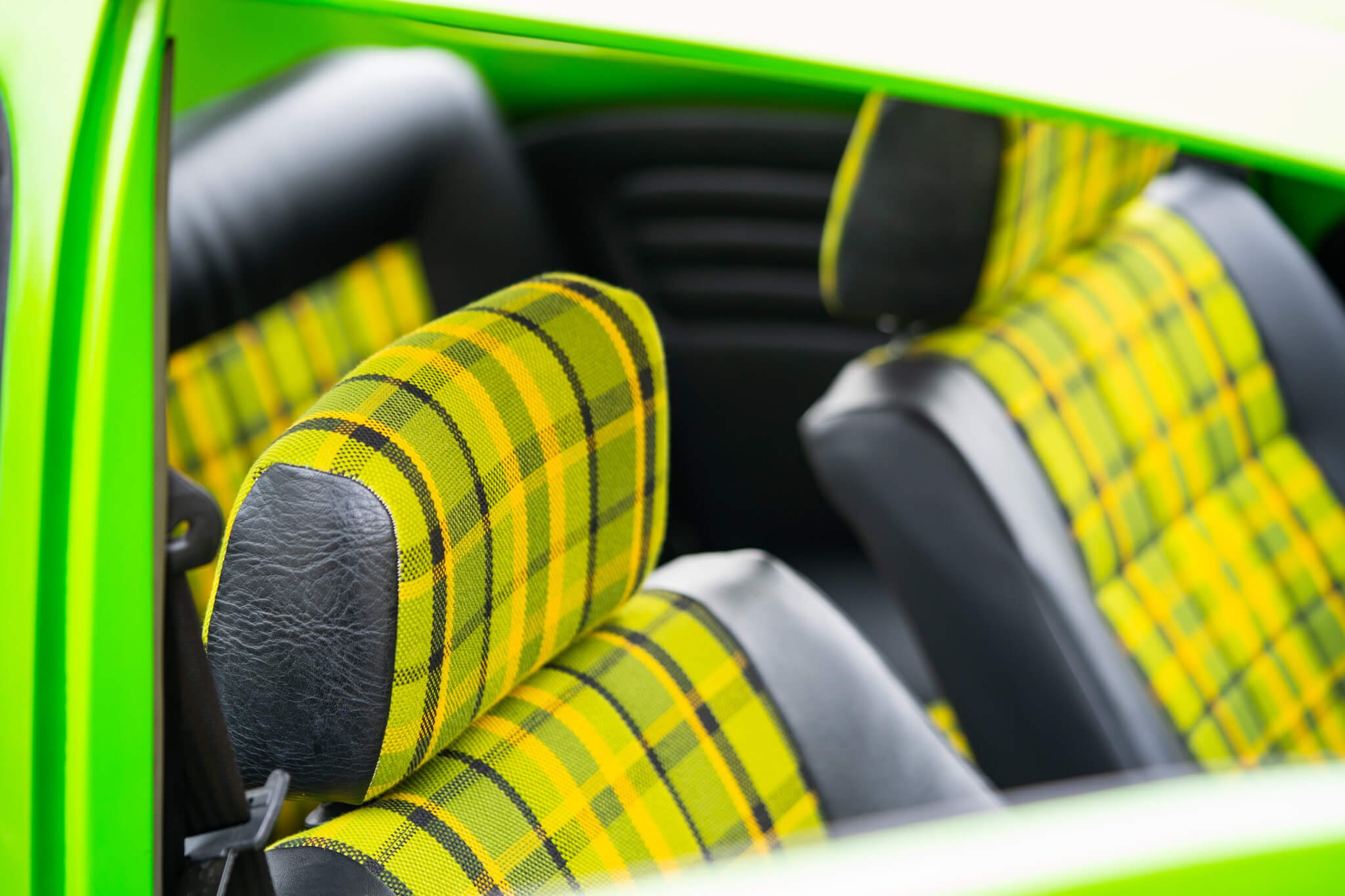
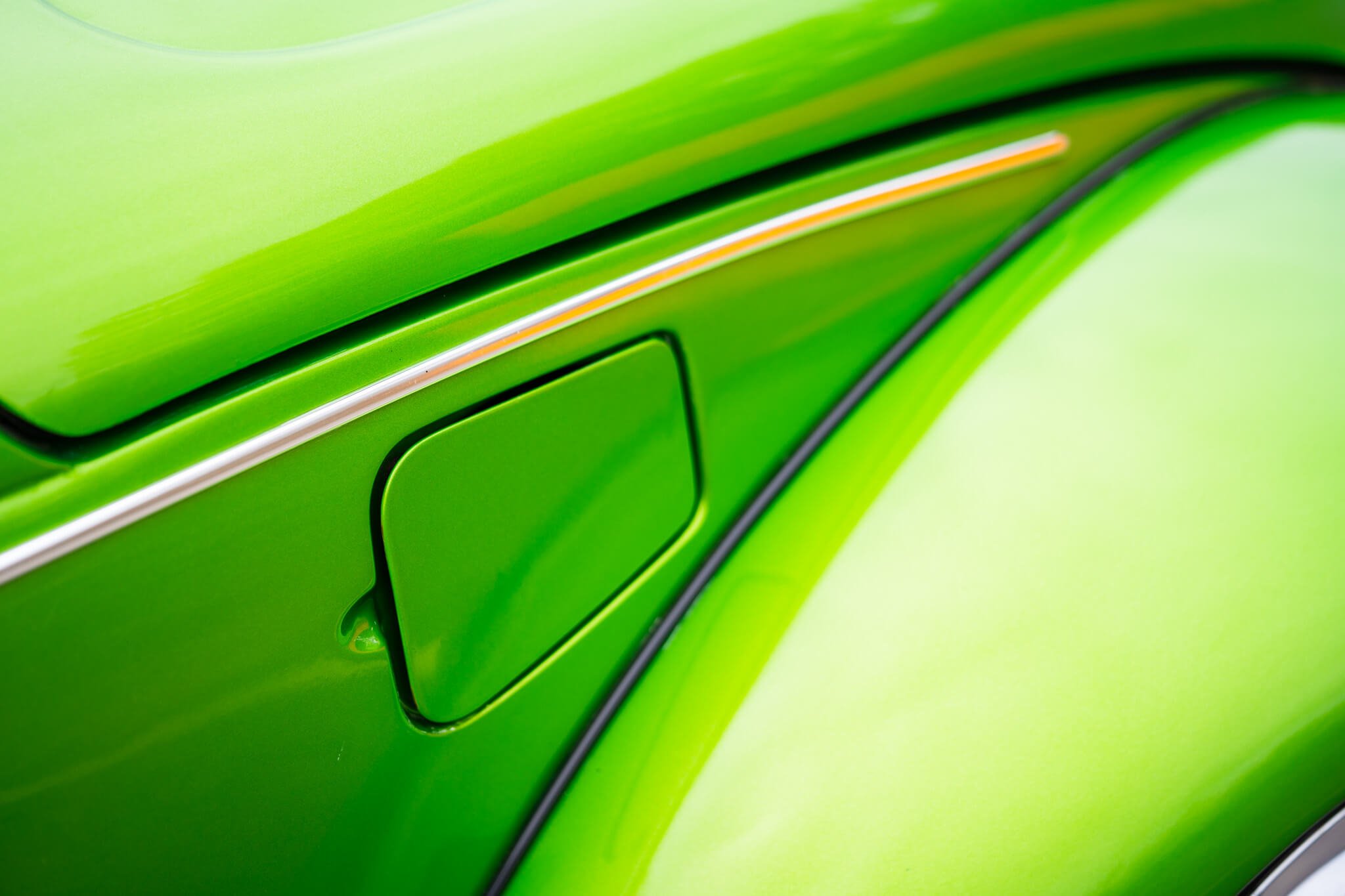
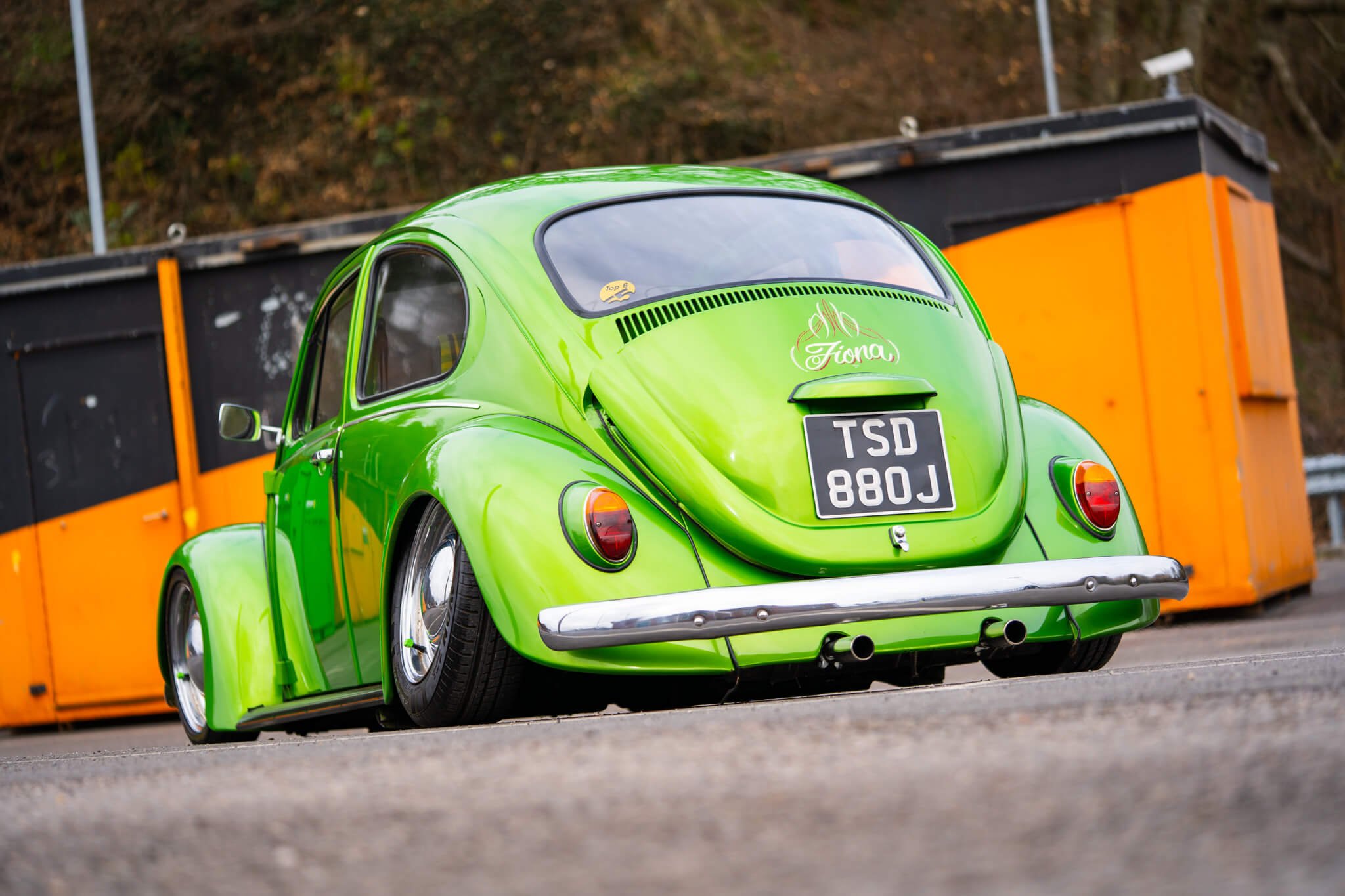
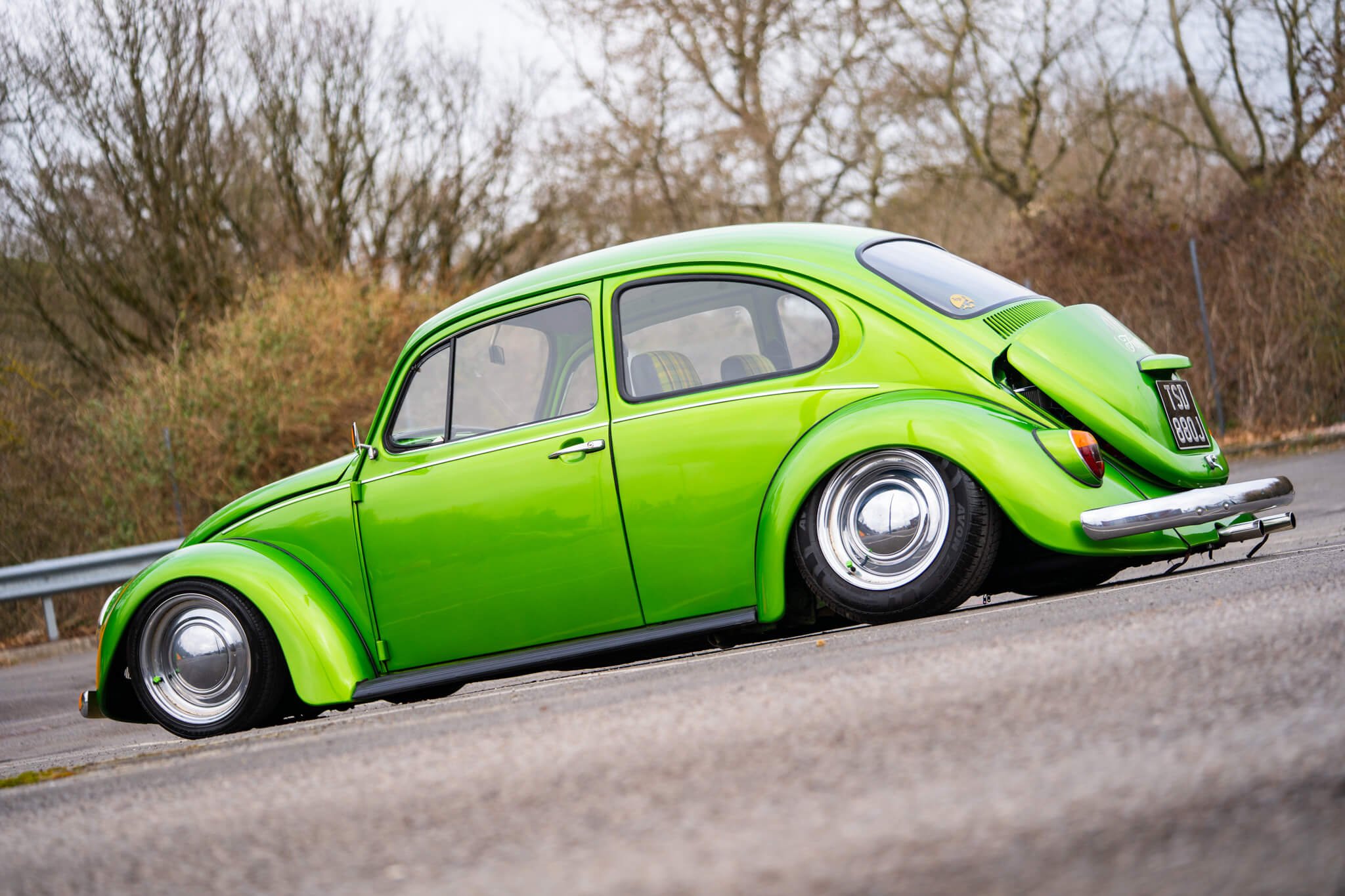
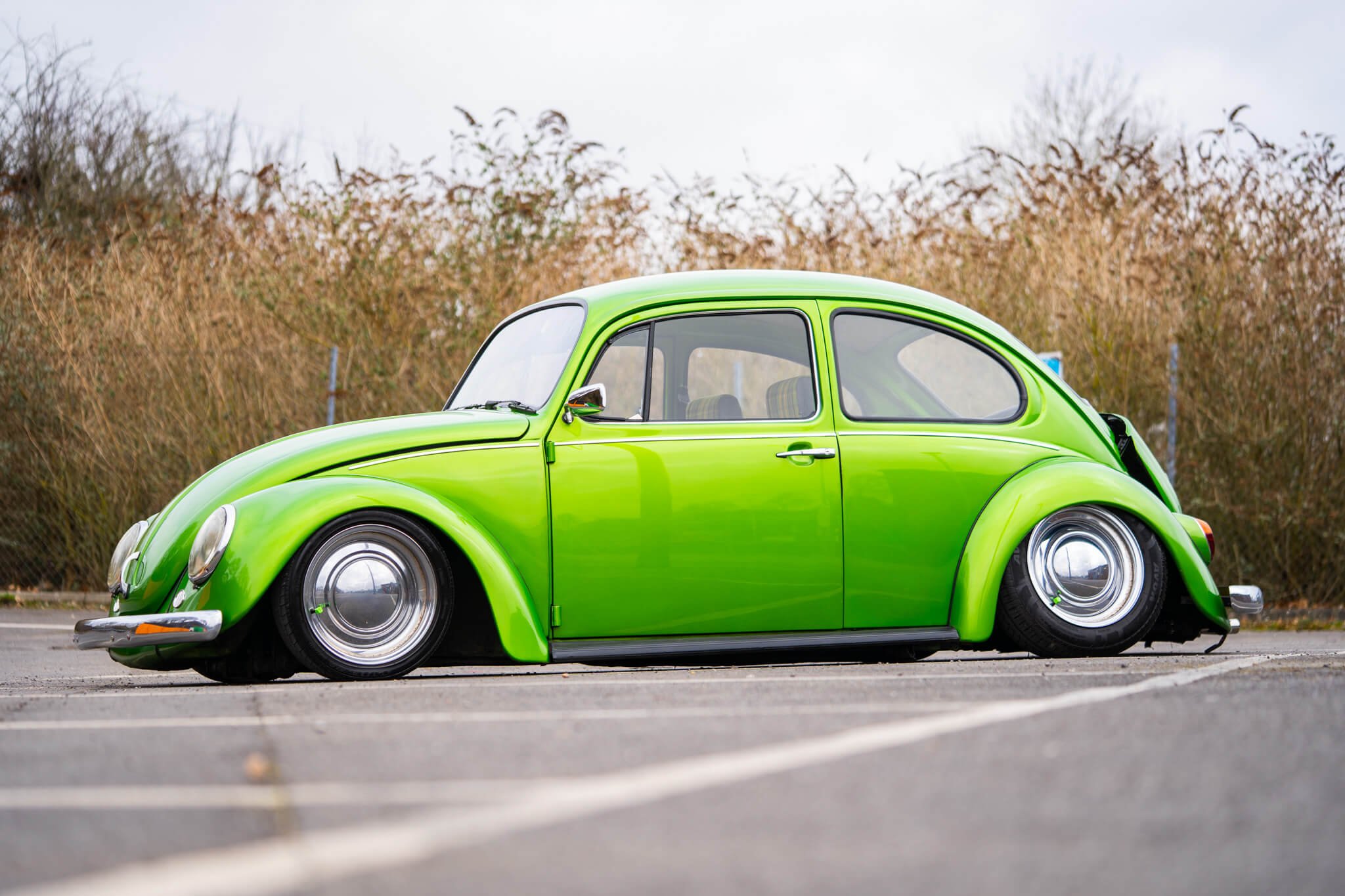

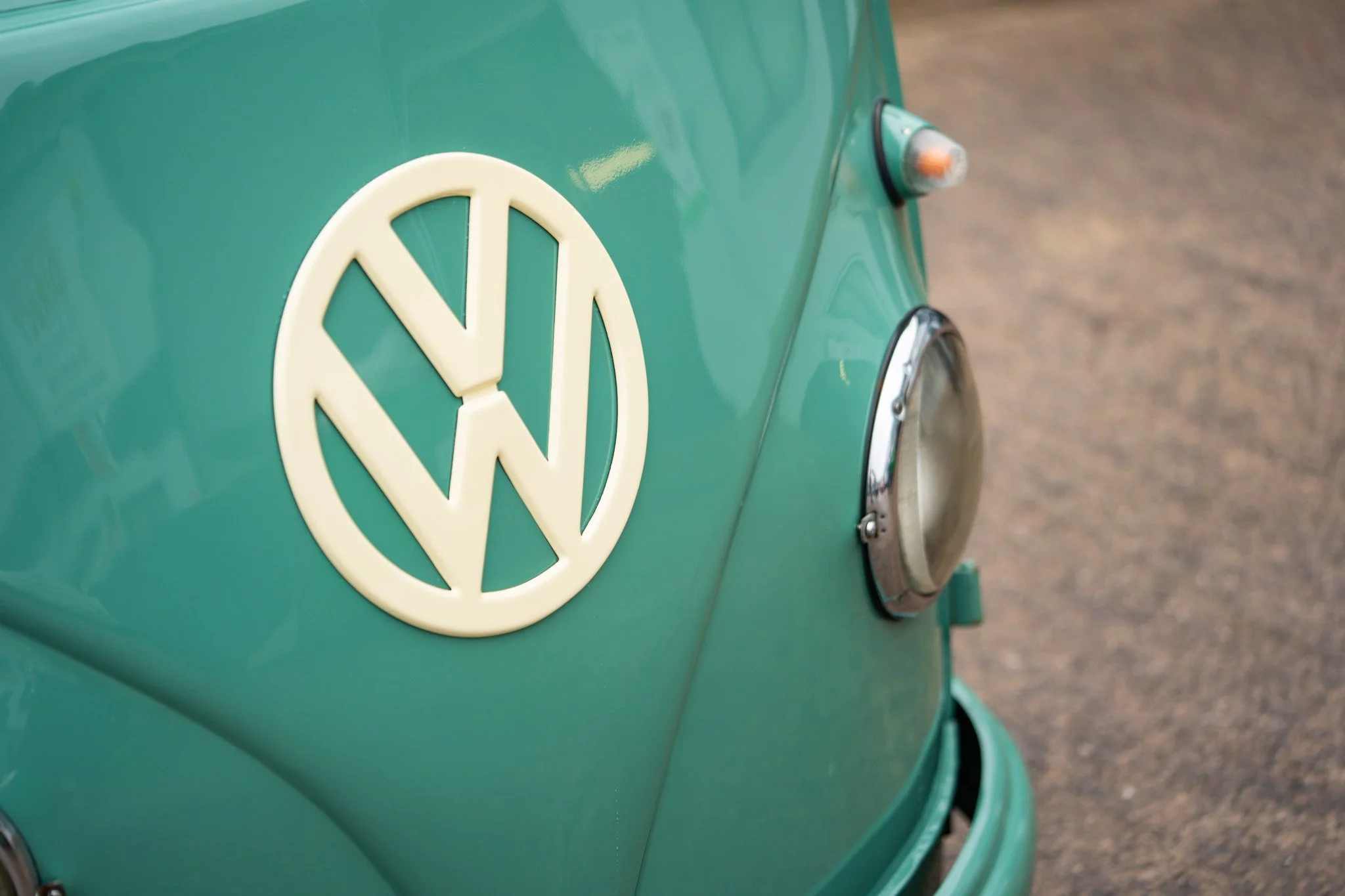
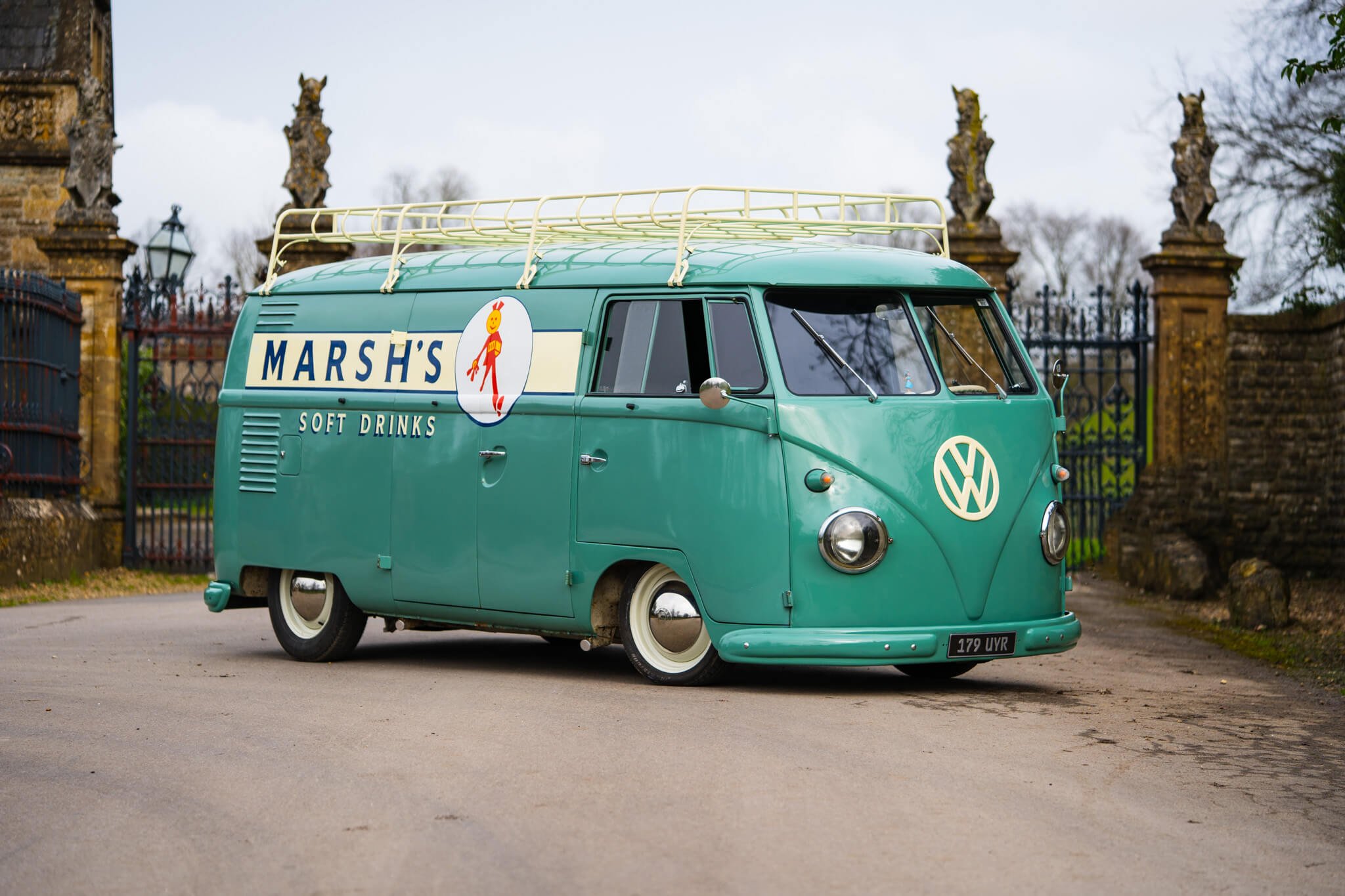

1 - Shoot vehicles you see in the street.
Granted, not all streets are laden with Lamborghinis, Ferraris and Aston Martins. Depending on what you like to shoot, you may have to spend a day or two in a larger city. I started in London, while out shooting street photography I’d often spot a good looking car parked somewhere and would grab the opportunity to capture it as best as I could.
Obviously it is far from ideal as you have no input or decision in terms of where it is parked, what the background looks like and have no option to move the car around for a better shot.
Just don’t let that stop you as it’ll teach you to be resilient and learn to get as good a shot in less than ideal conditions. This can be useful at a later stage trust me.
2 - Ask friends and family to allow you to shoot their own car or motorbike.
Perhaps they don’t own exceptional vehicles but a clean car is always an interesting challenge to shoot and will still help you develop an eye for a good car photo.
3 - Approach local car dealerships
Once you start building a strong car photography portfolio, start approaching car dealerships. Be friendly and polite and show them your work. It may be necessary to do that for free for a little bit. There is nothing wrong with doing free work for a short period as long as it serves the purpose to learn and develop.
Having said that, free work isn’t helping anyone in the long term so don’t make too much of a habit of it.
4 - Approach car brands and manufacturers
Say you’ve by now built a good collection of Mercedes car images. It is now time to approach Mercedes and develop a relationship. How you do that is up to you, but I generally contact PR or marketing at said company.
So for now, these are simple steps I would recommend anyone should work towards to become a professional automotive / car photographer.
In my case, aside from what I mentioned above, I also bought myself a classic car (1964 Citroen 2CV) back in 2015 and that helped me build my portfolio as well.
It all led to being hired in late 2022 by a local company operating nationally who needed an in-house car and motorcycle photographer. This has been so far a really excellent way to shoot a ton of vehicles, the best part of it is I found the job on Indeed, hard to believe… I know.
Have a good look into my automotive photography gallery to see the shots I achieve and the vehicles, car, campervans, scooters and motorcycles I get to shoot.
Great fun I have to say!
Good luck with your own photography, I hope this was somewhat helpful but feel free to drop me a line if I can perhaps help.
Until next time.
Nico
RECOMMENDED VIDEO:
SHERBORNE (DORSET) AERIAL DRONE VIDEO
RECOMMENDED GALLERY:
RECOMMENDED READS:
HIRE A CAA-REGISTERED DRONE PILOT BASED IN DORSET AND LONDON


